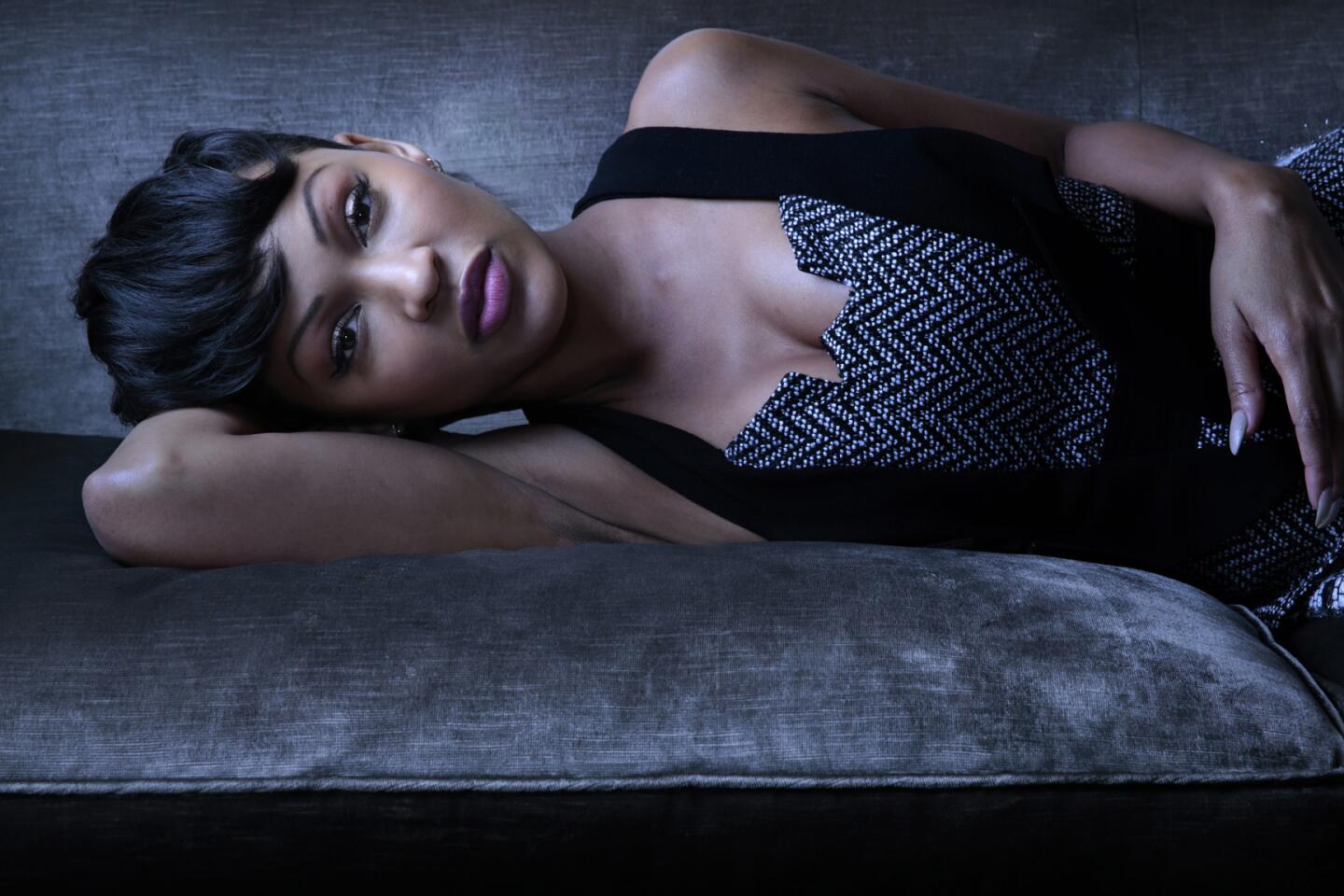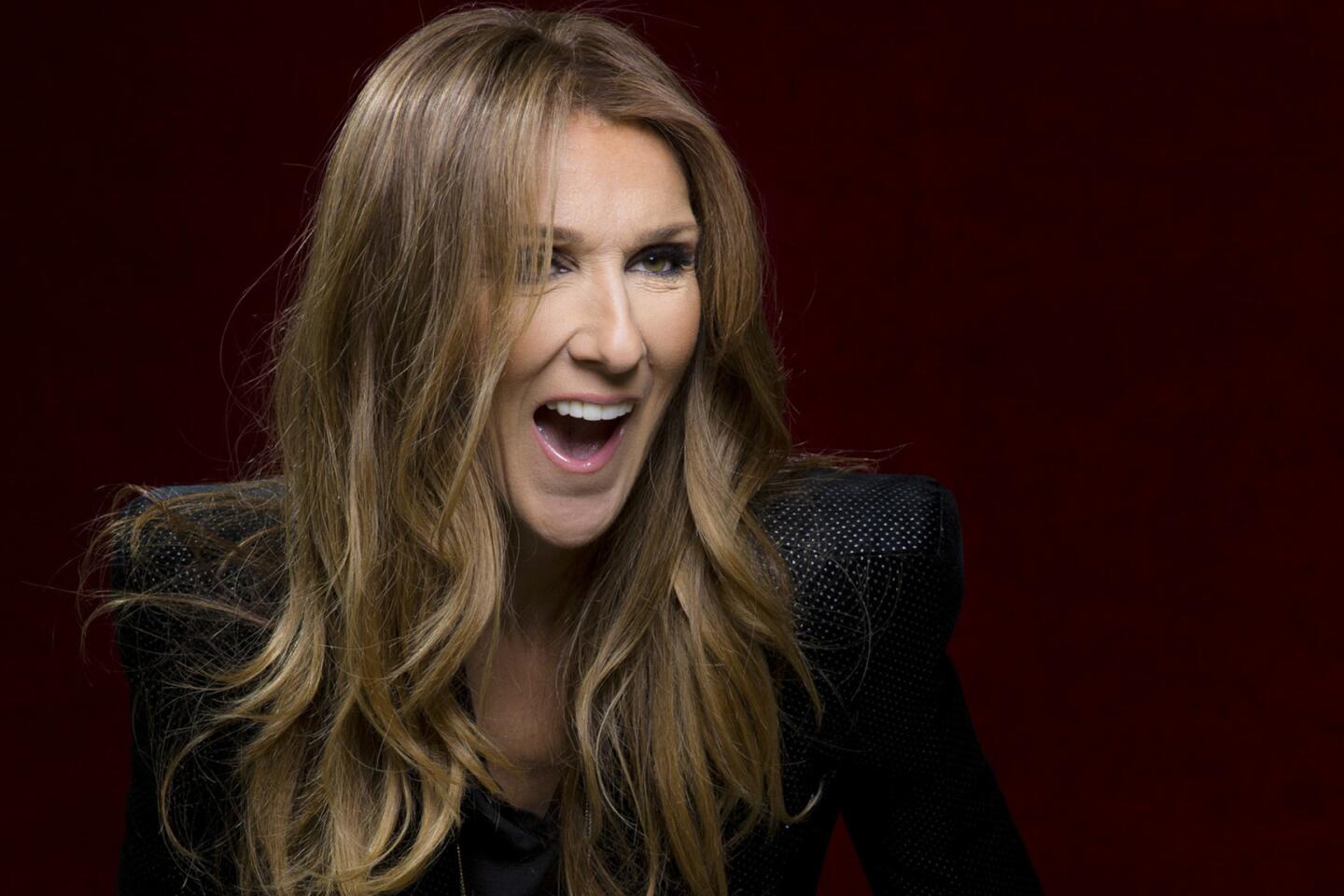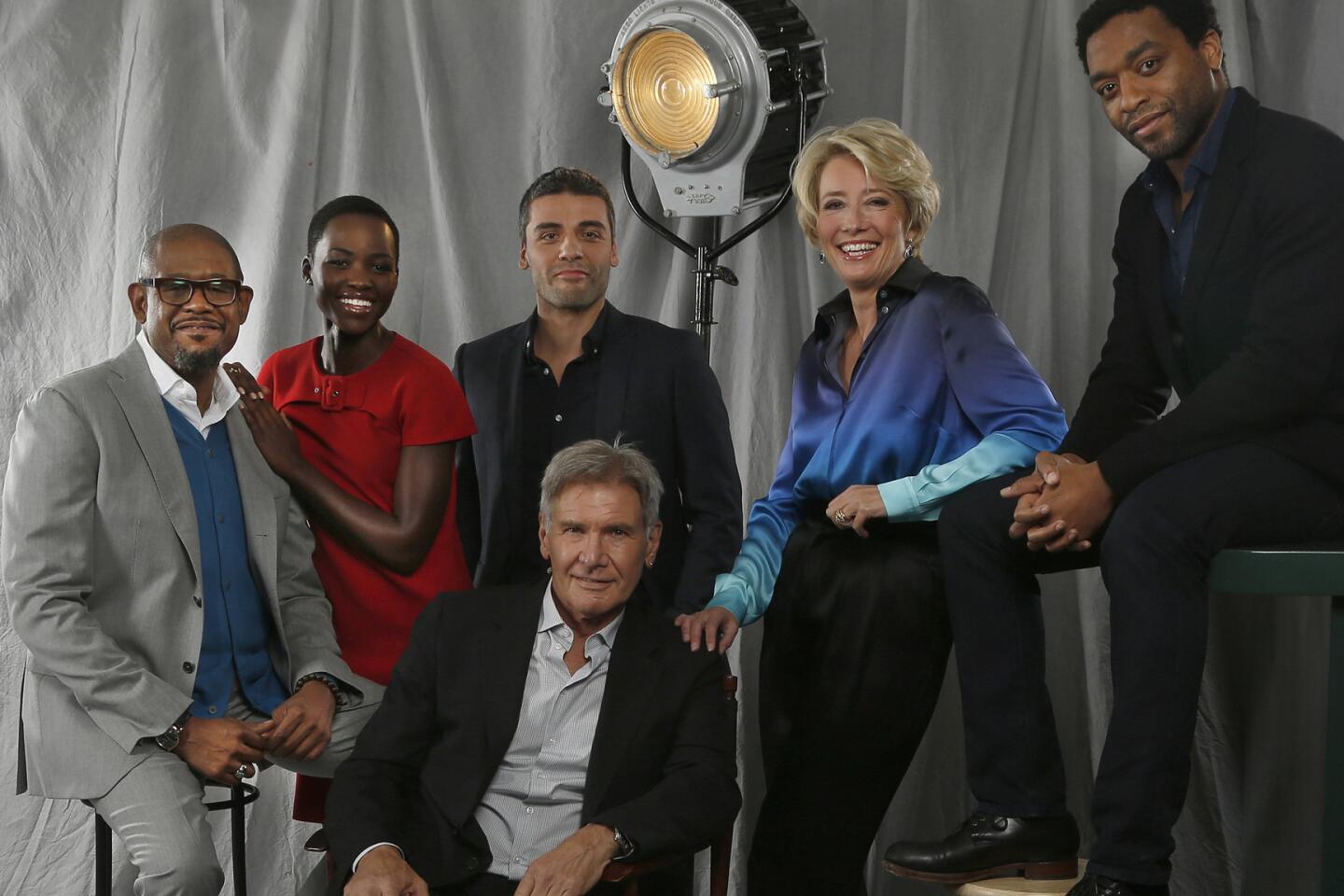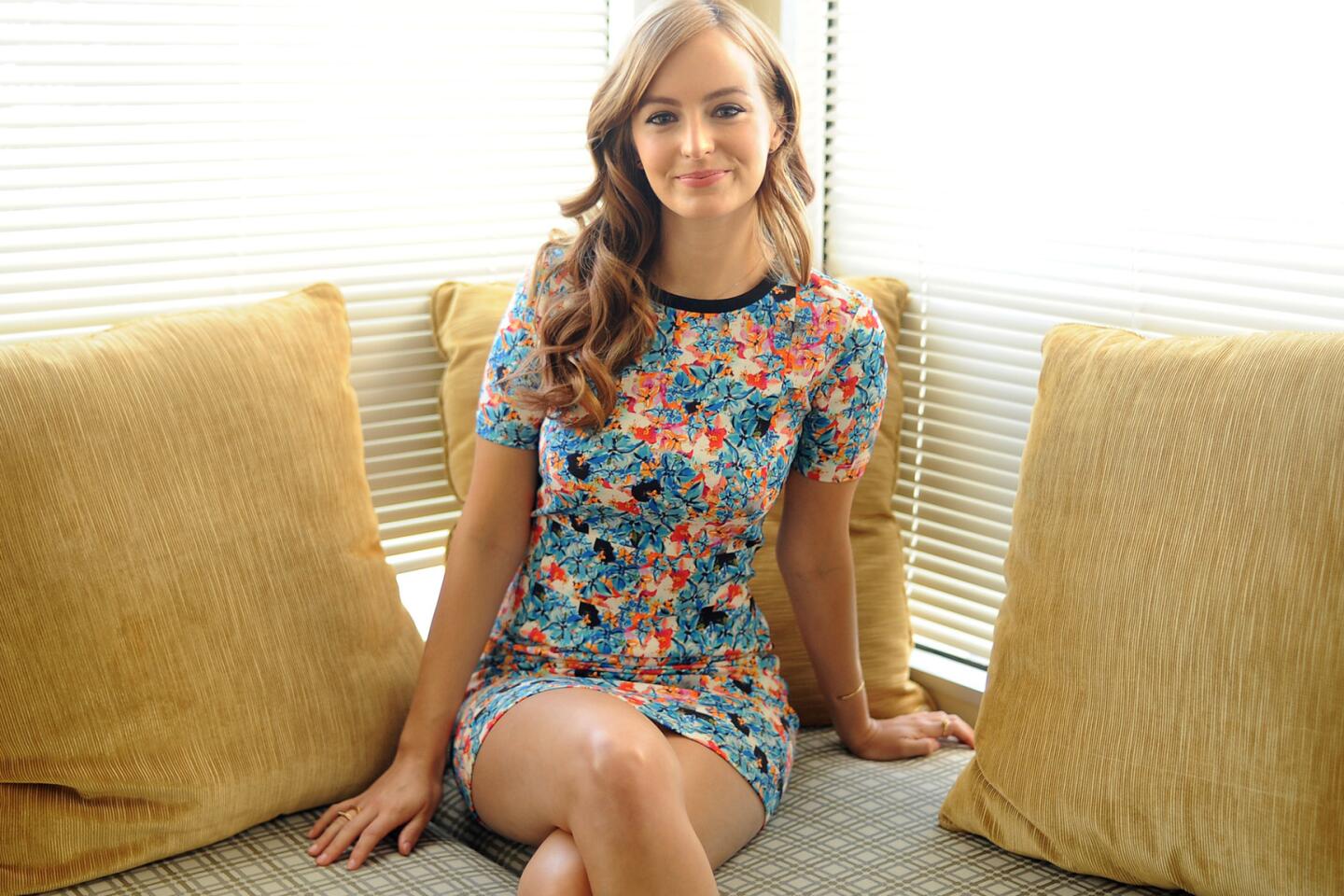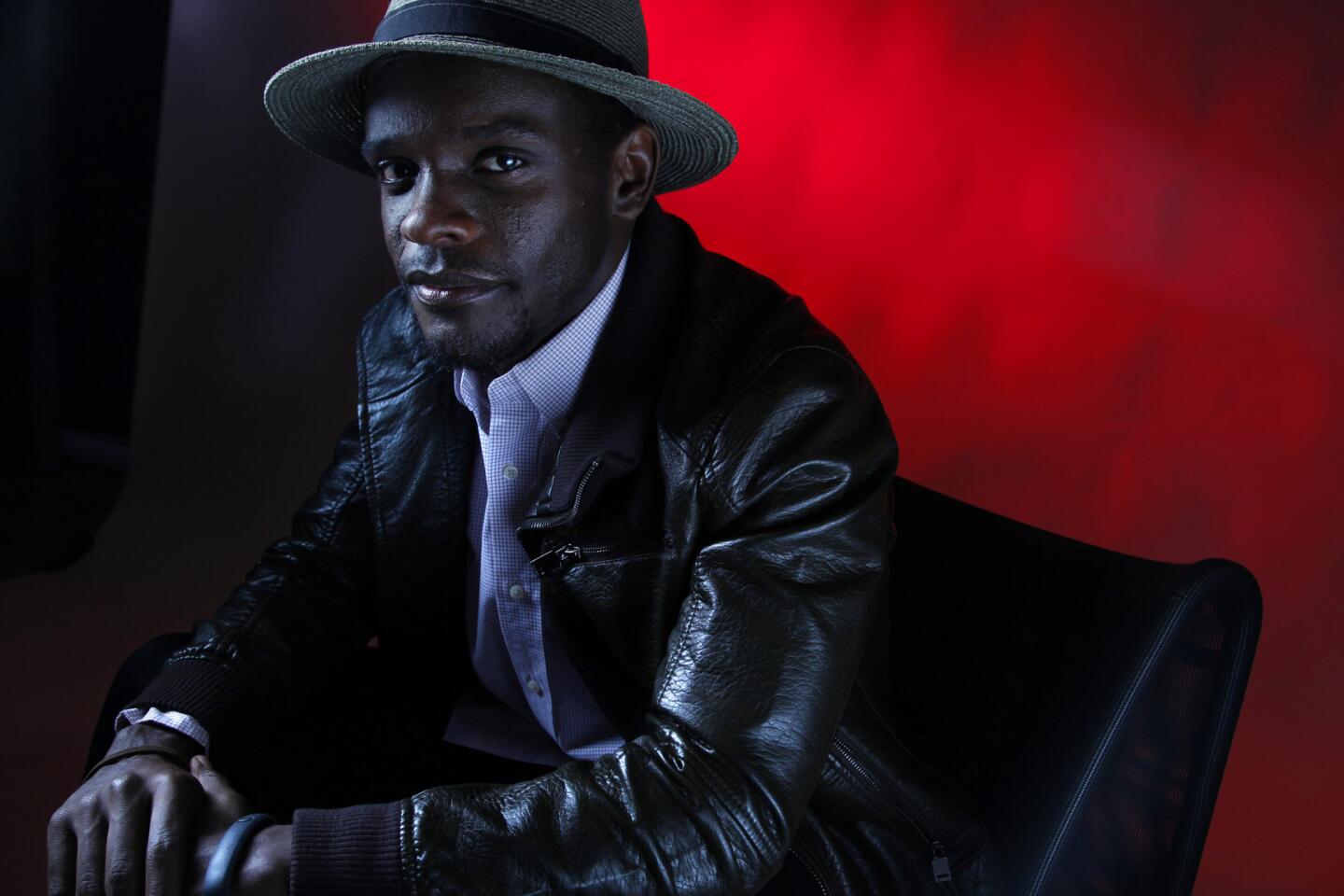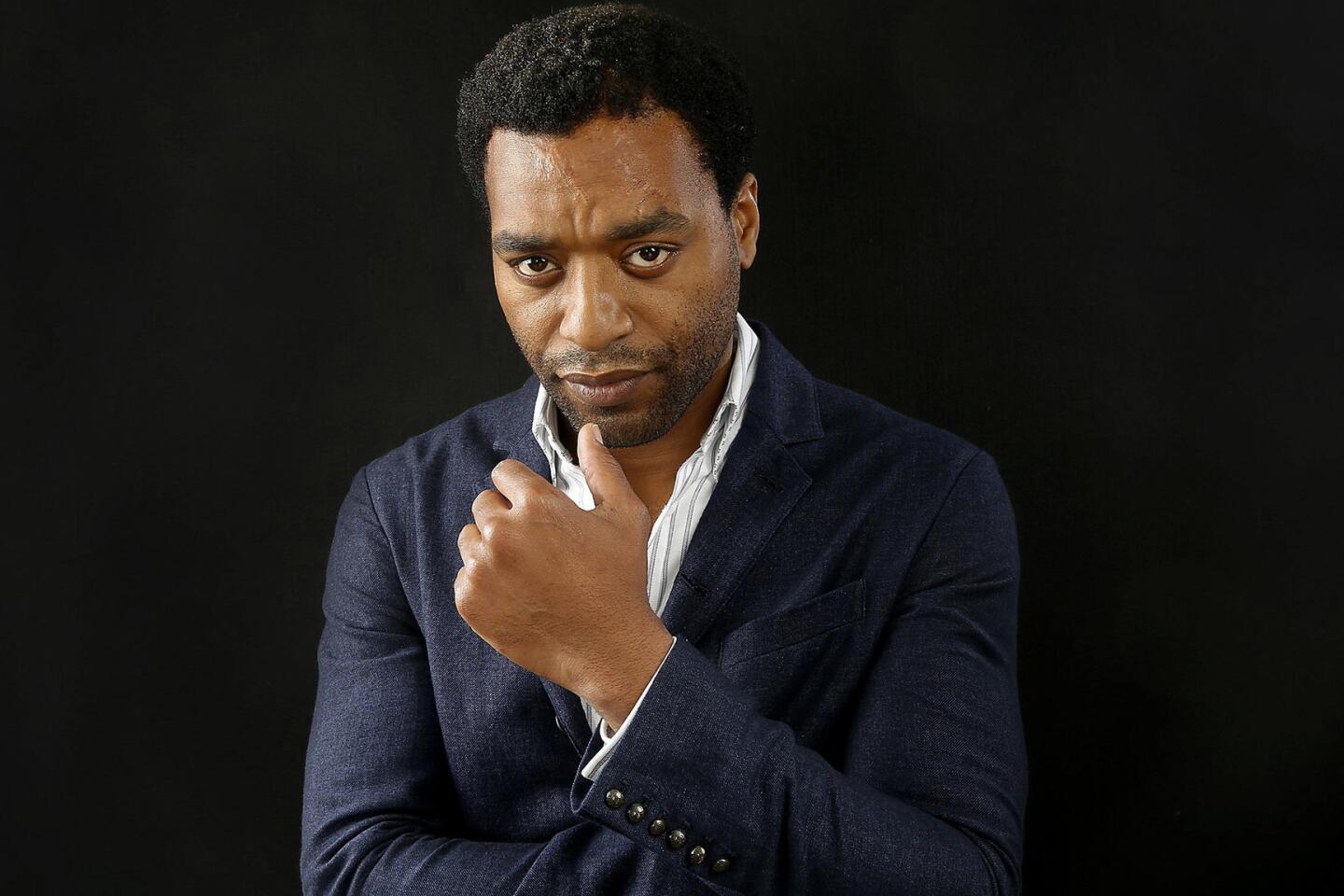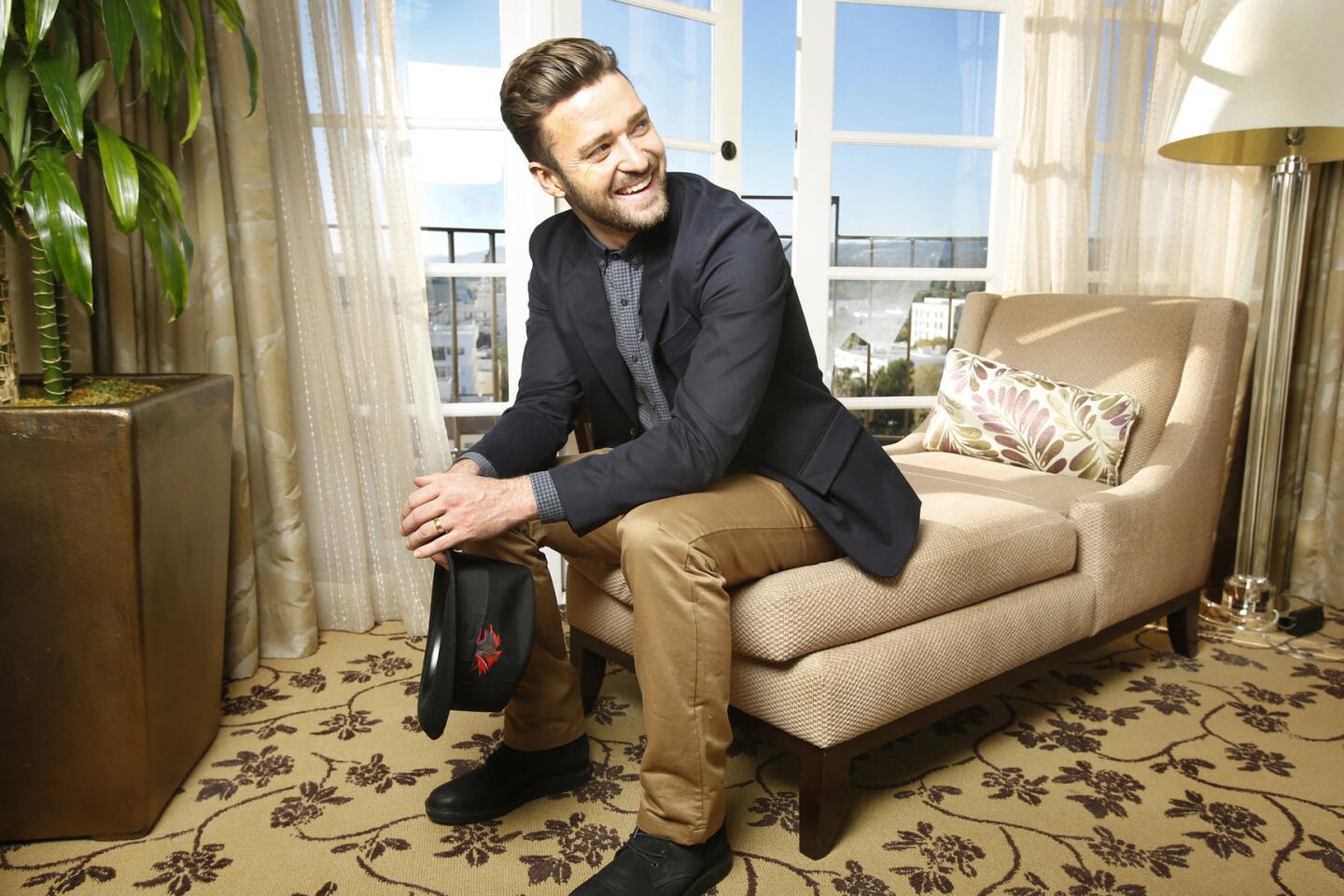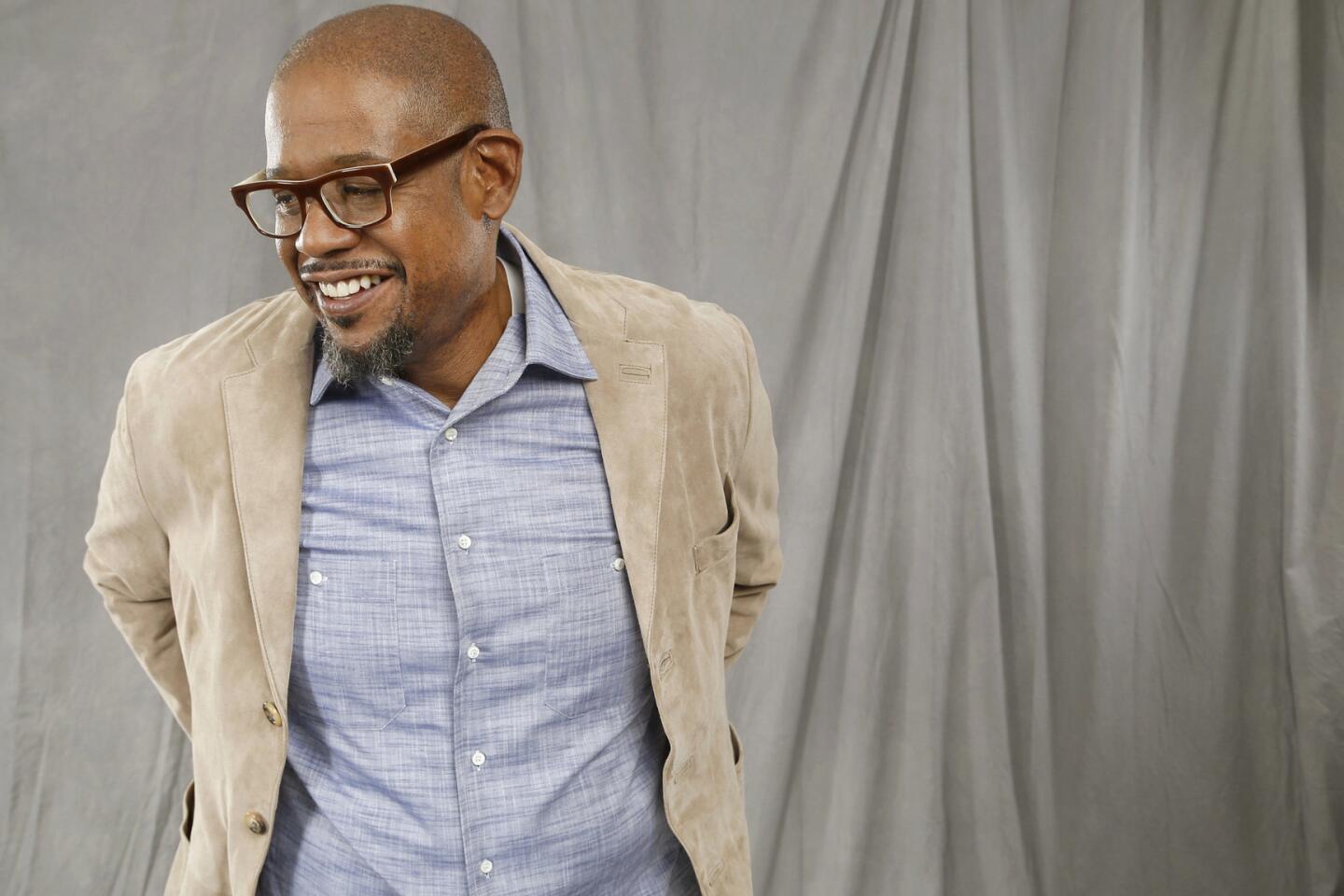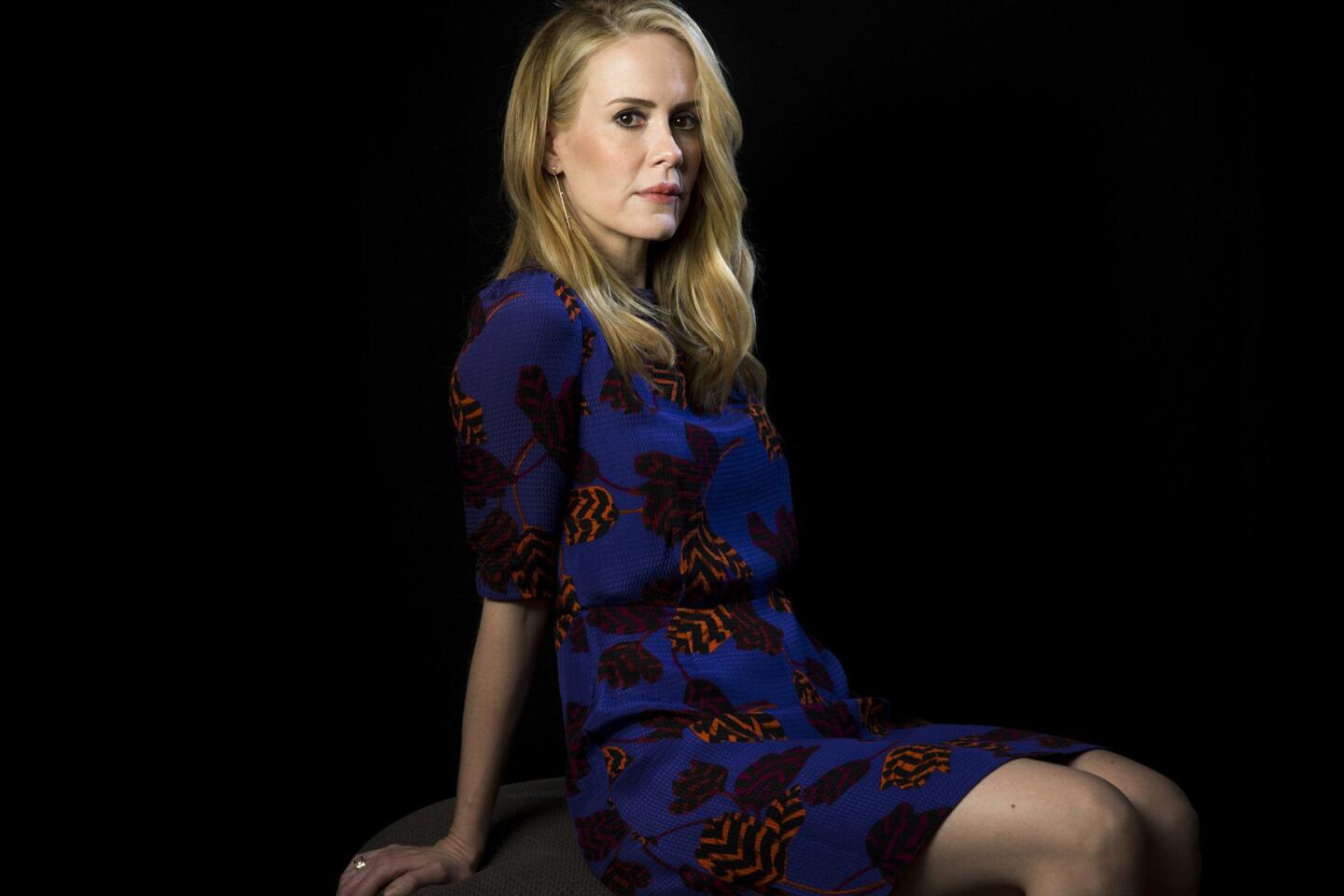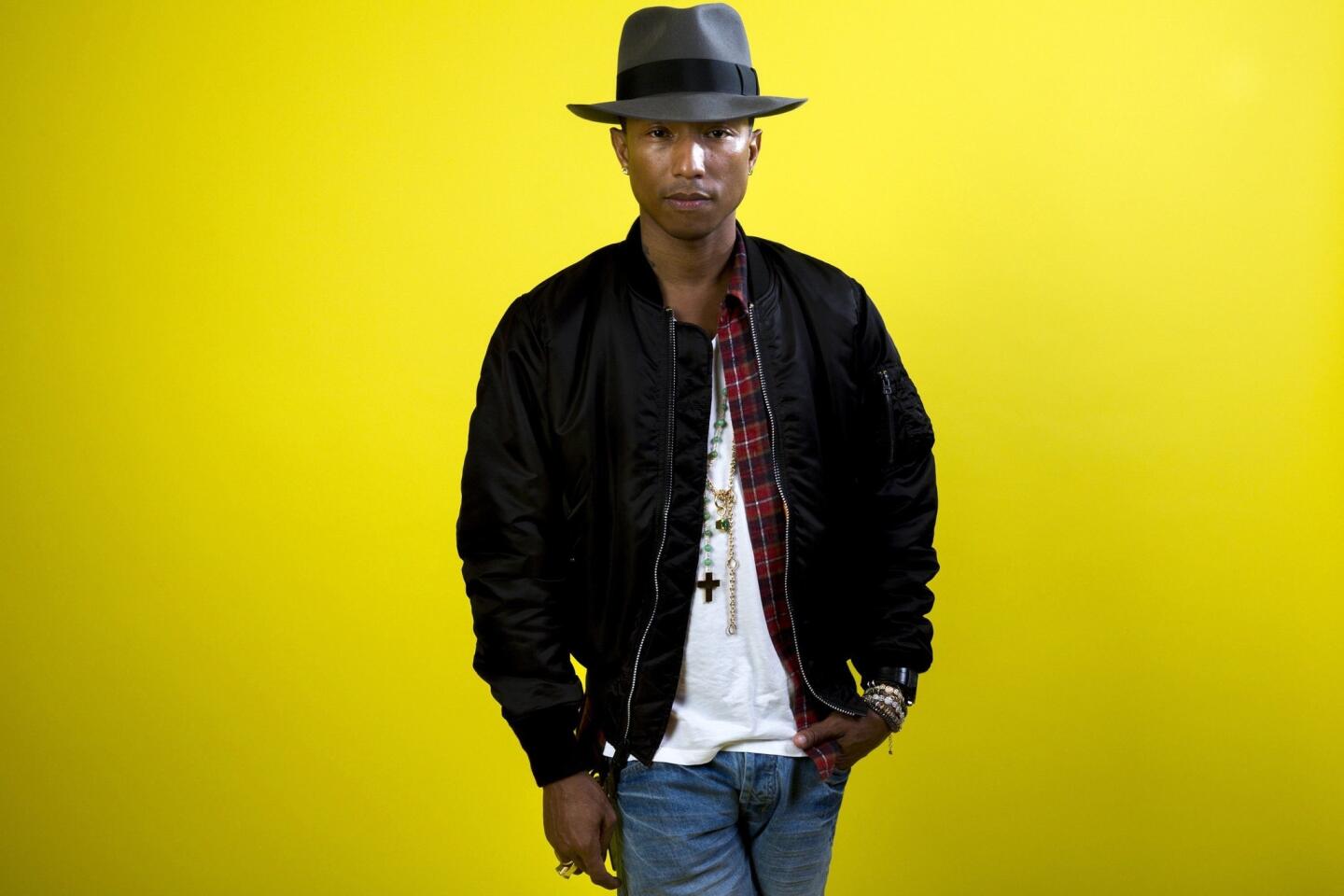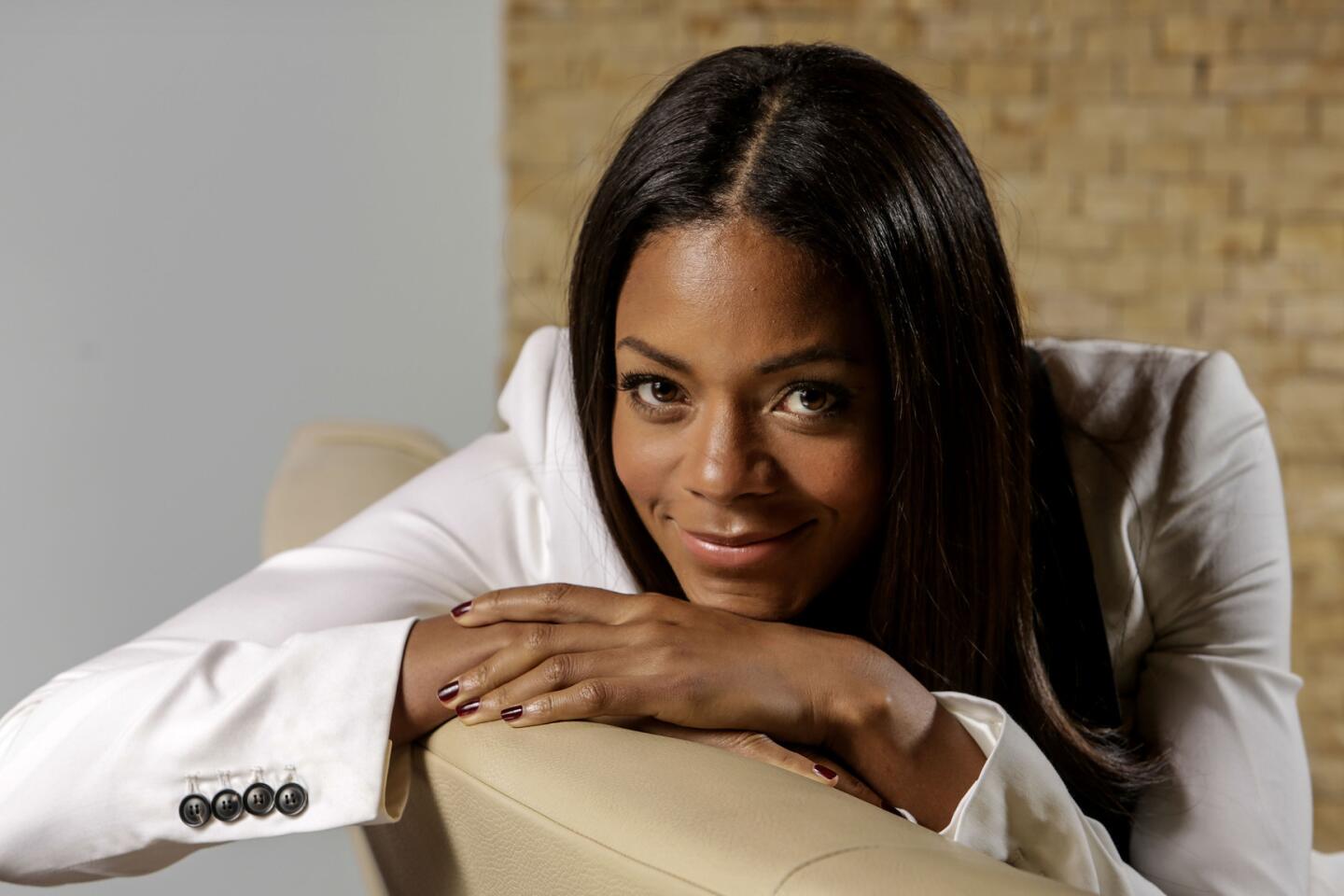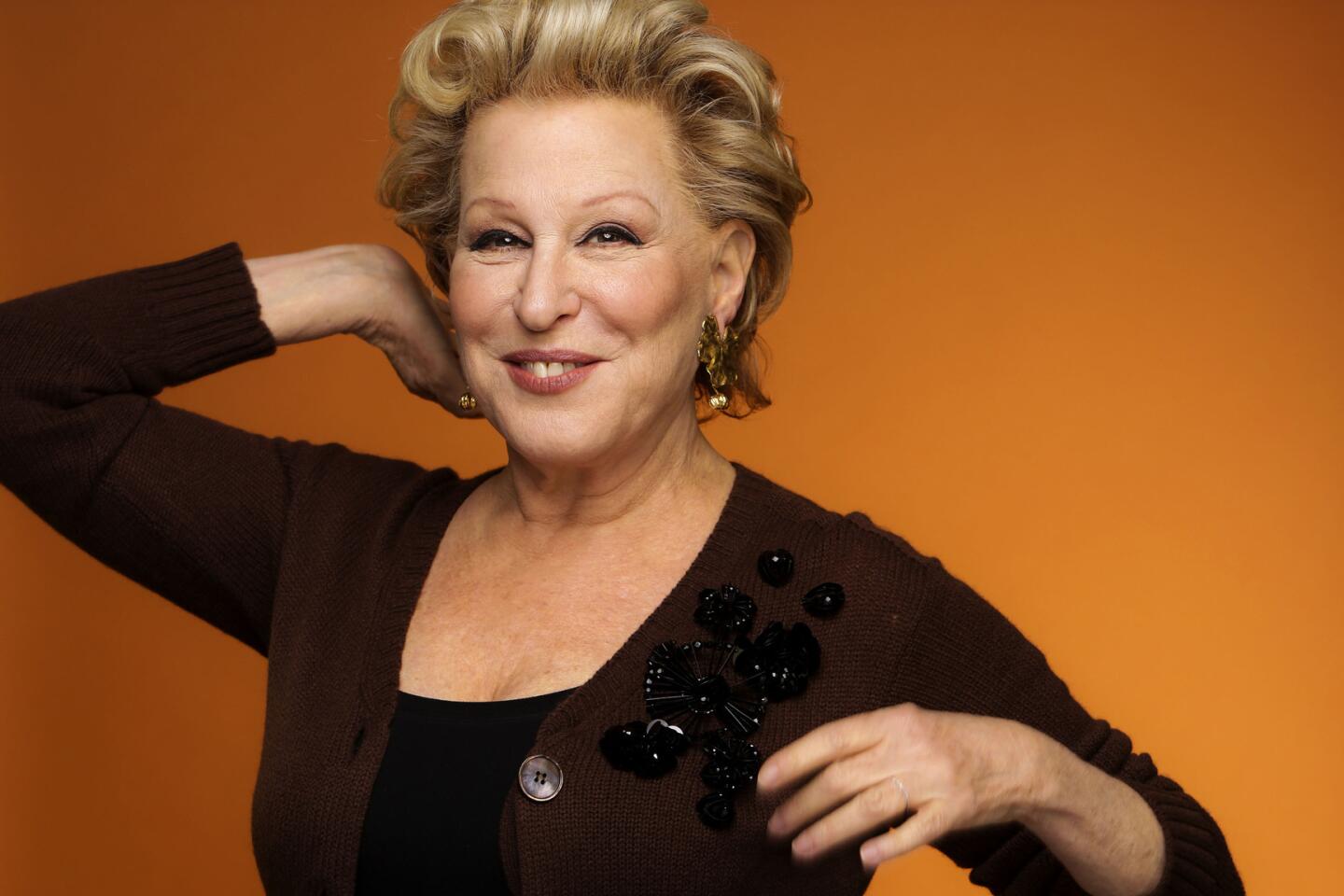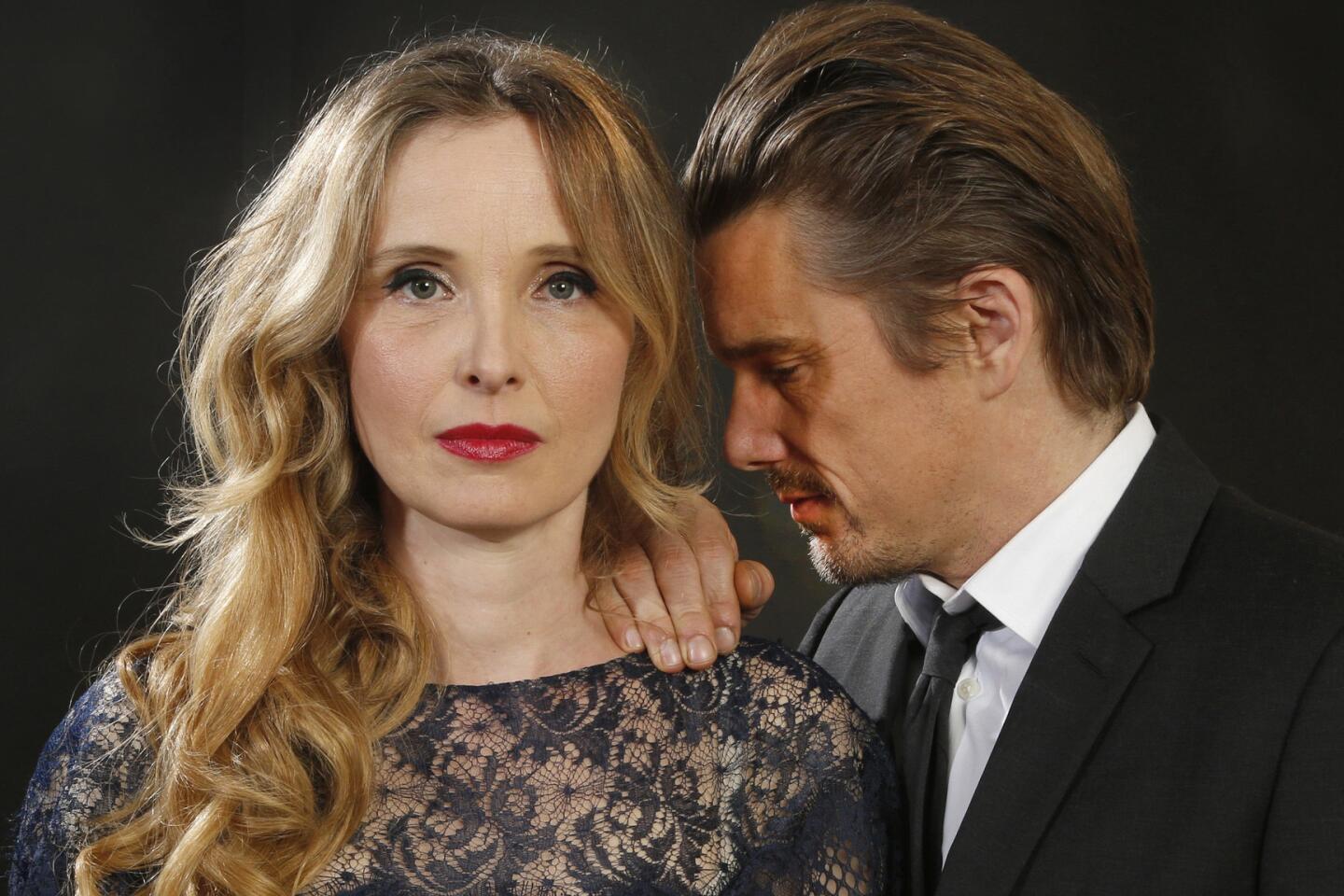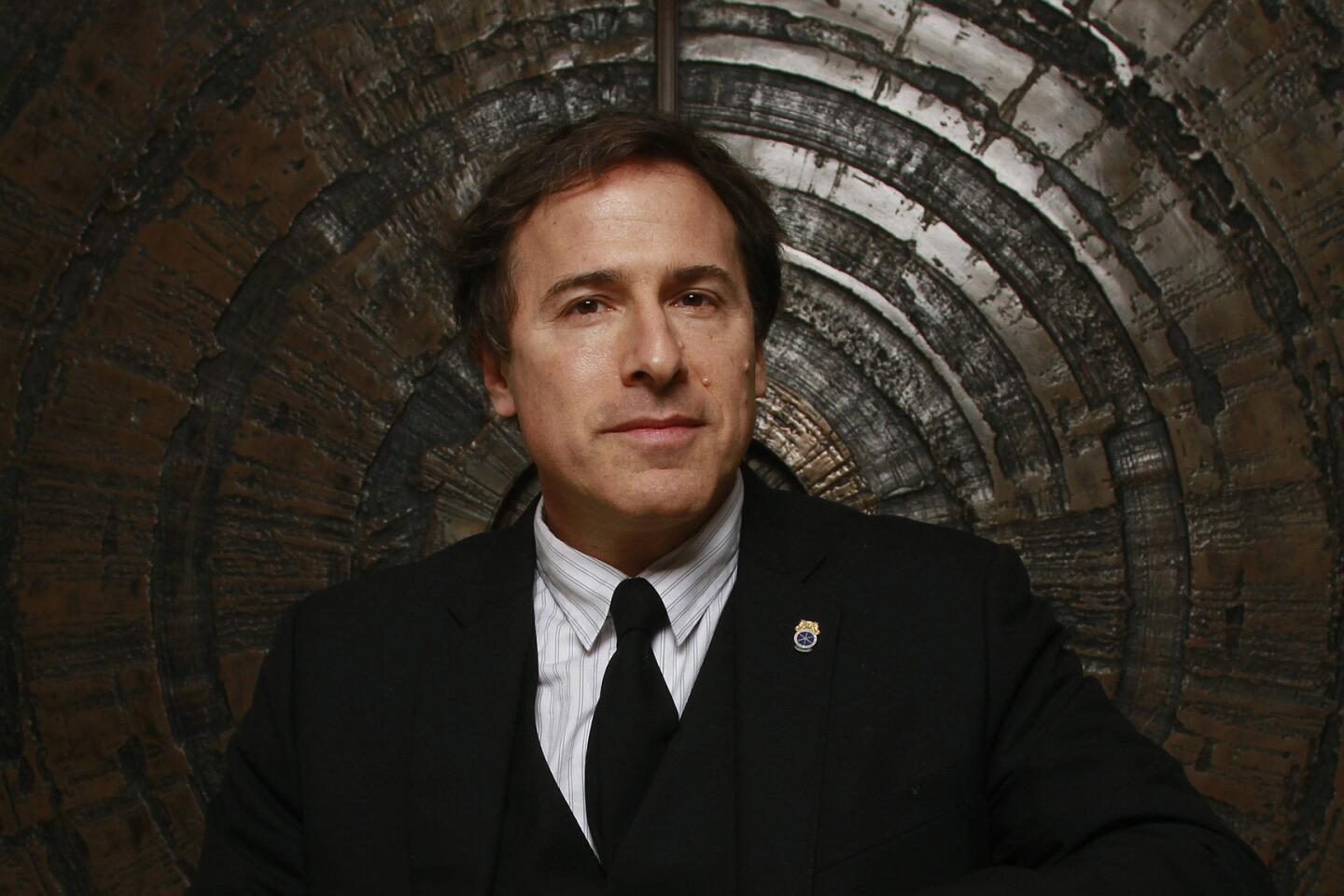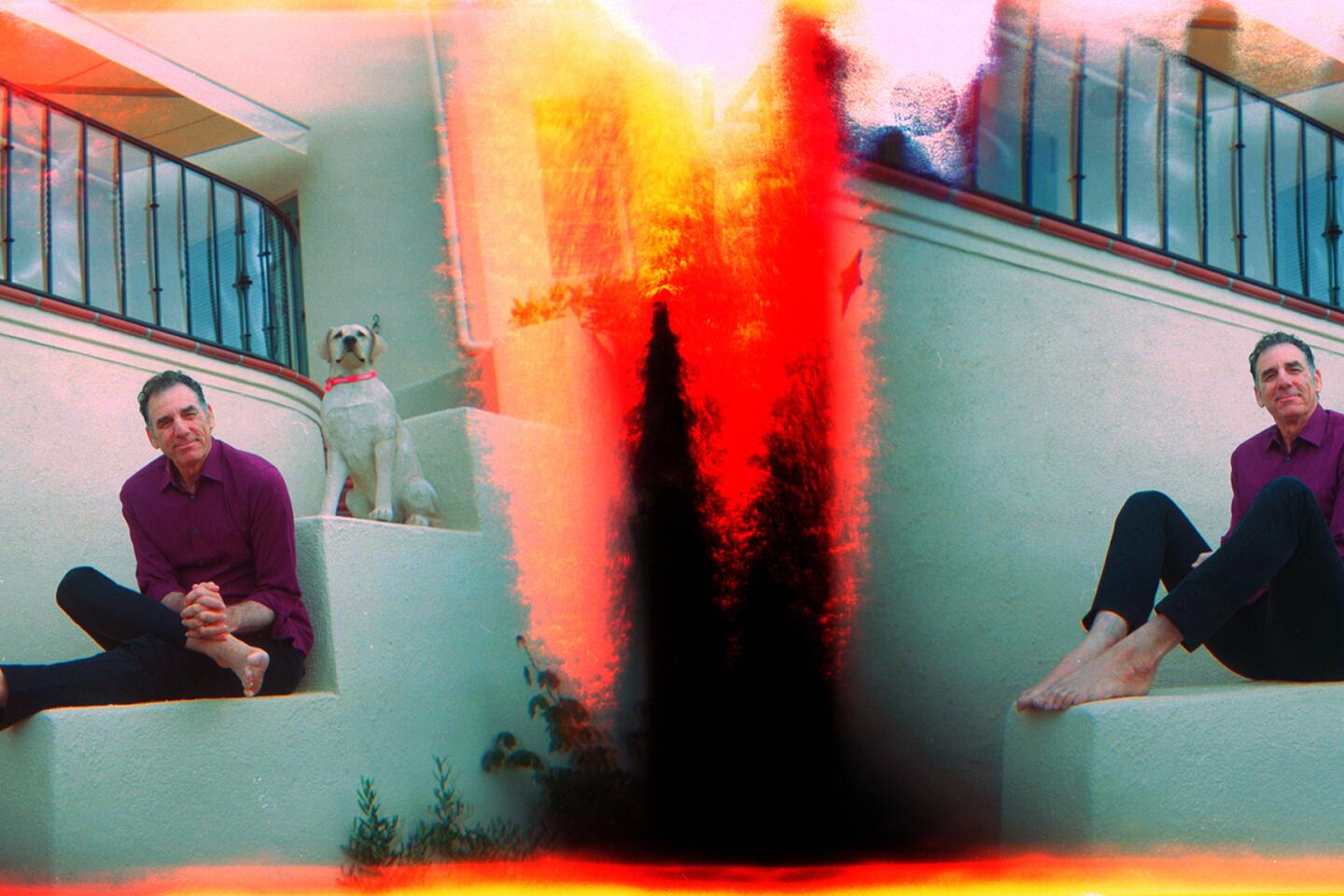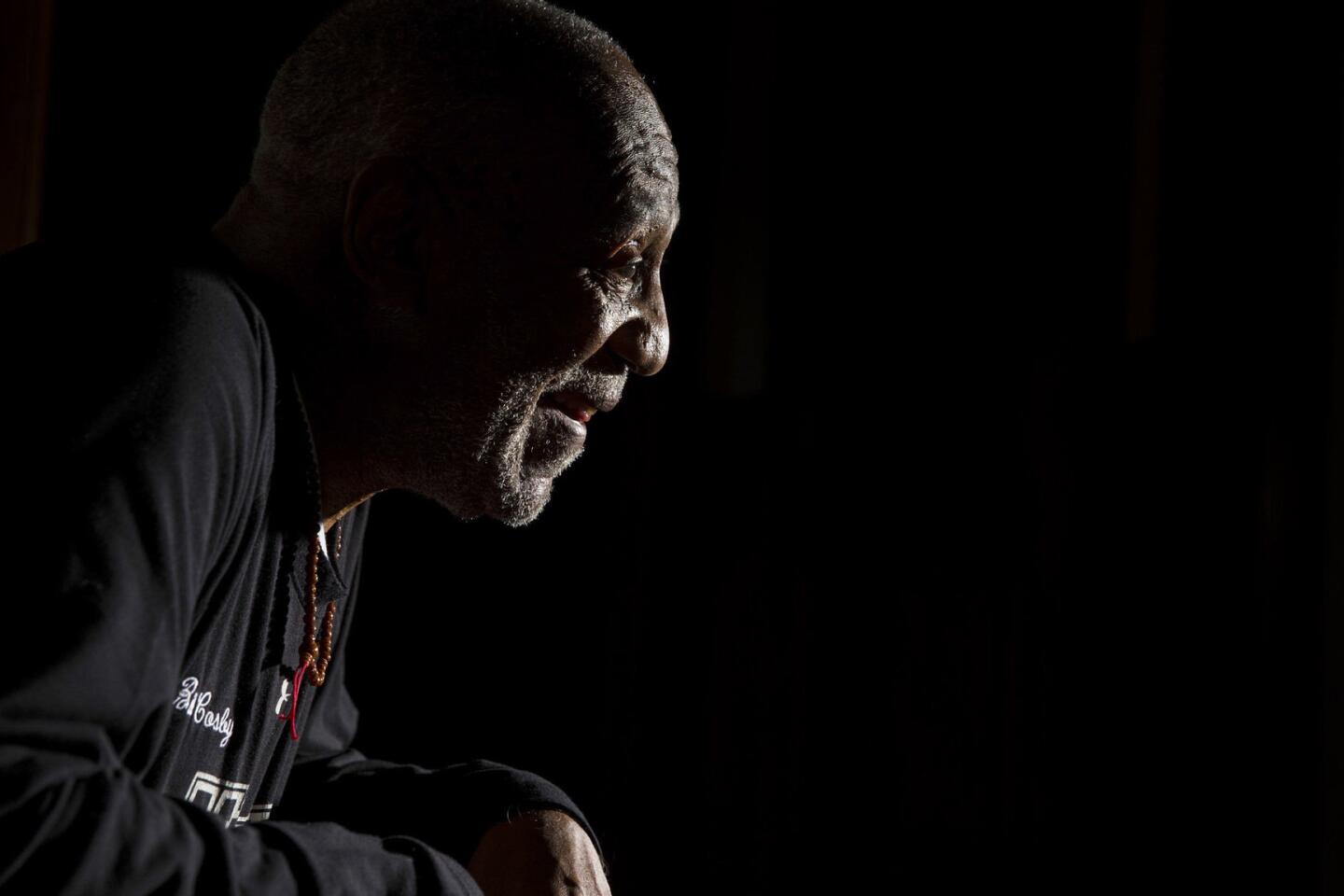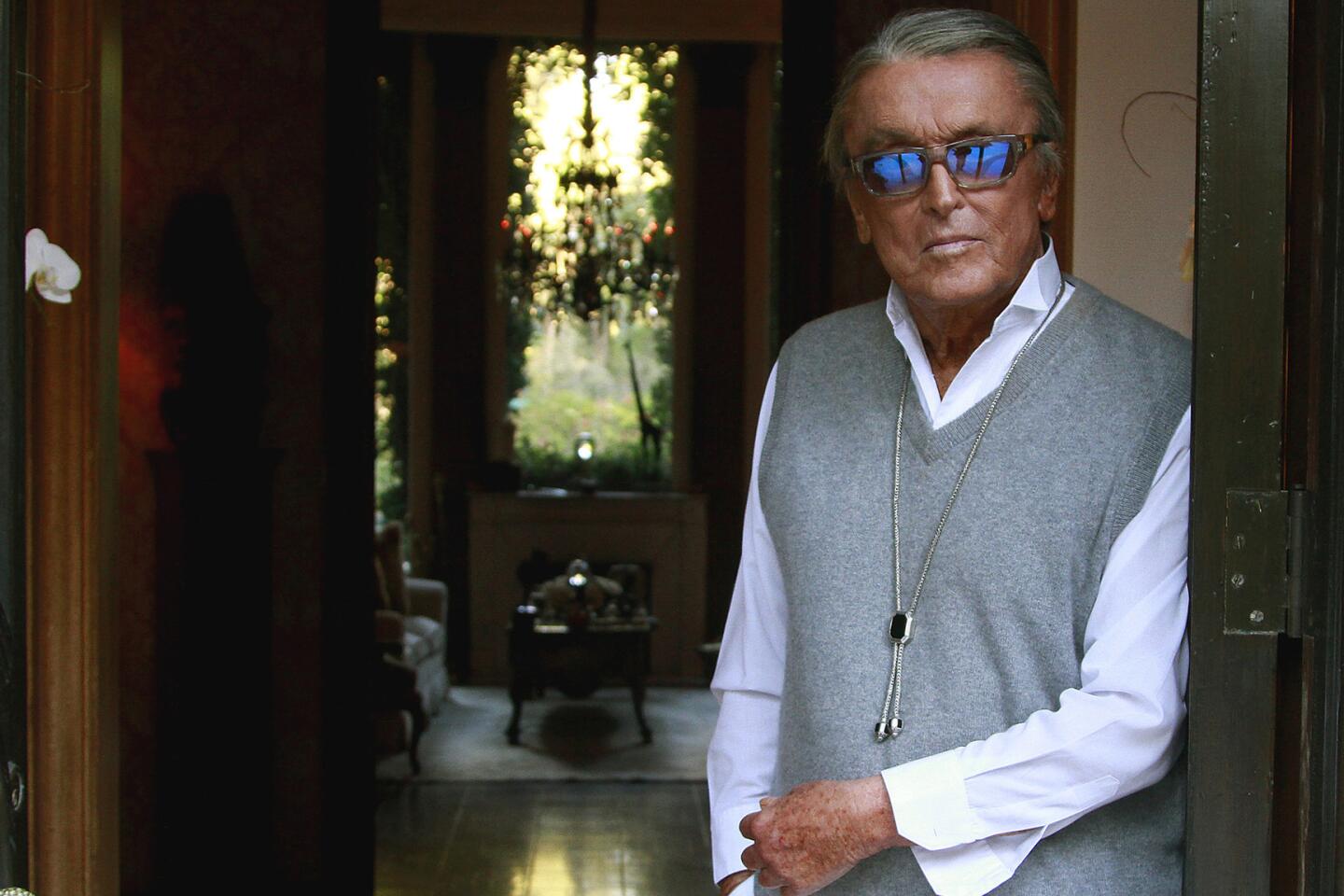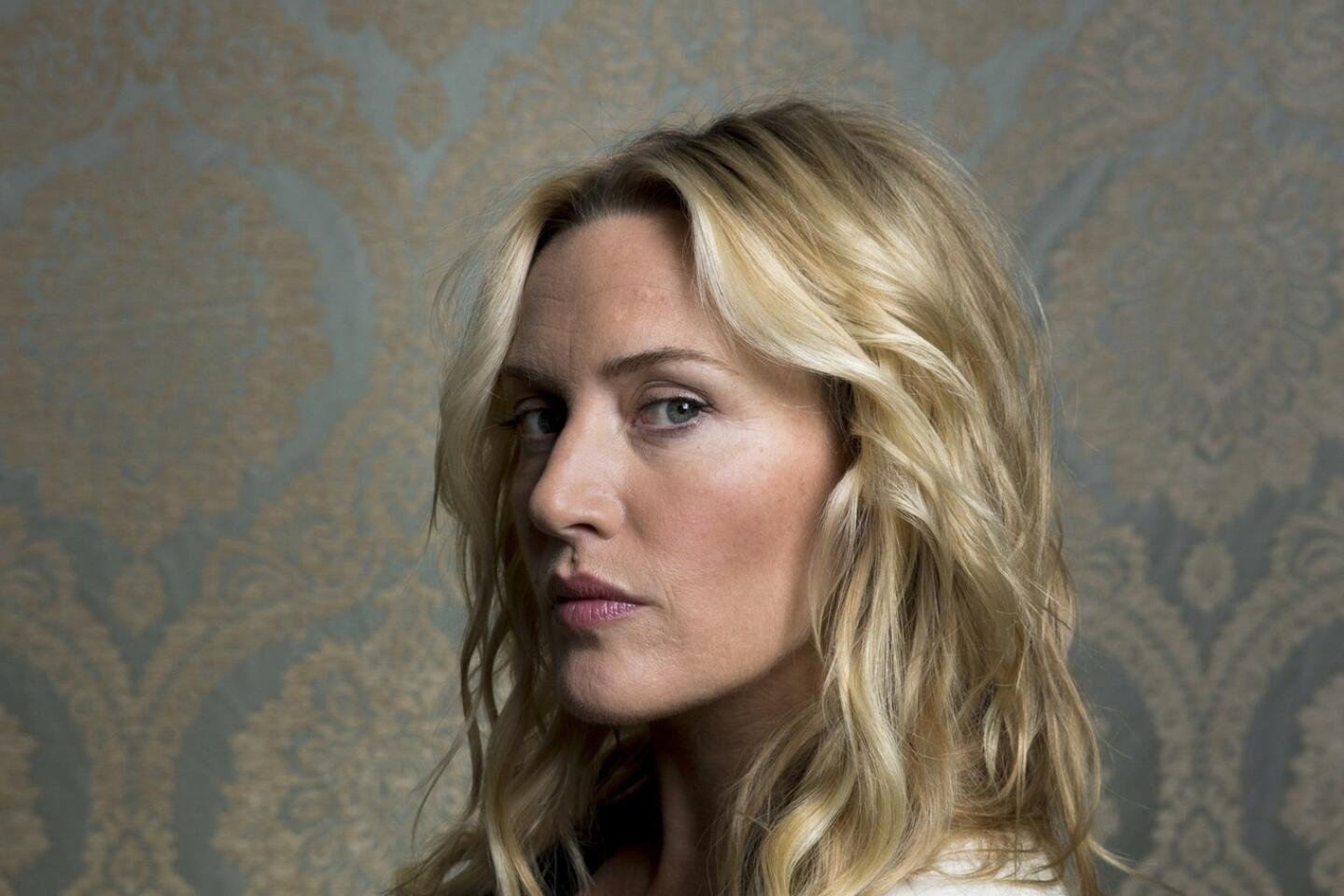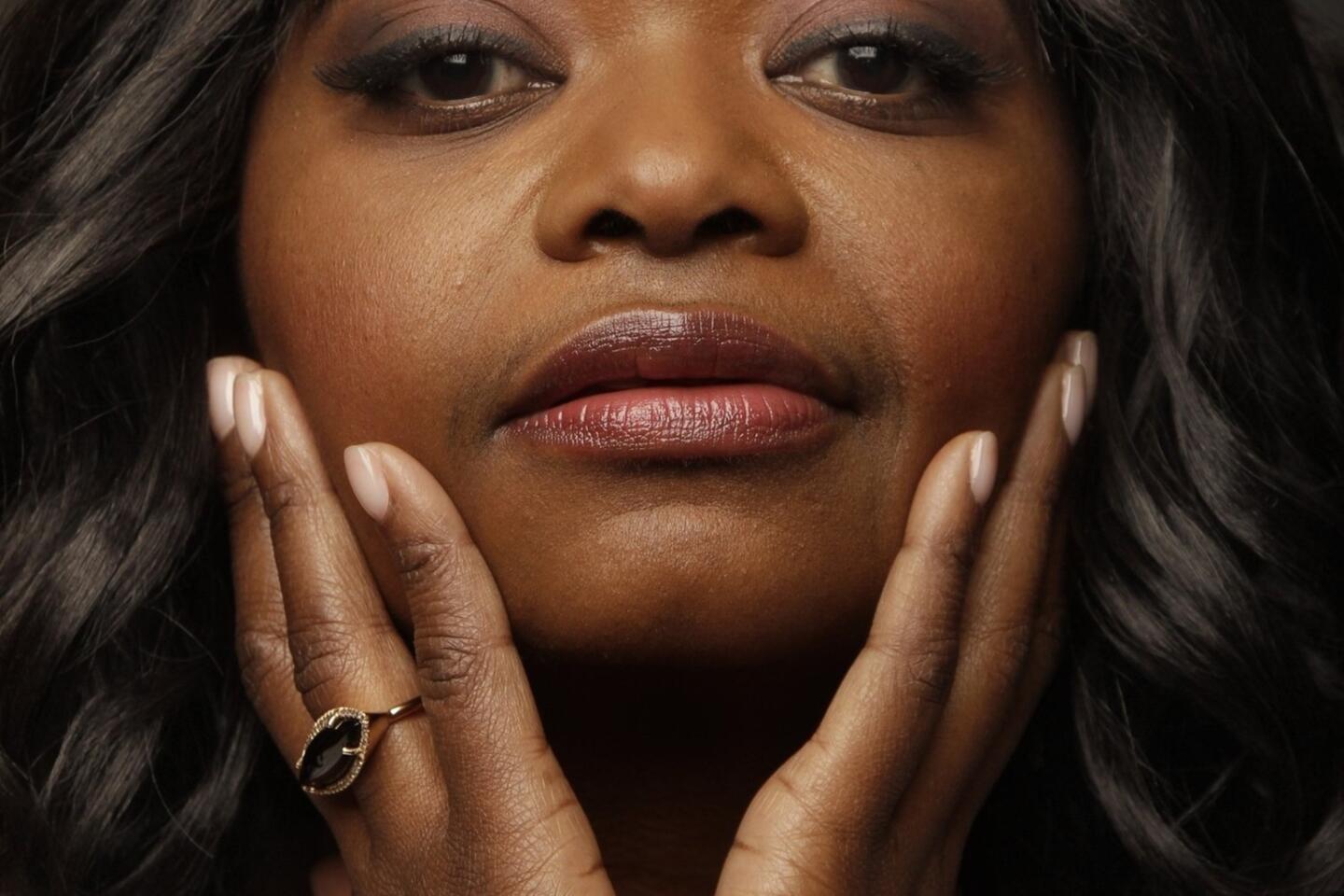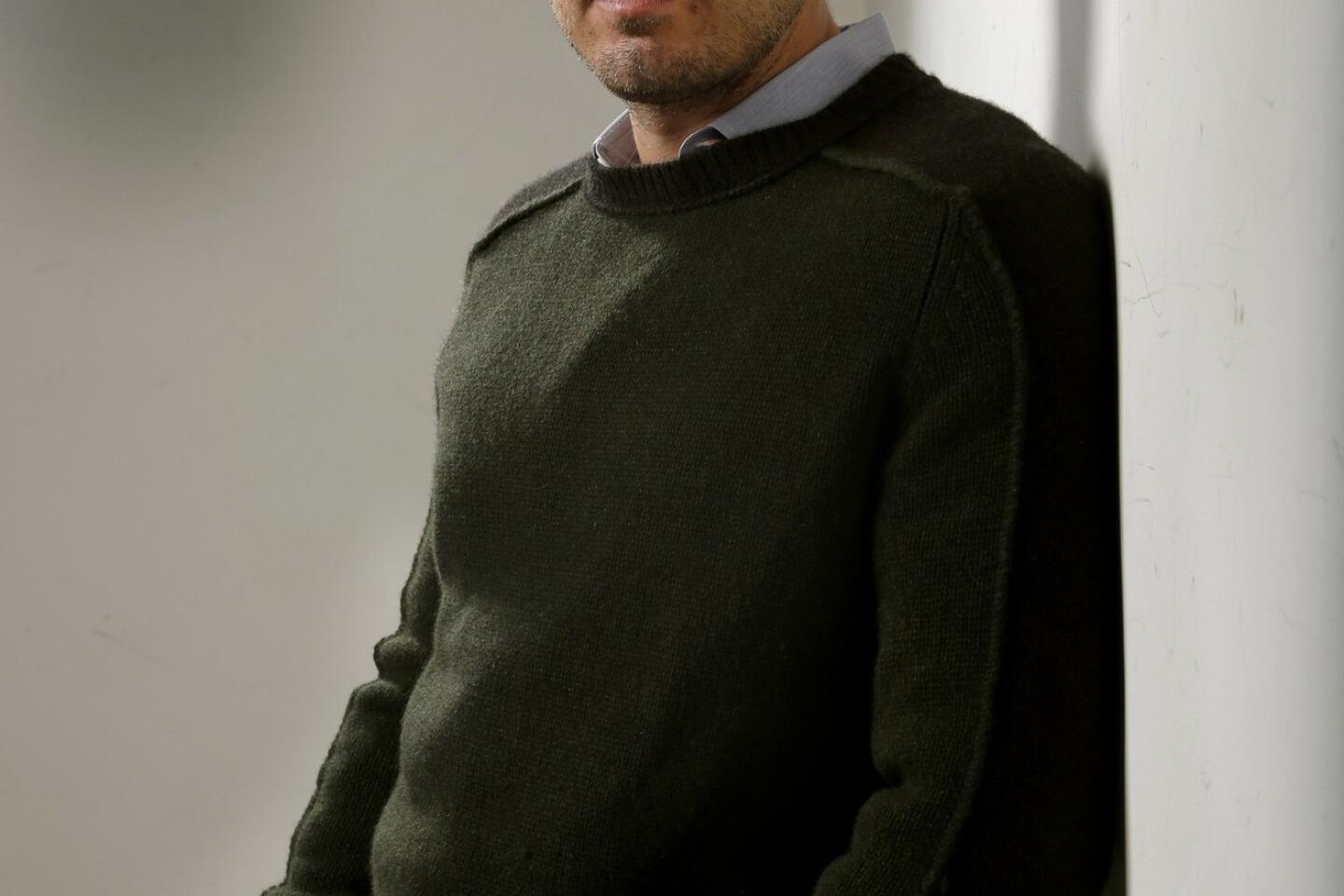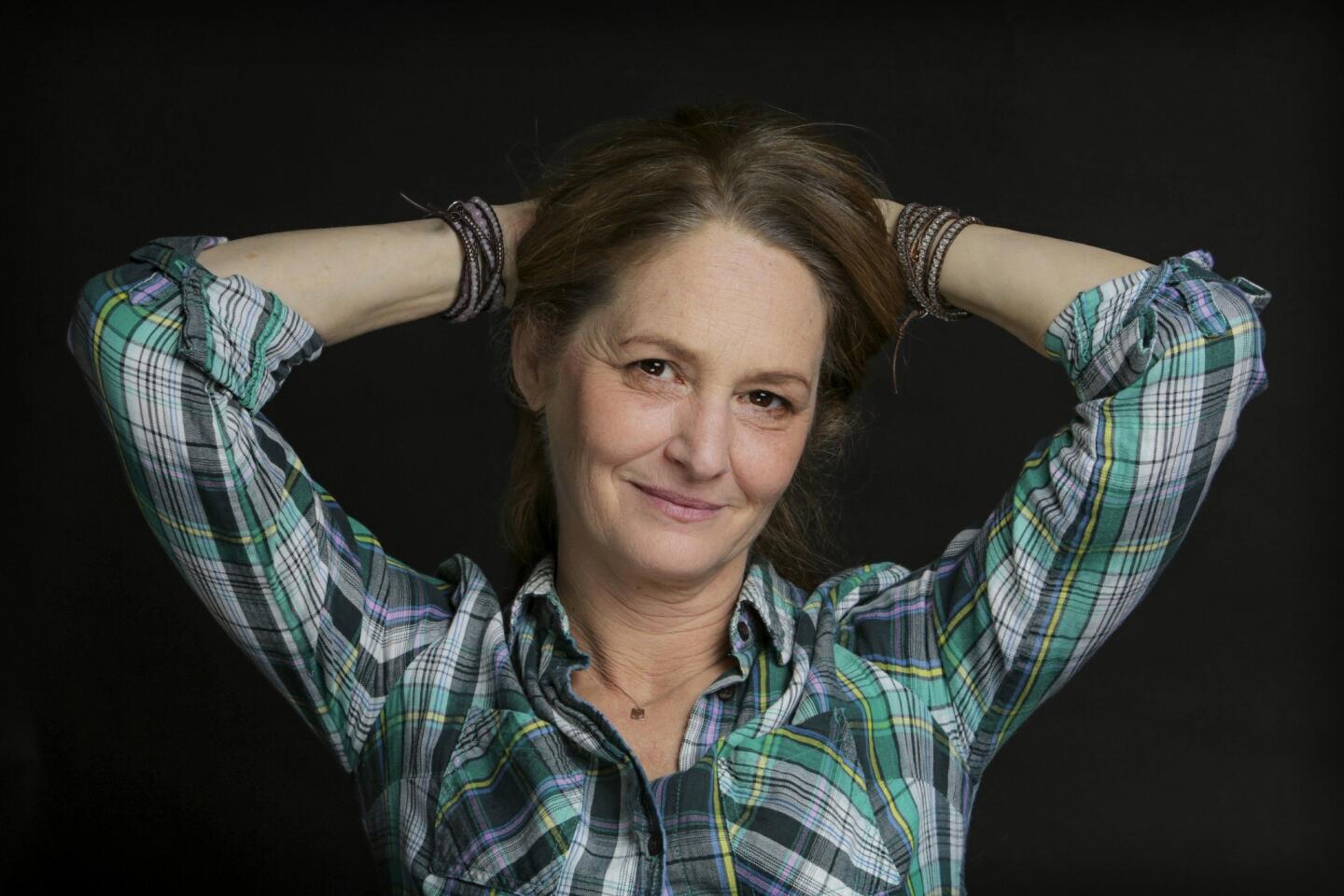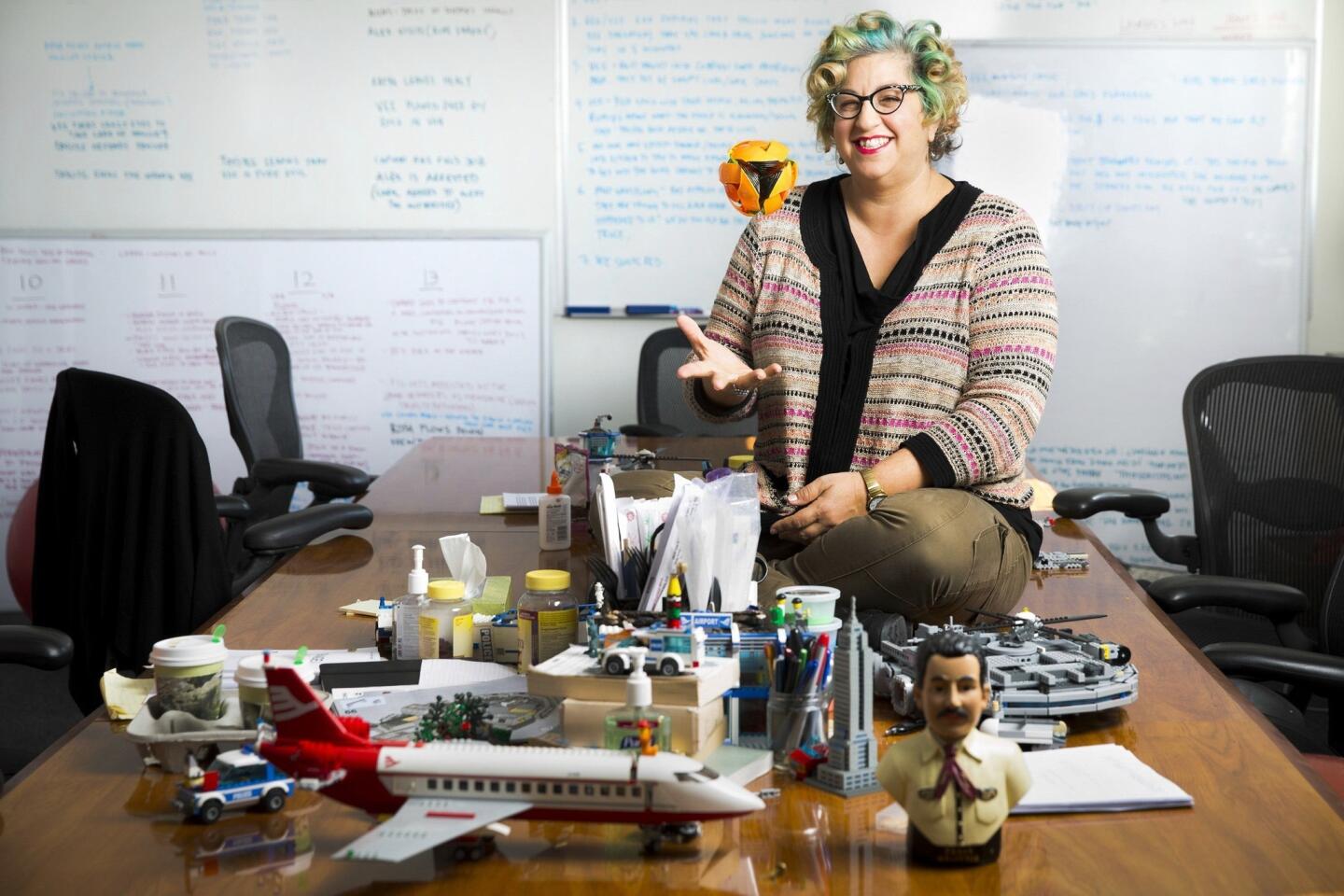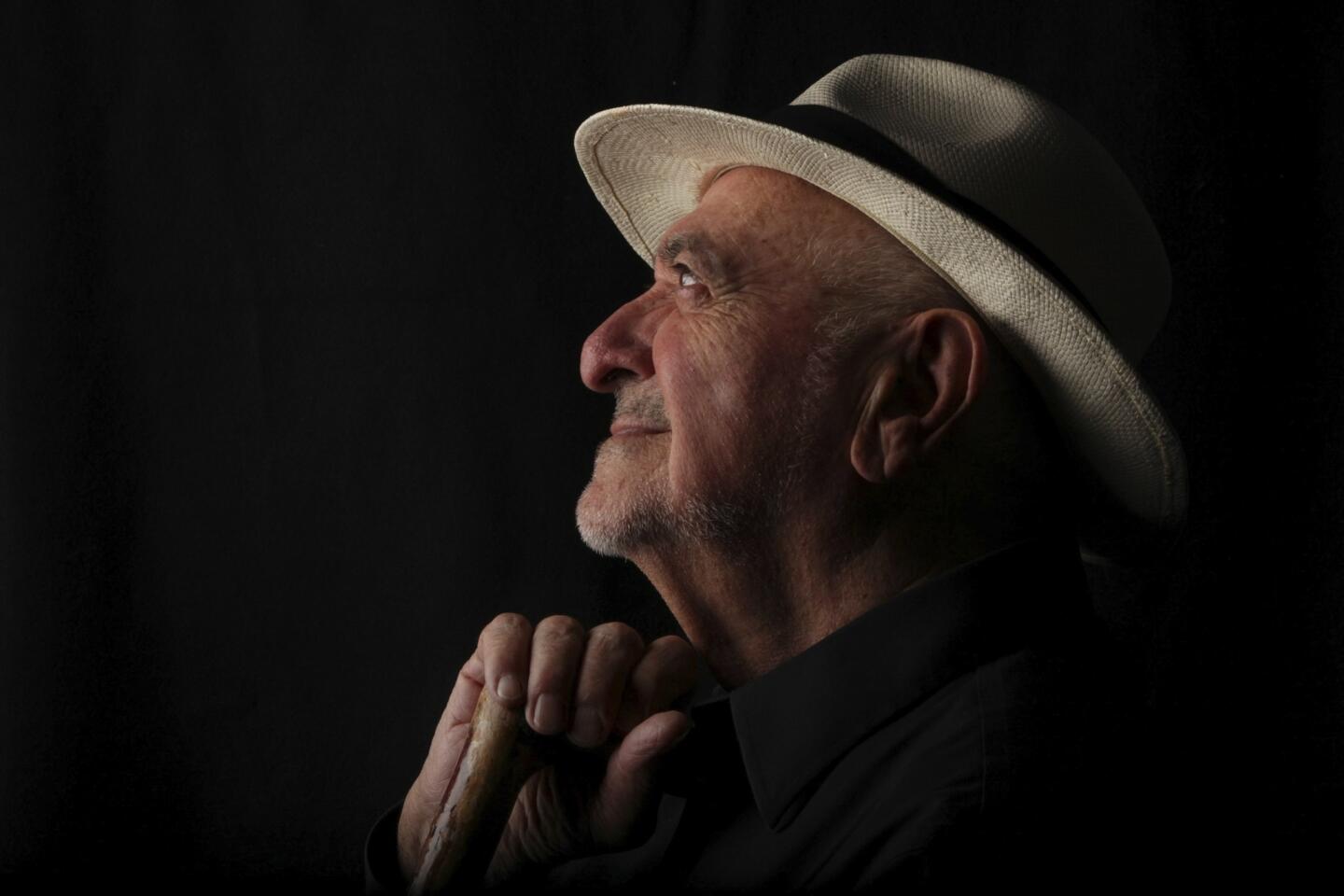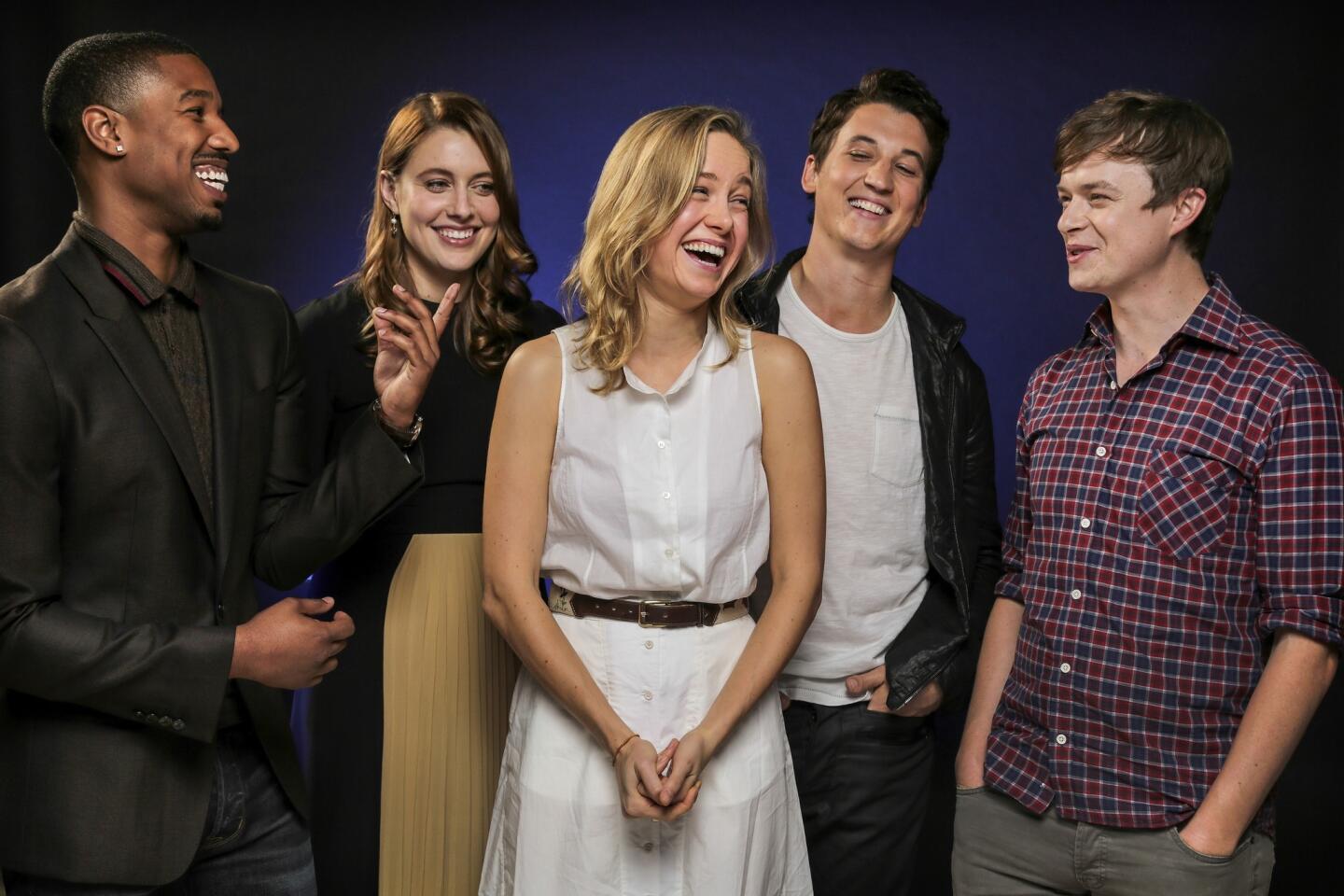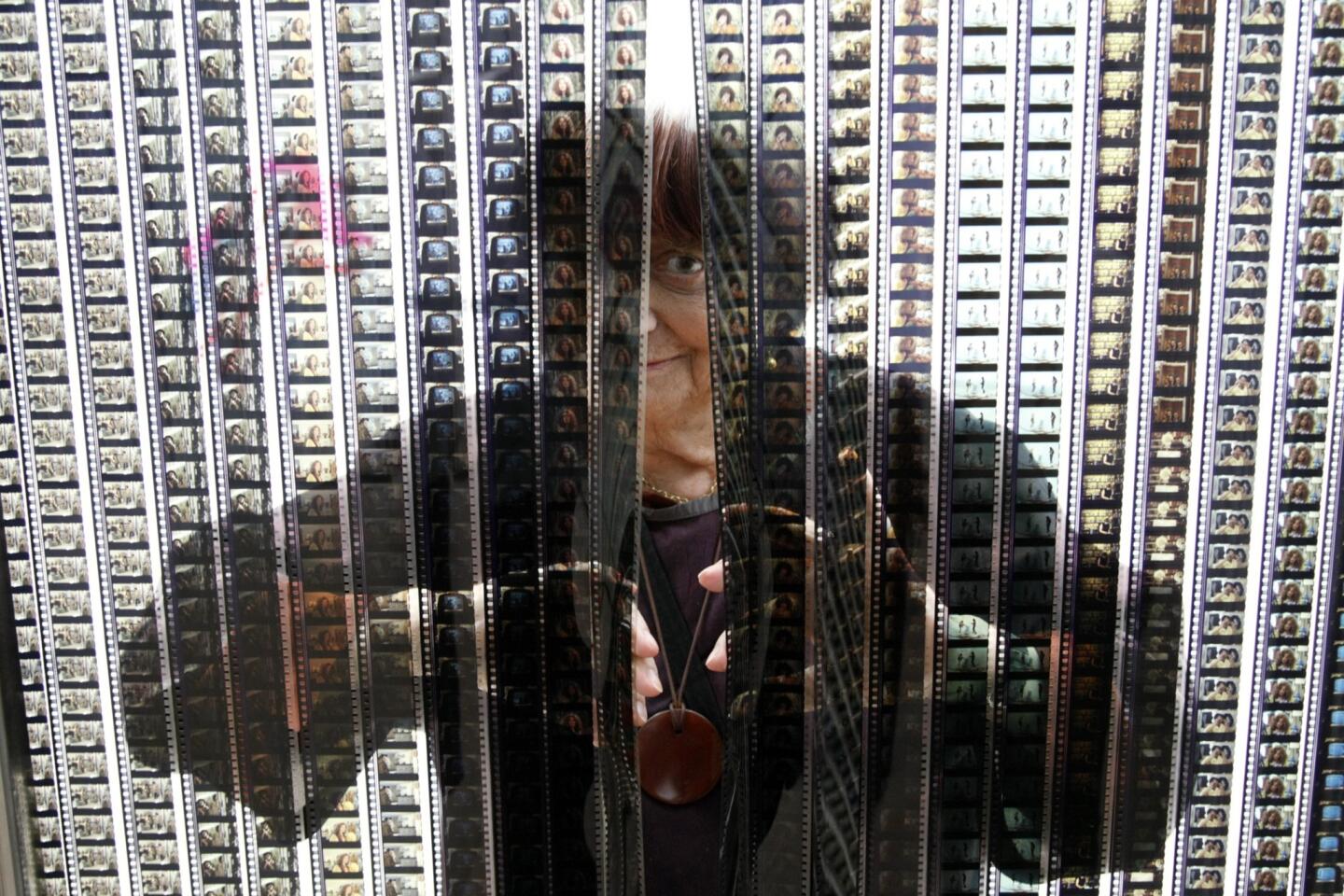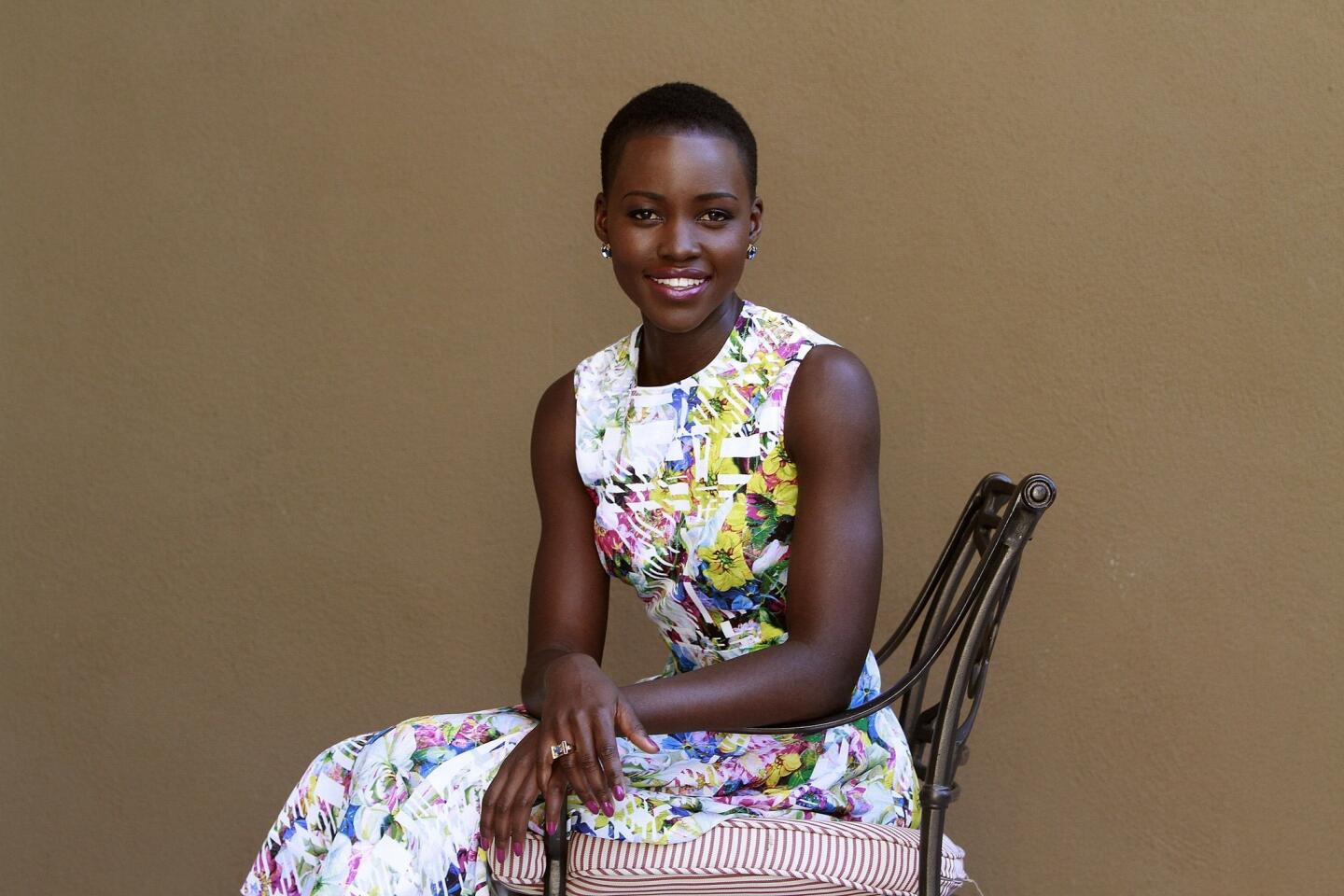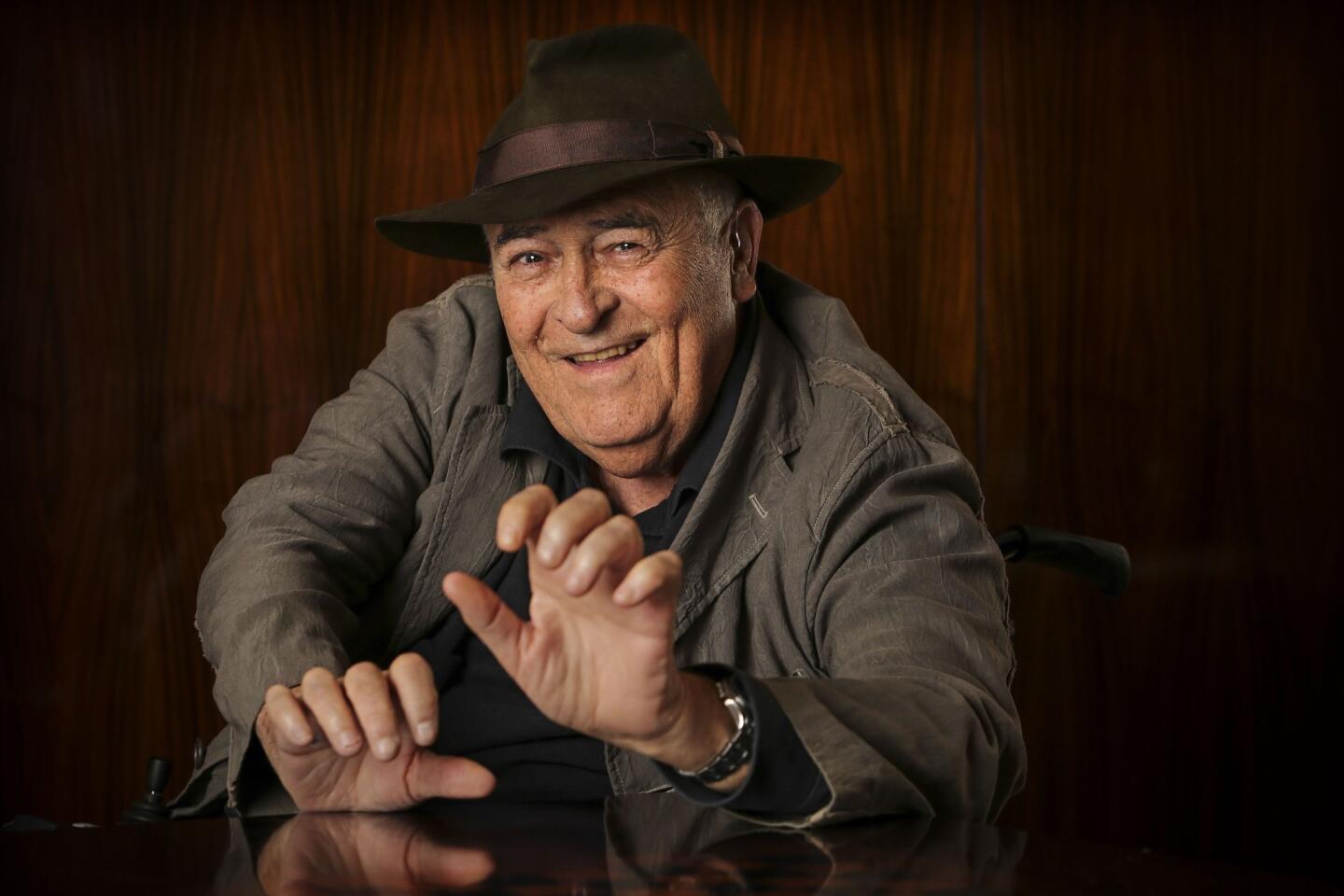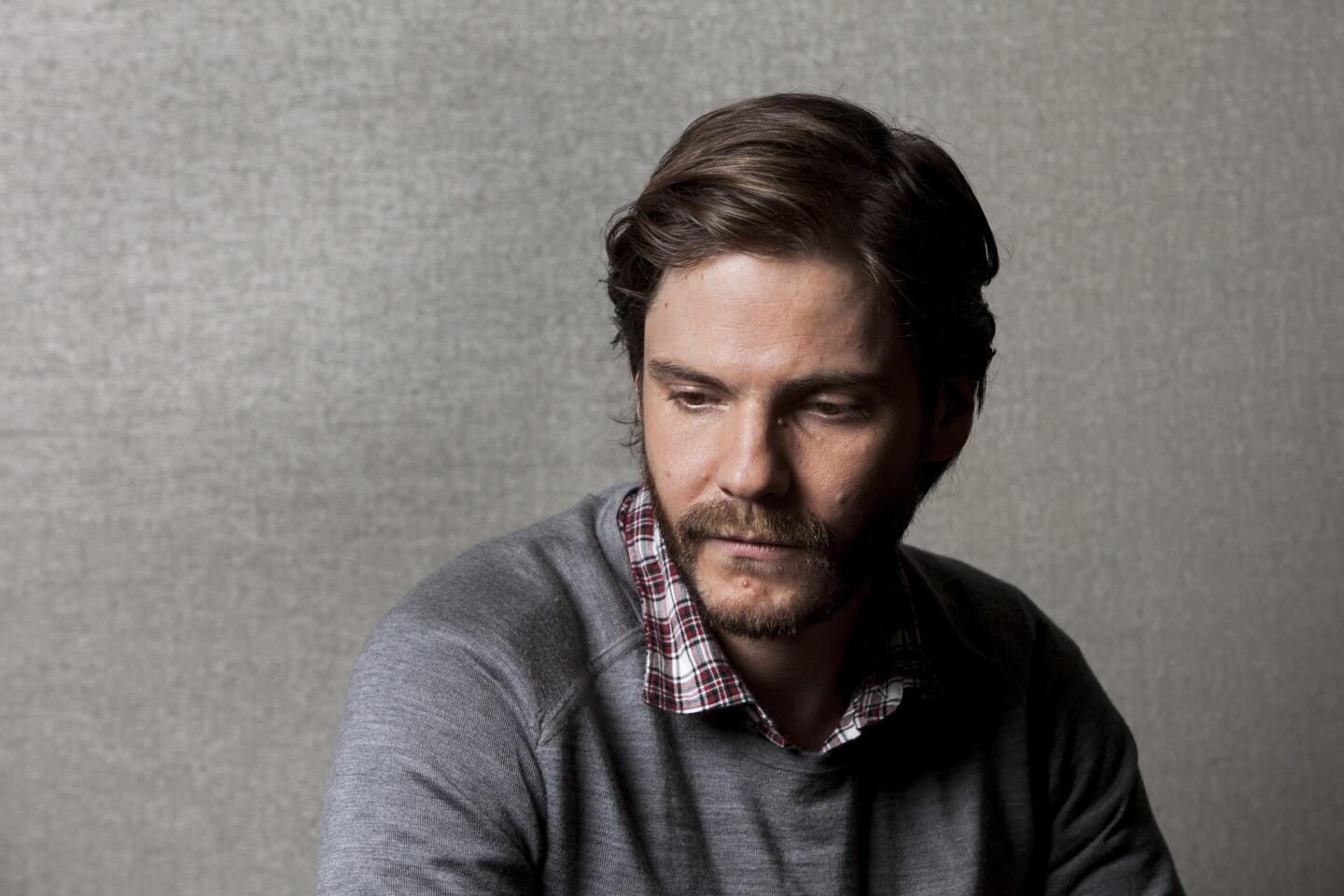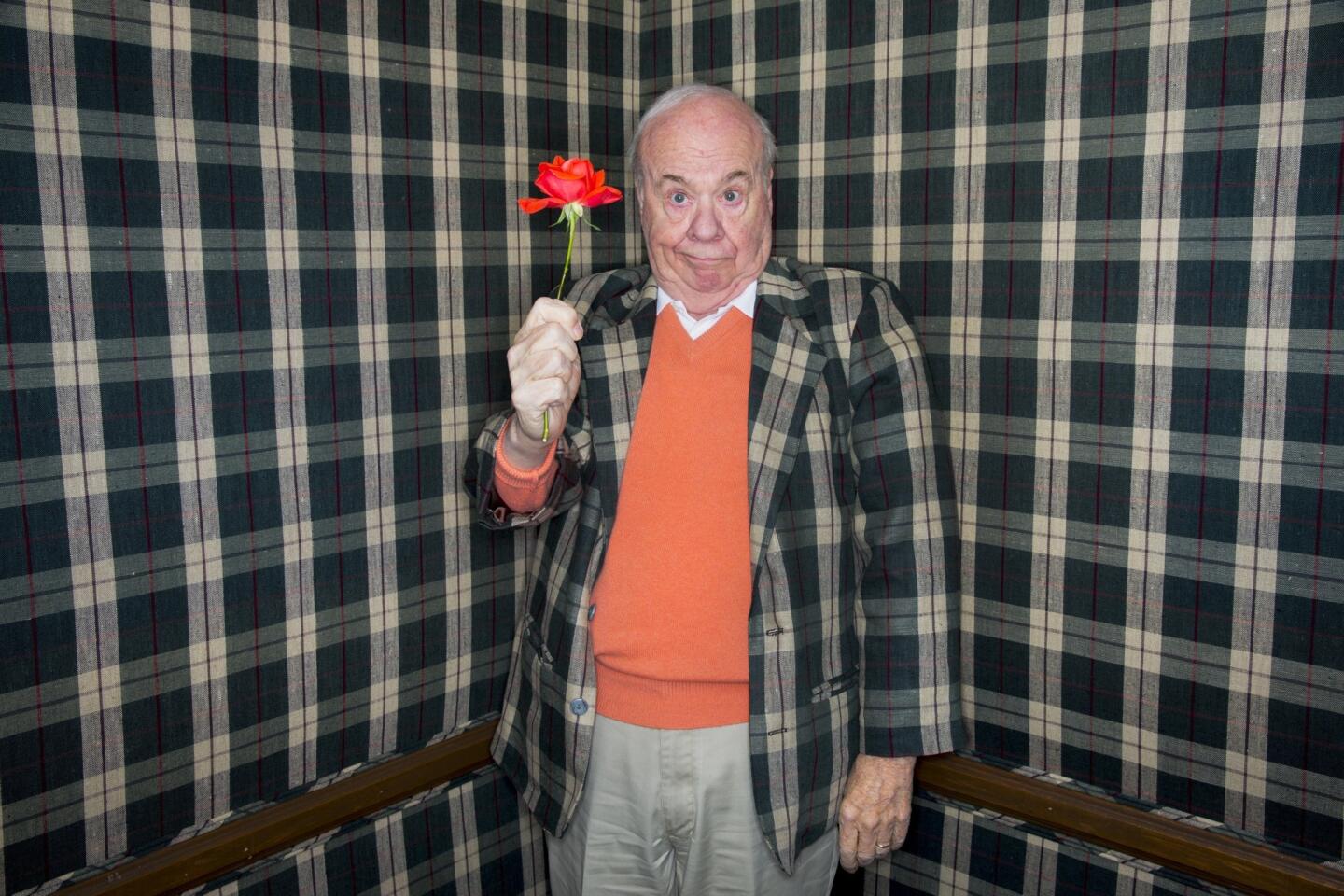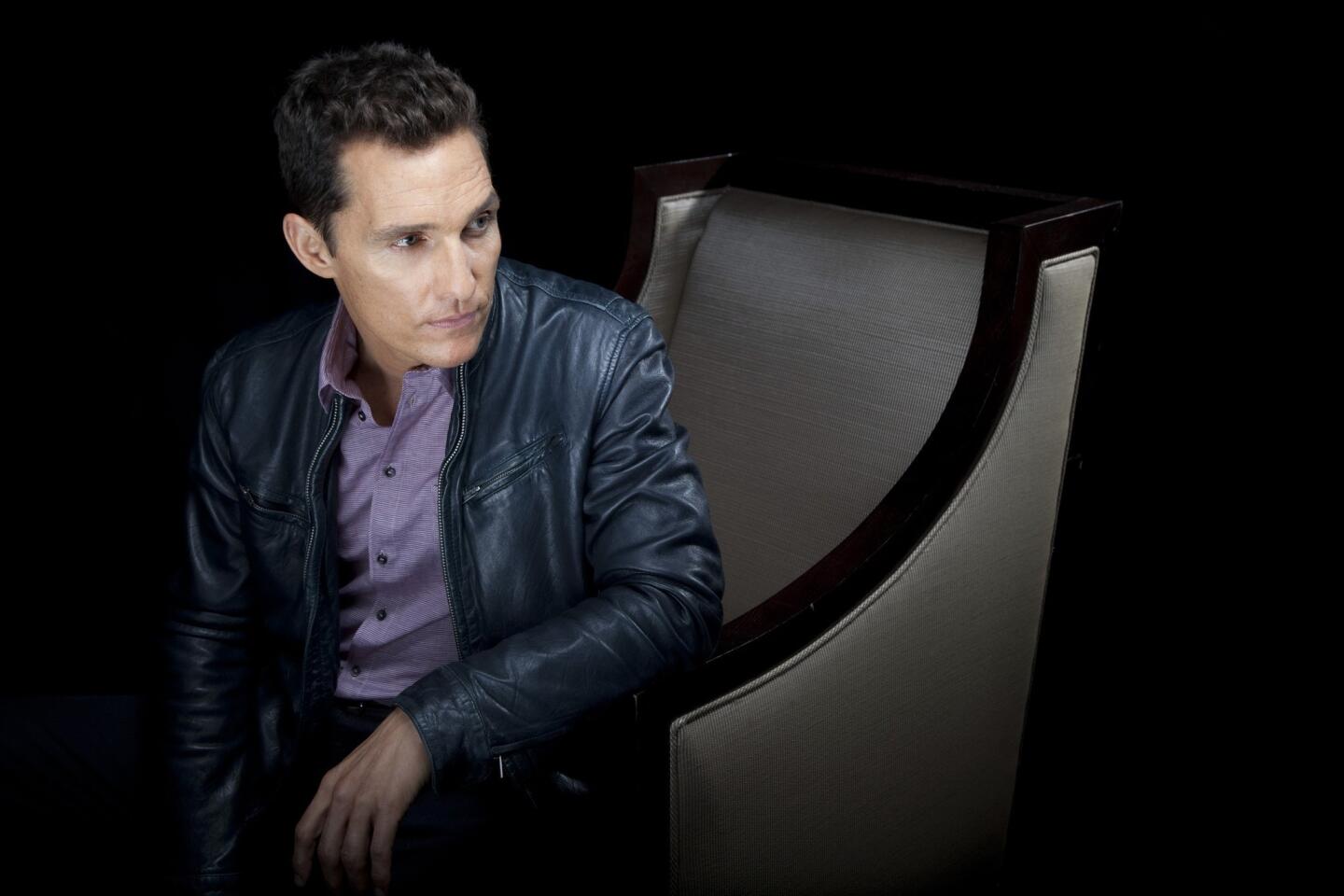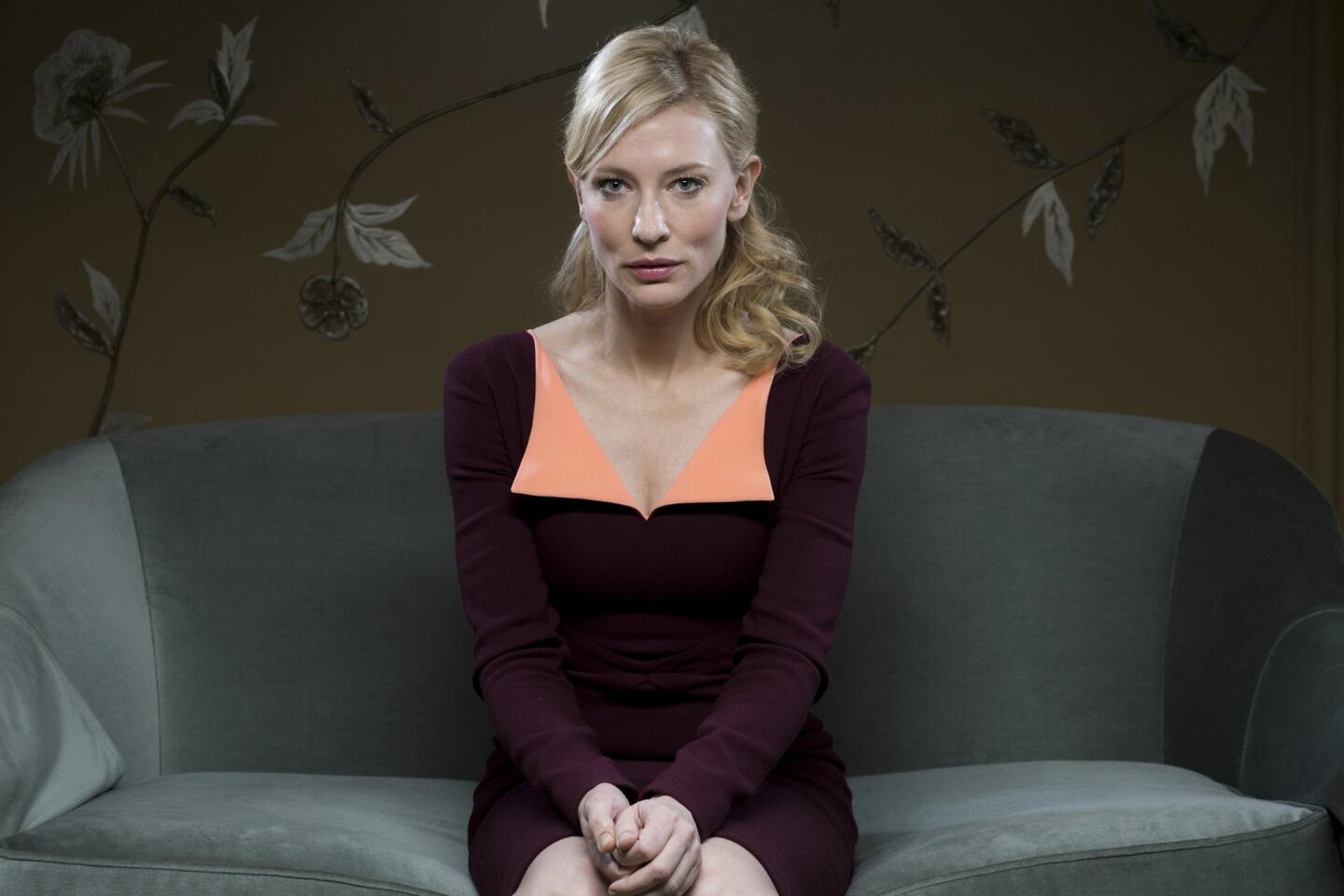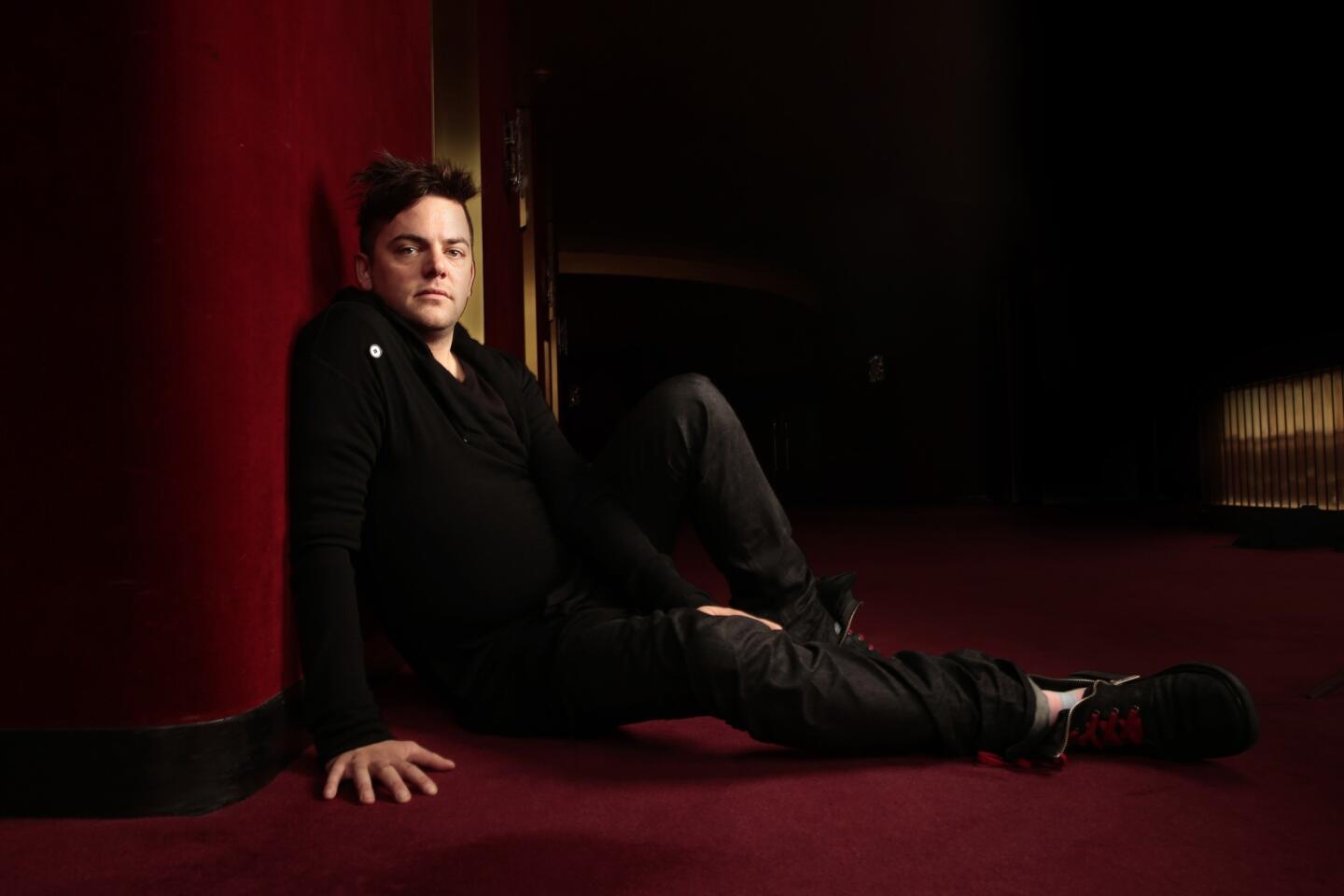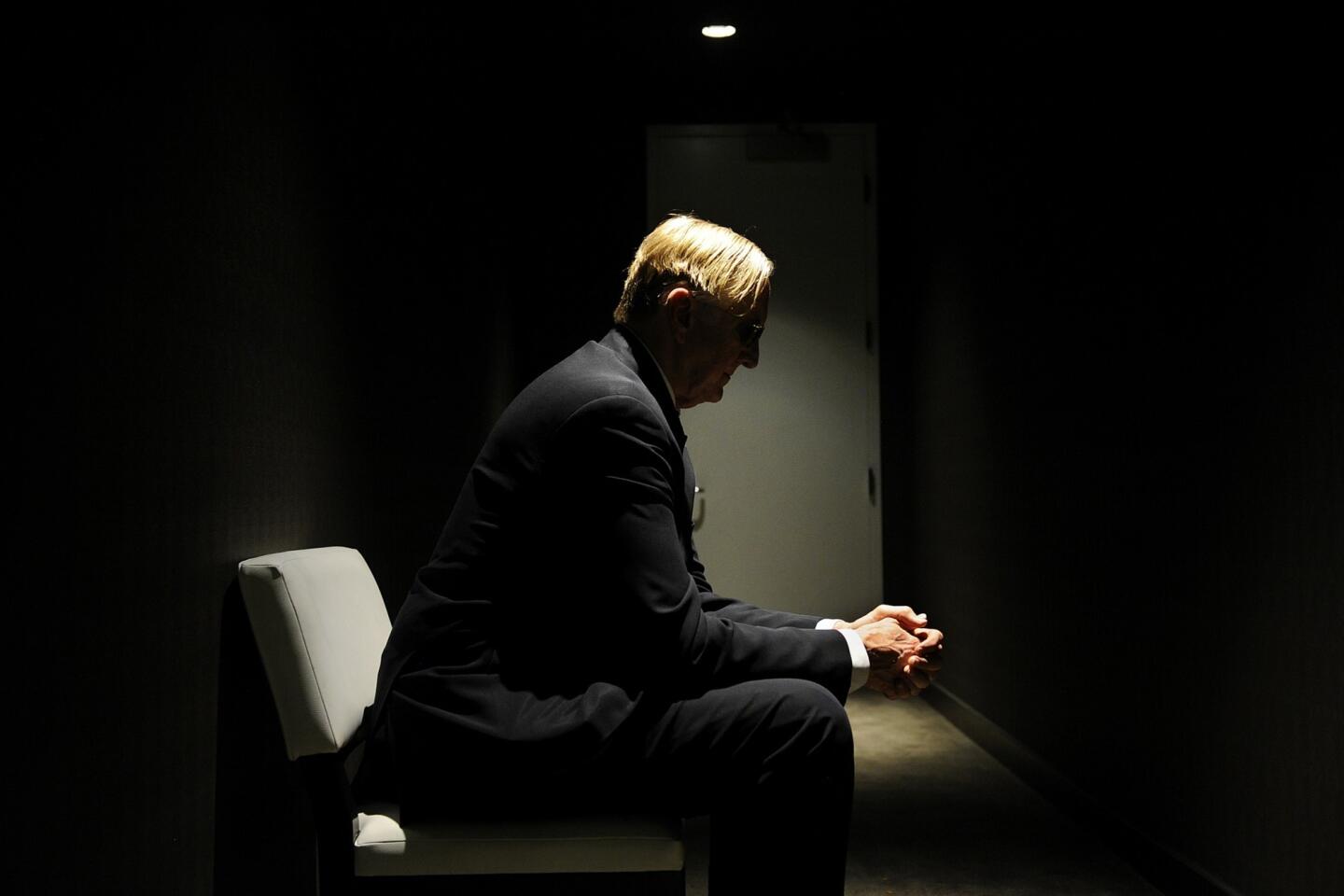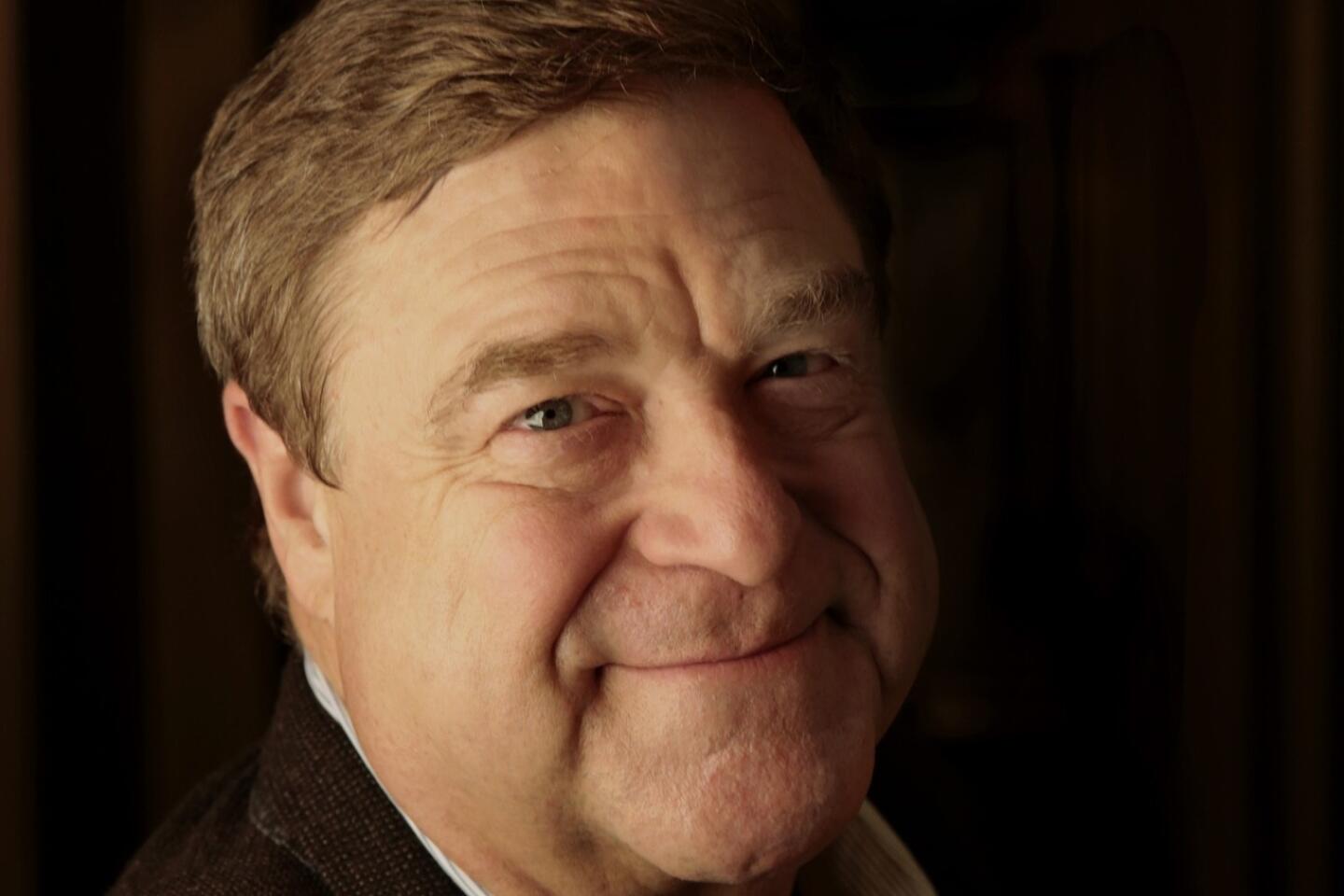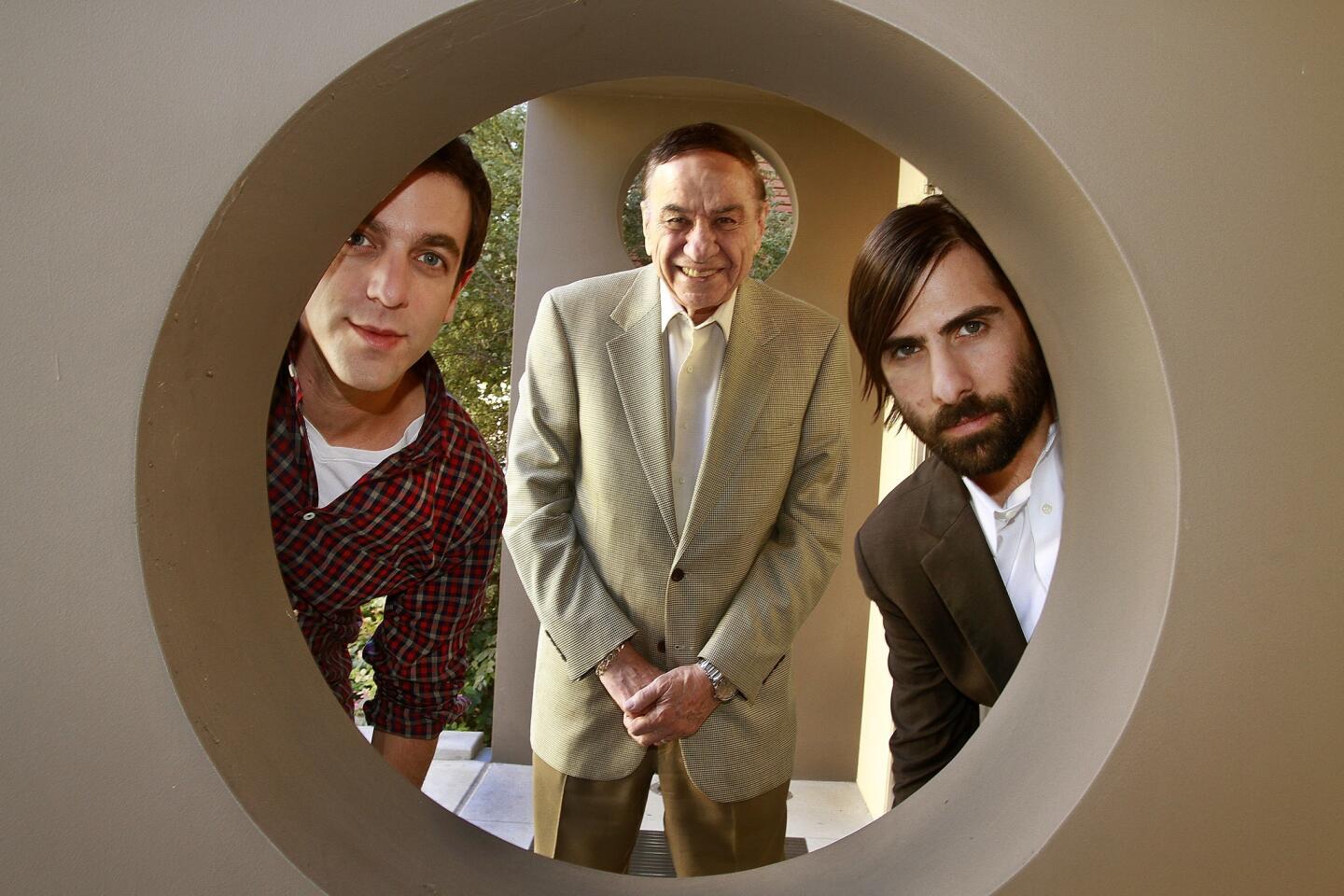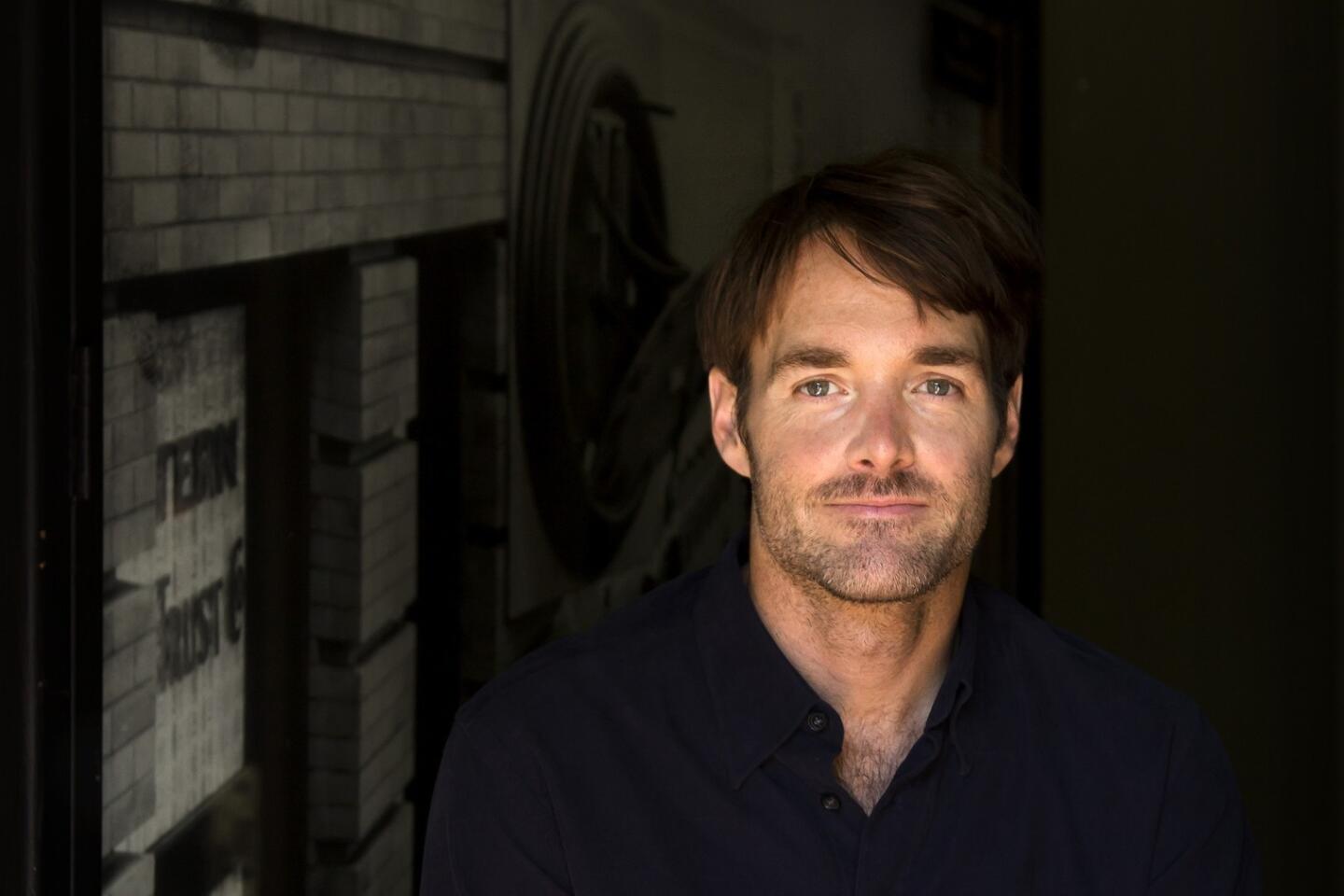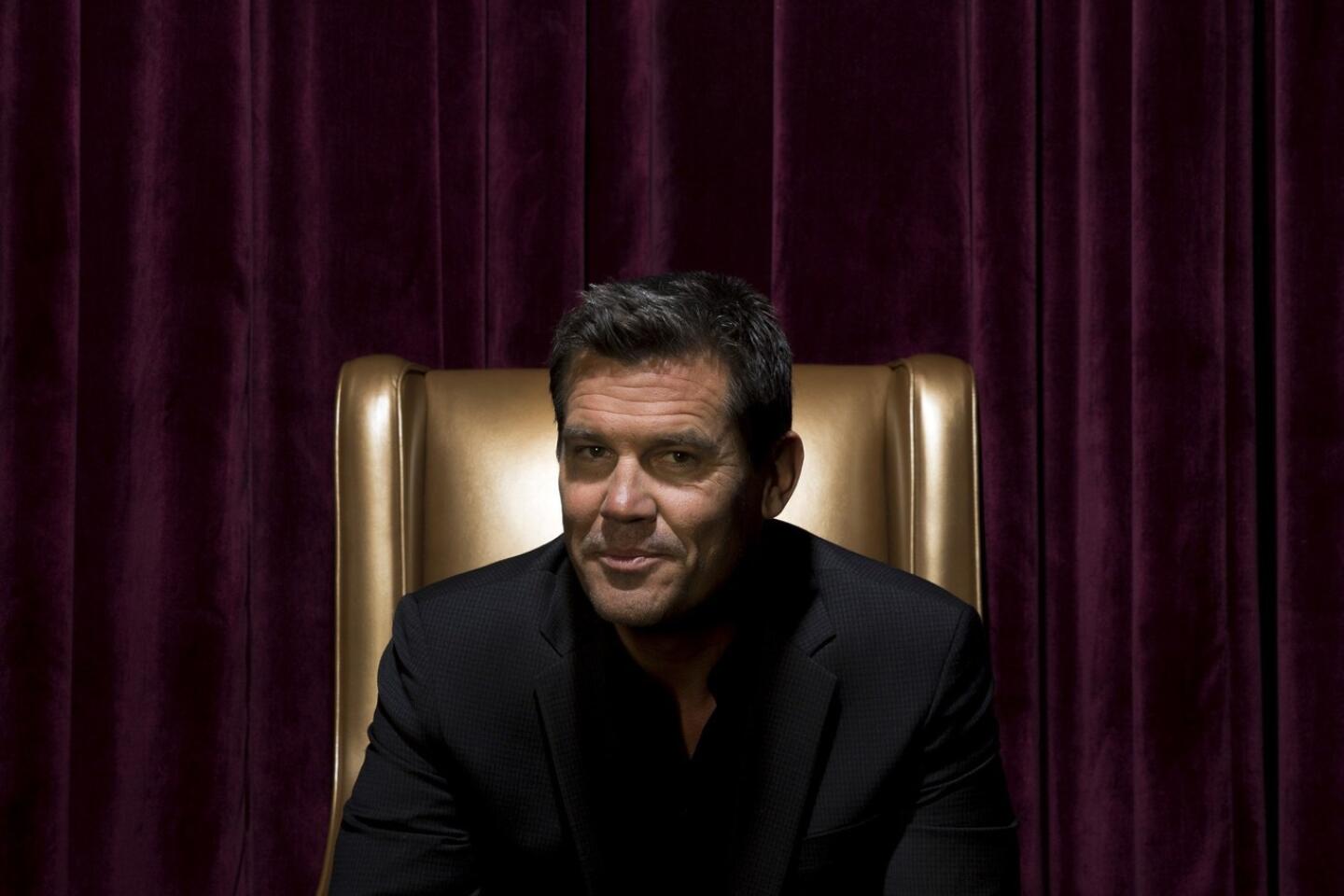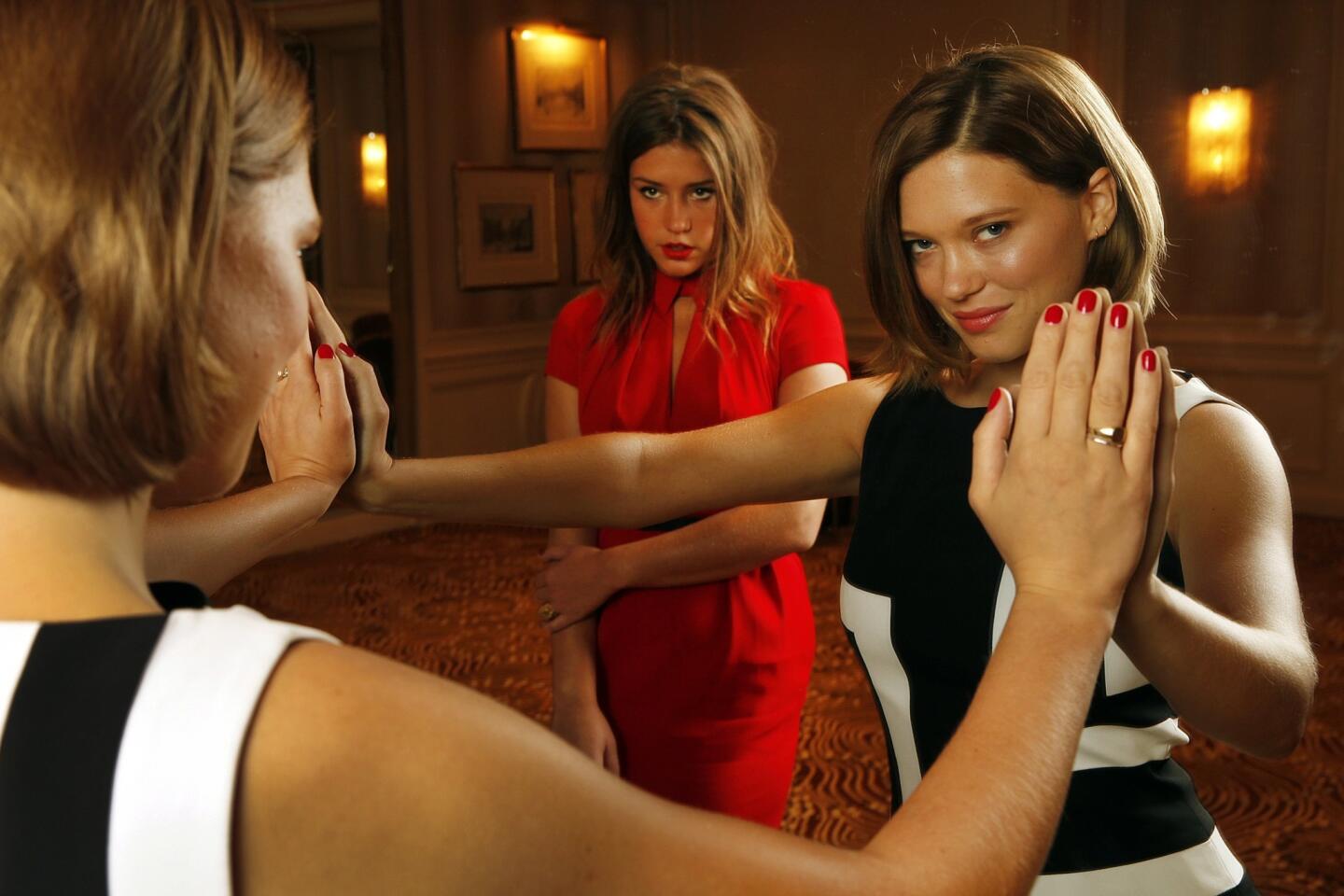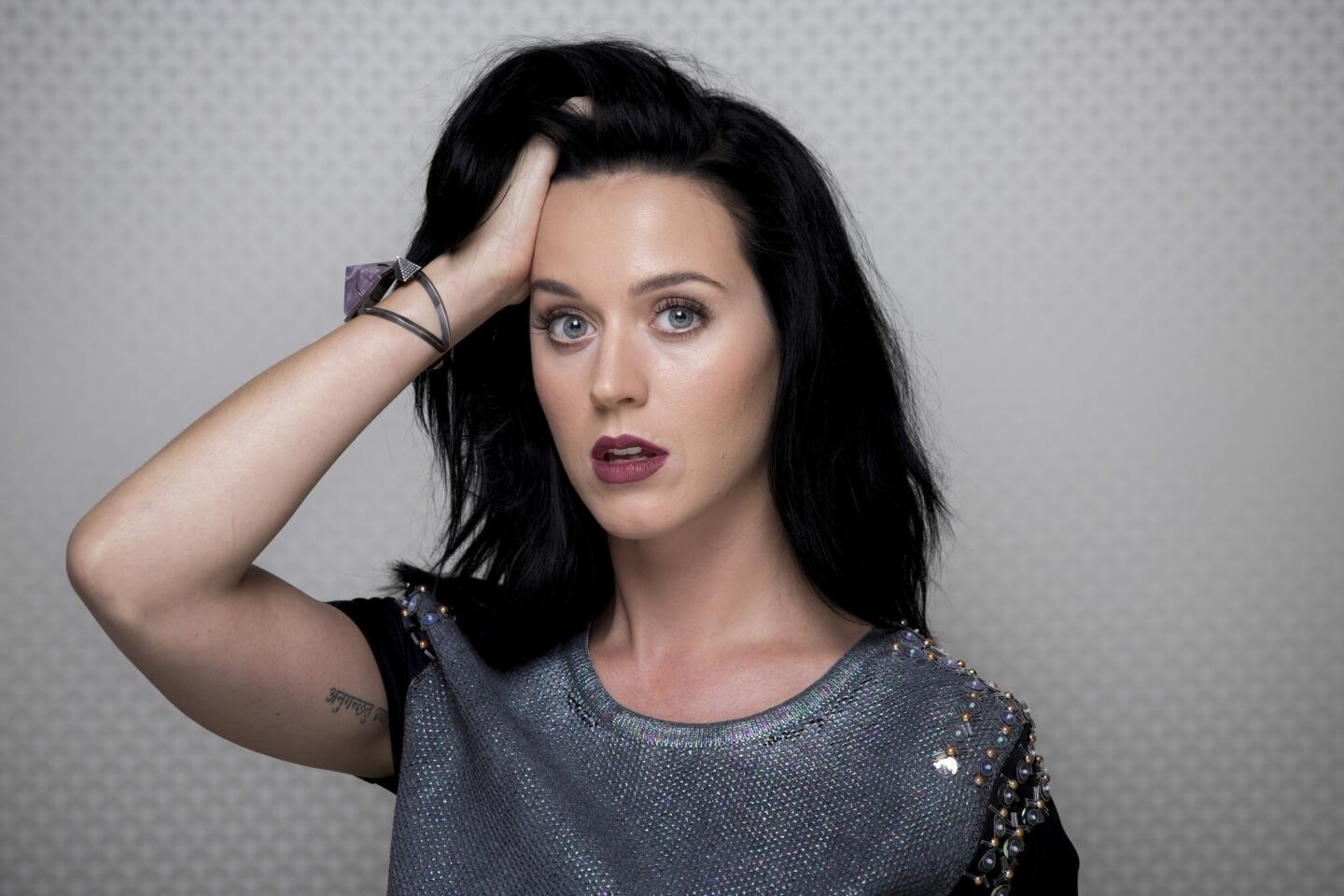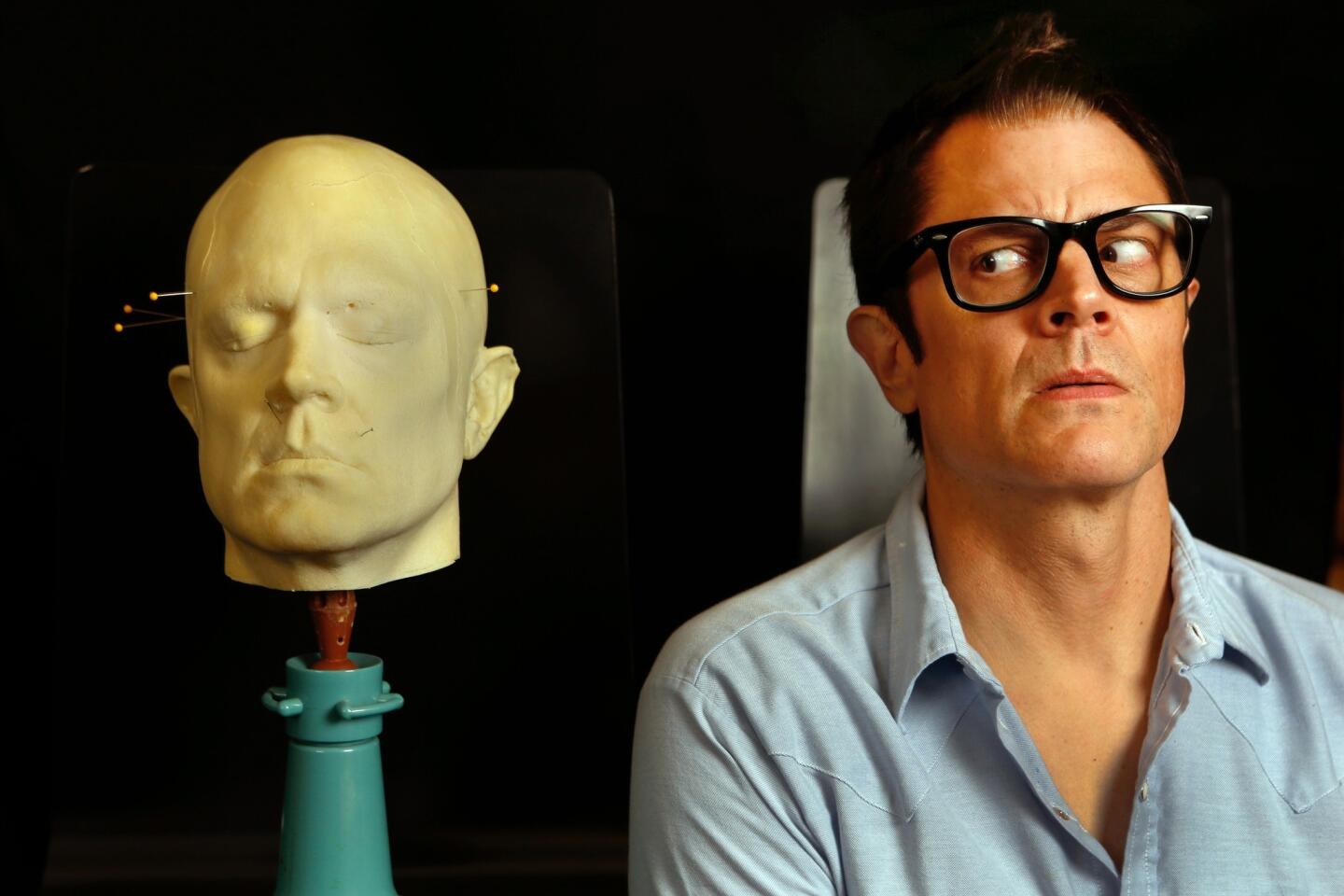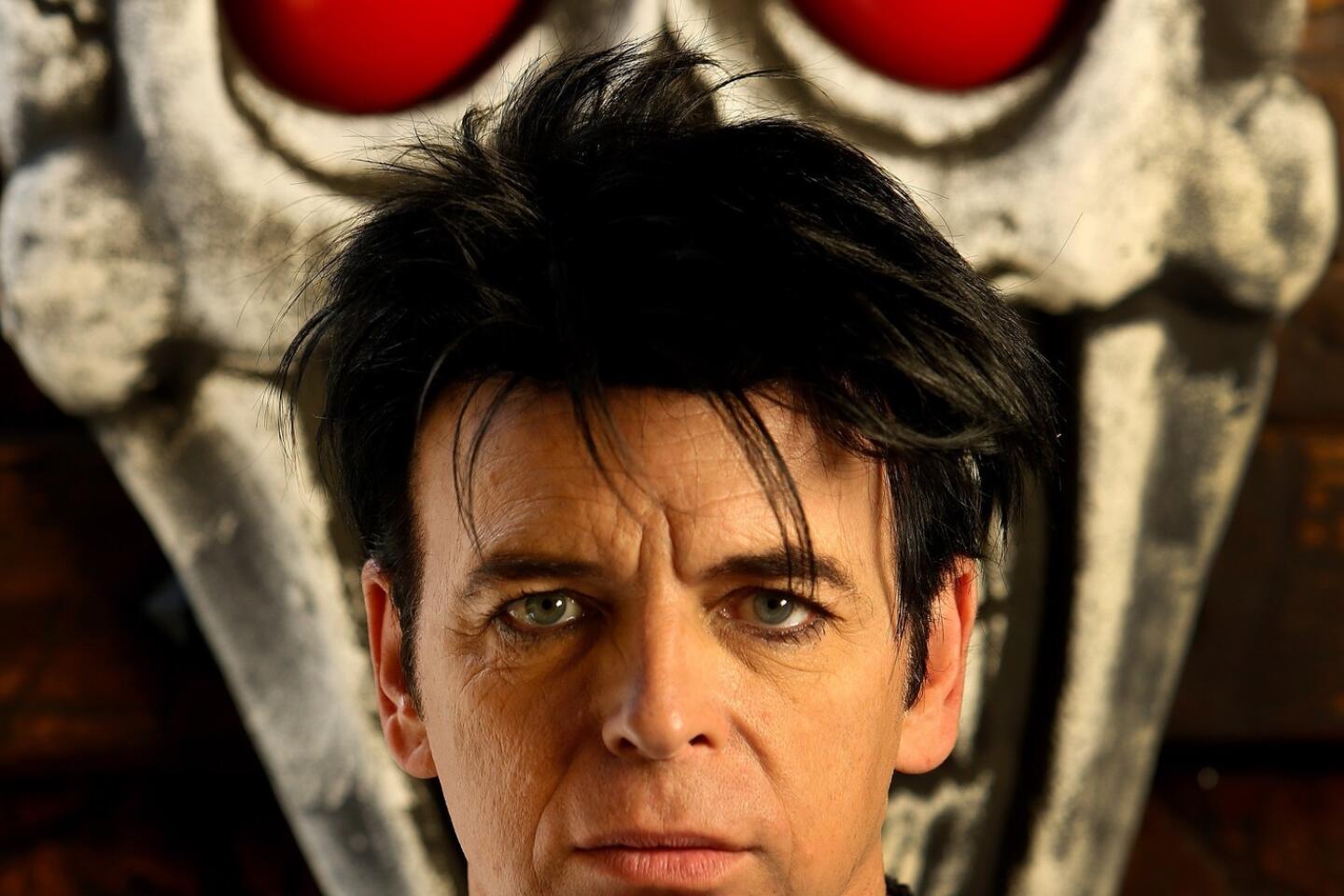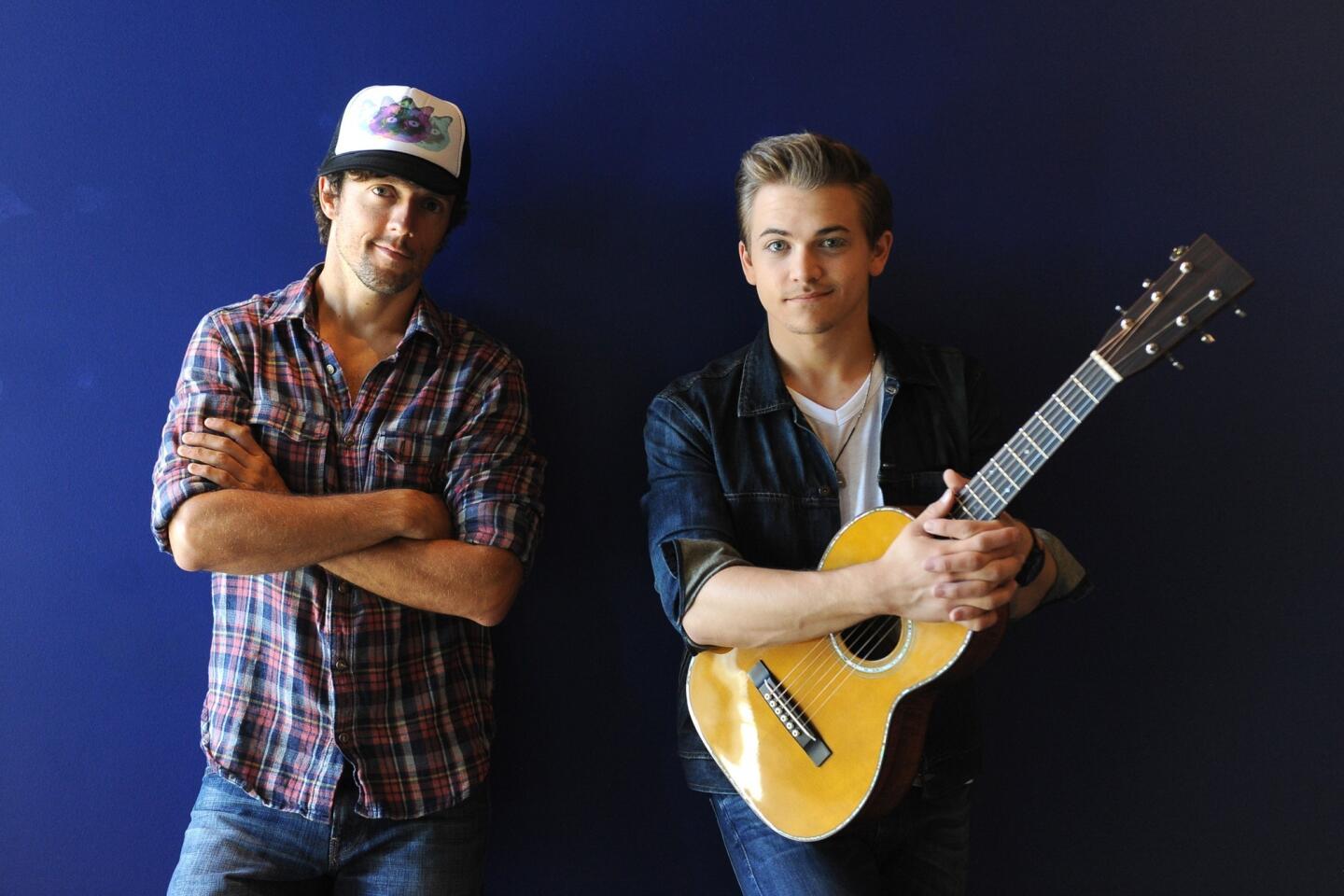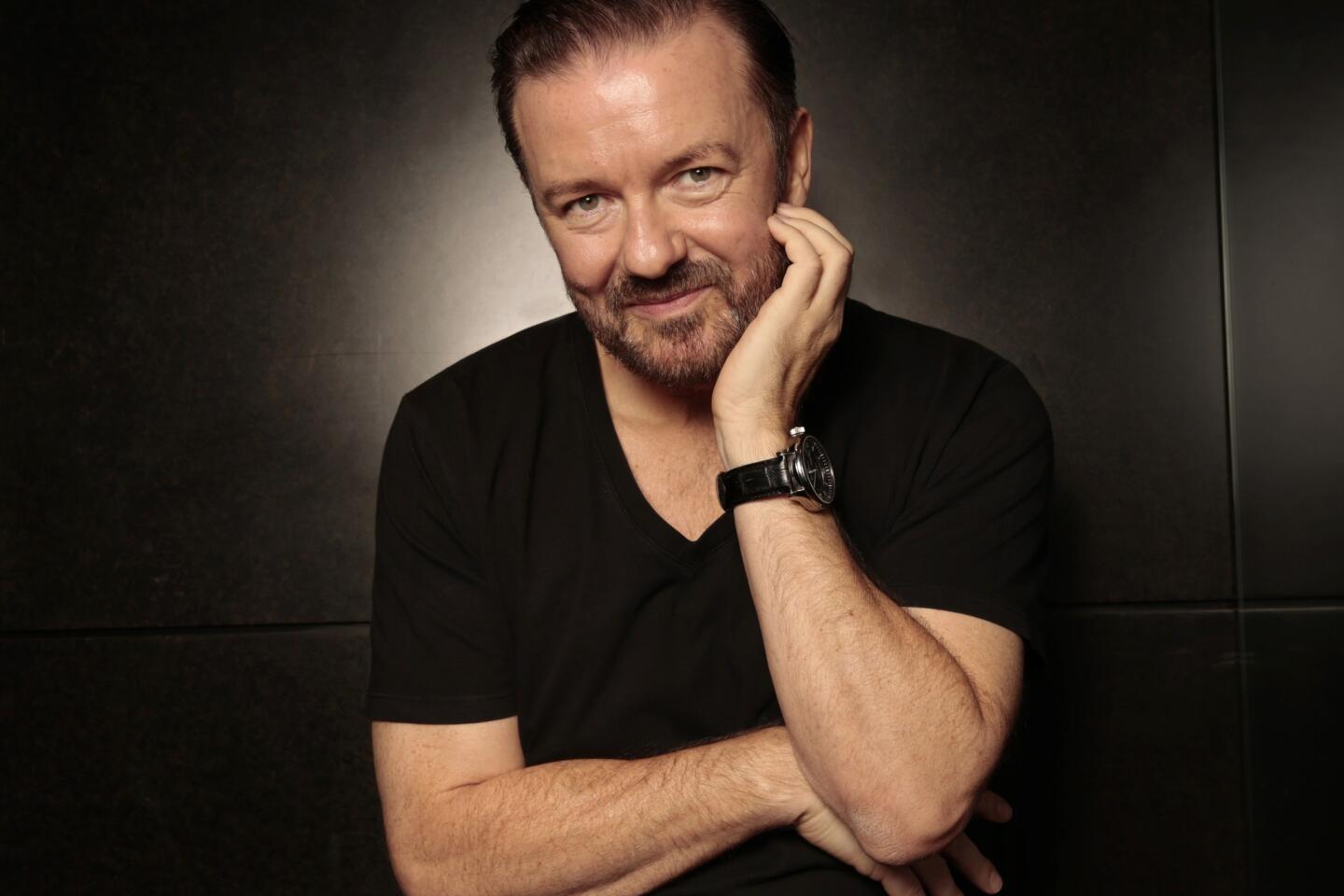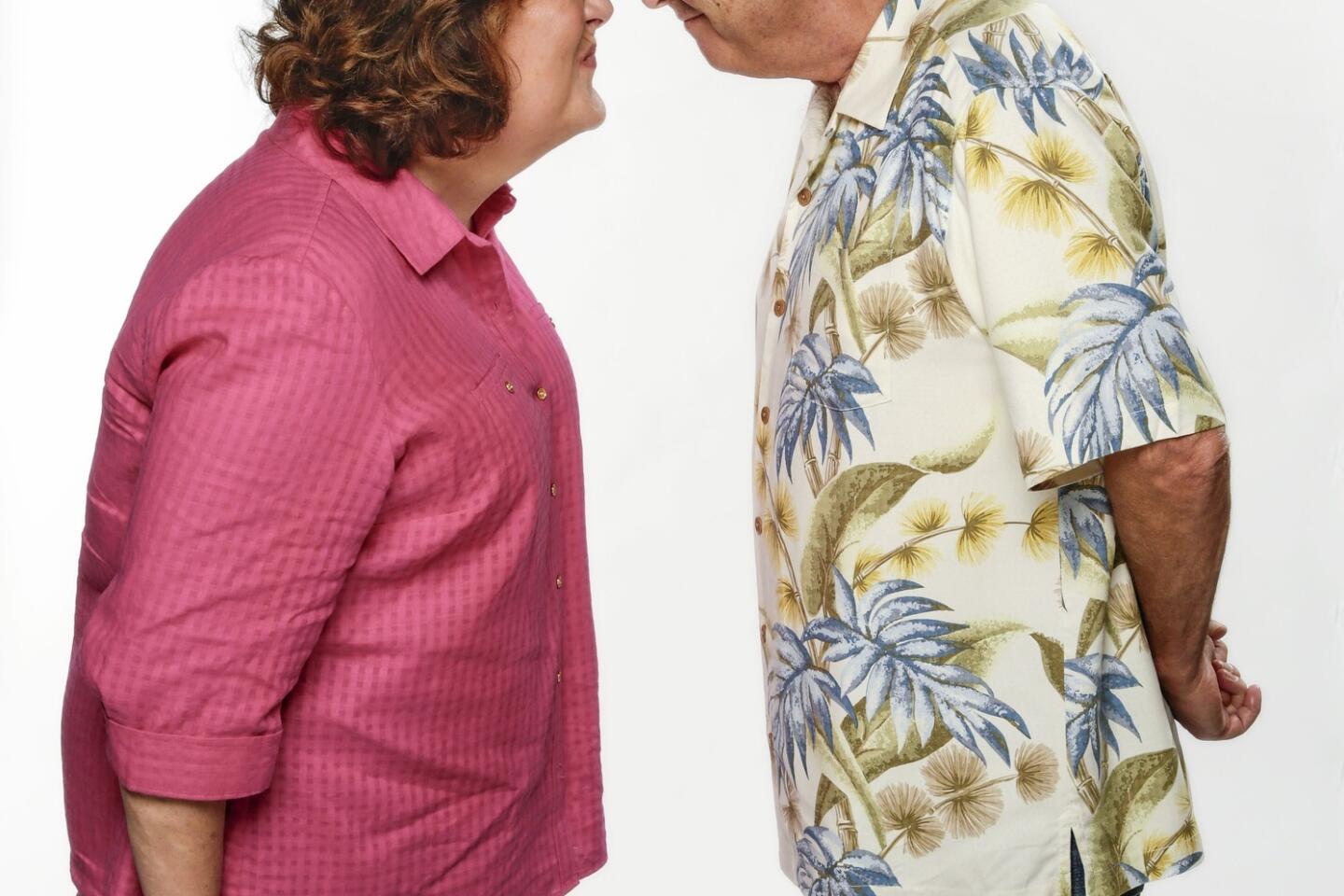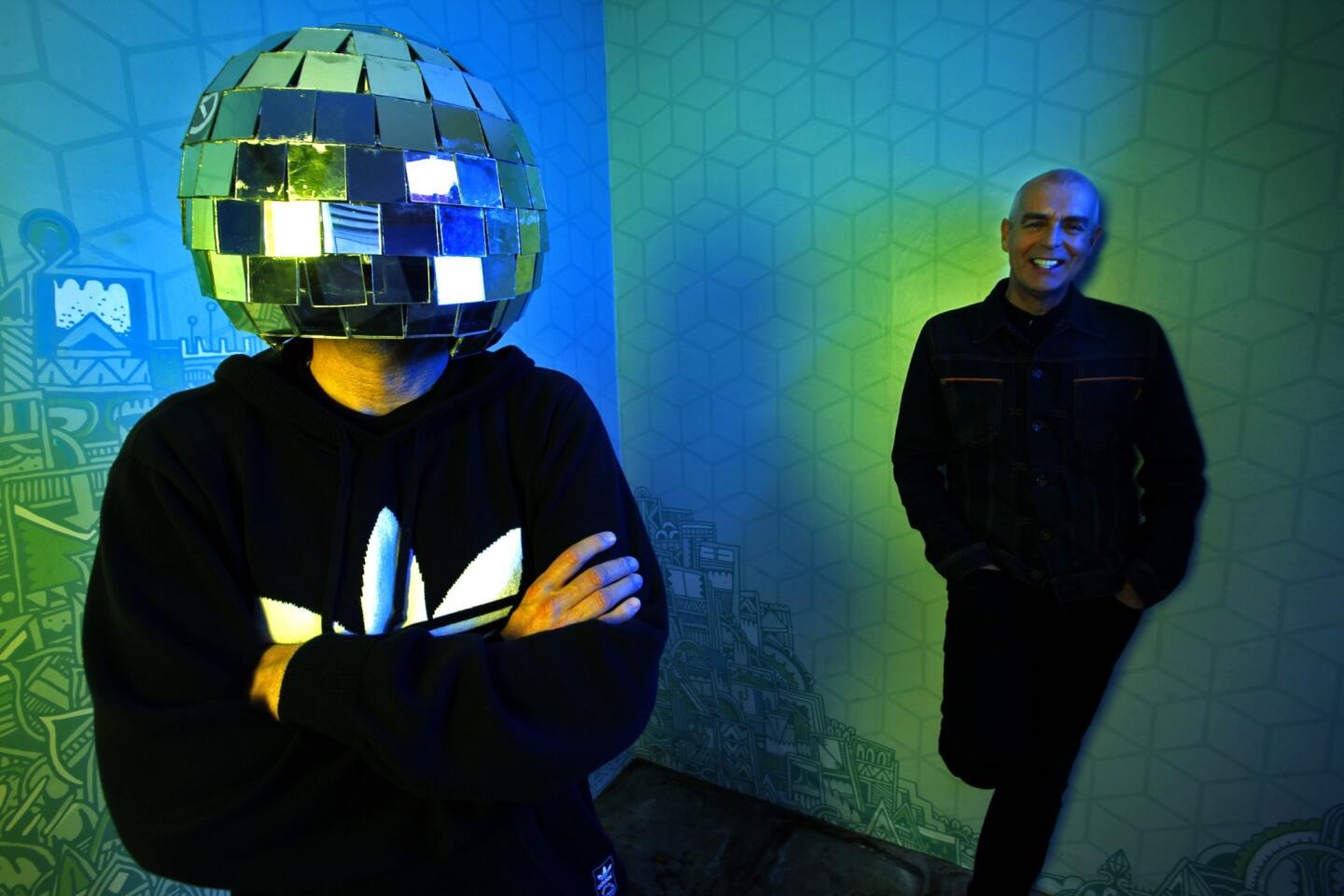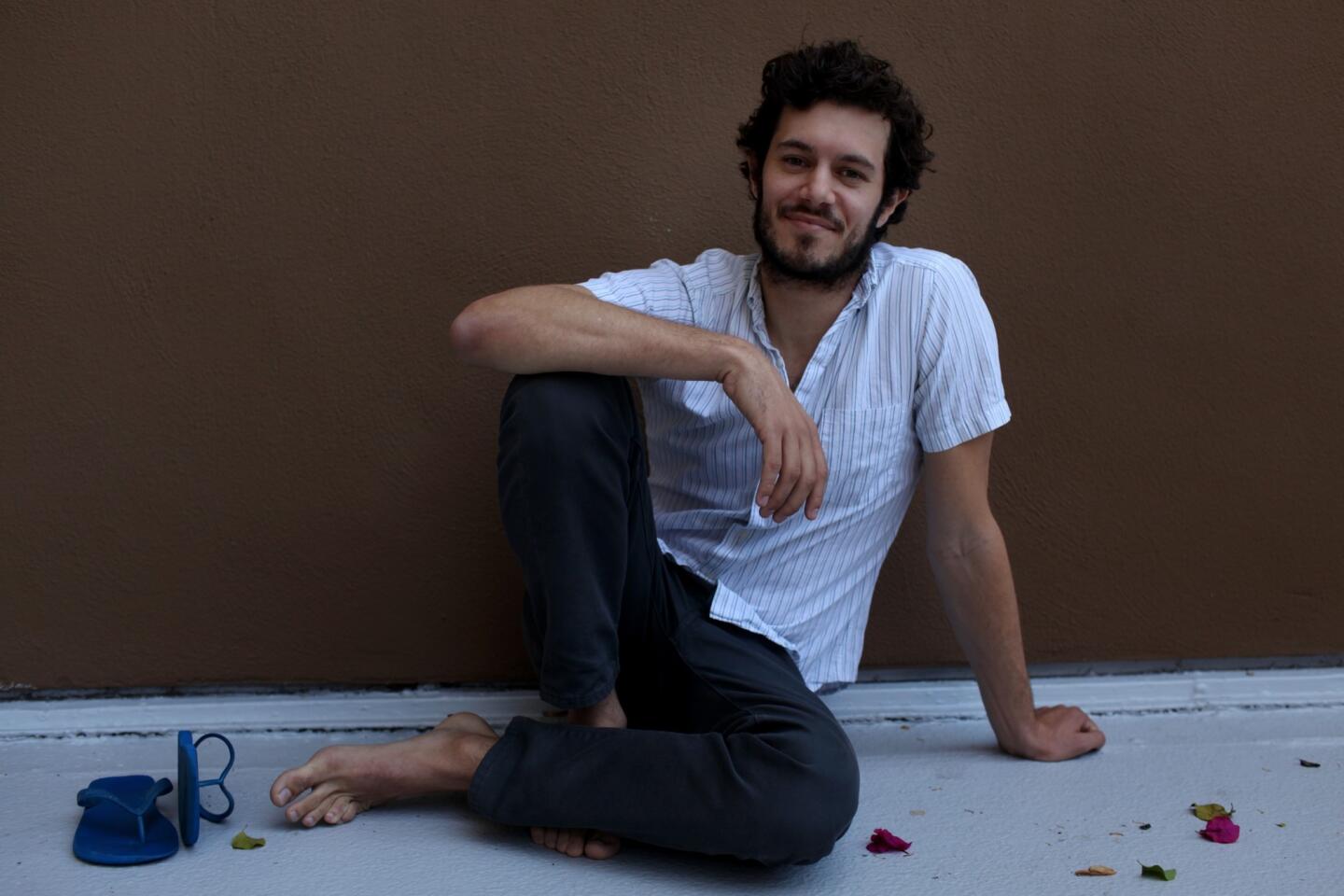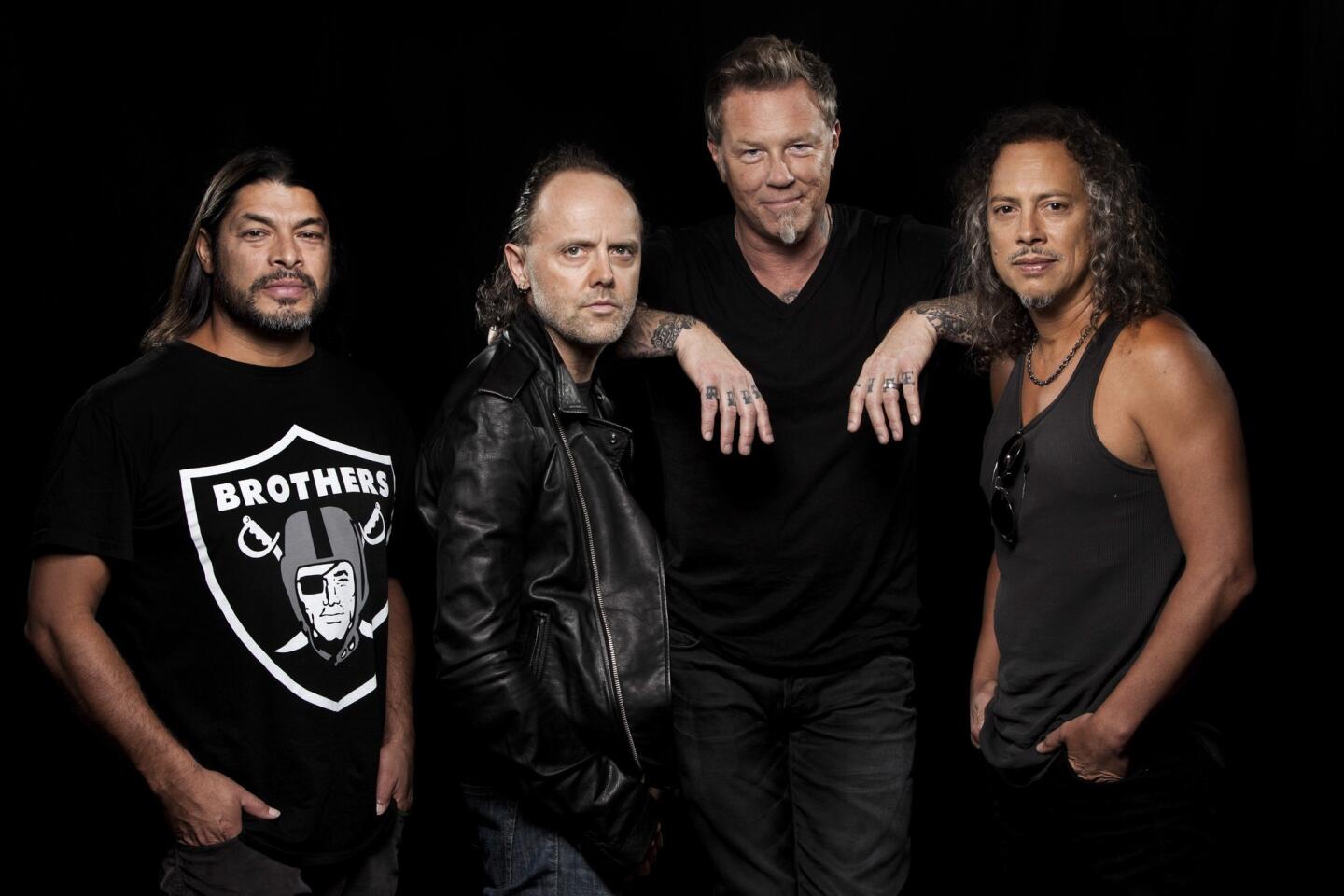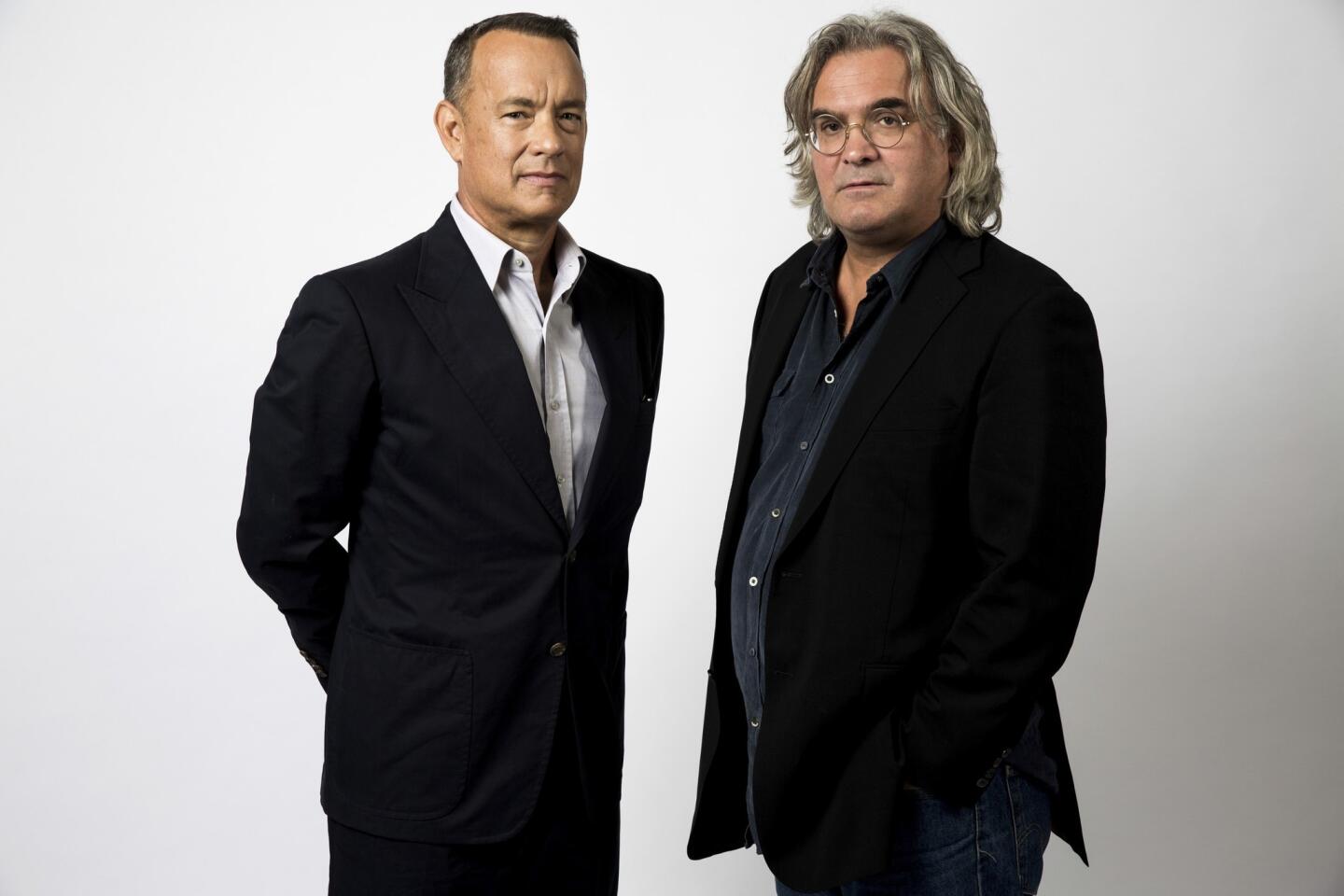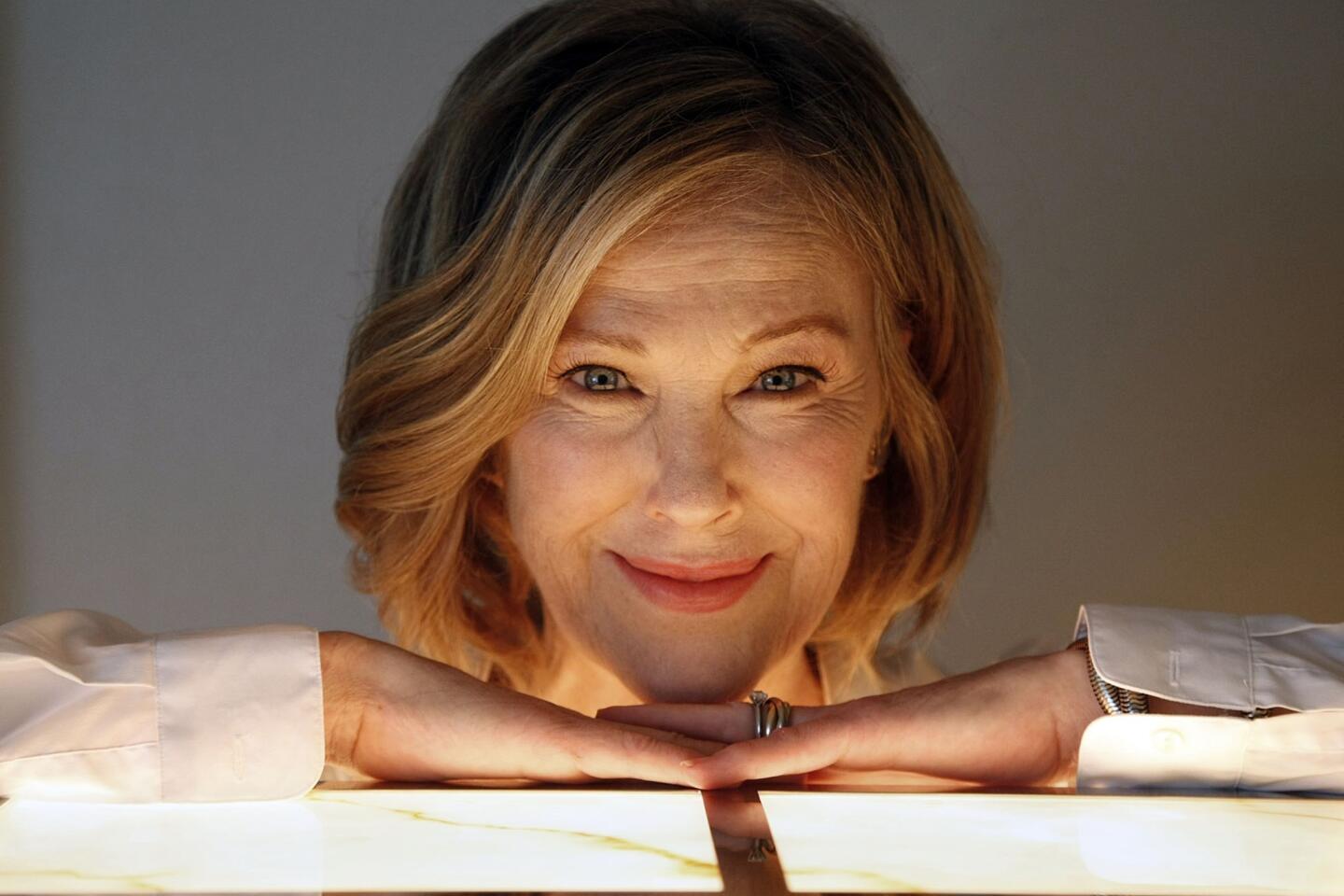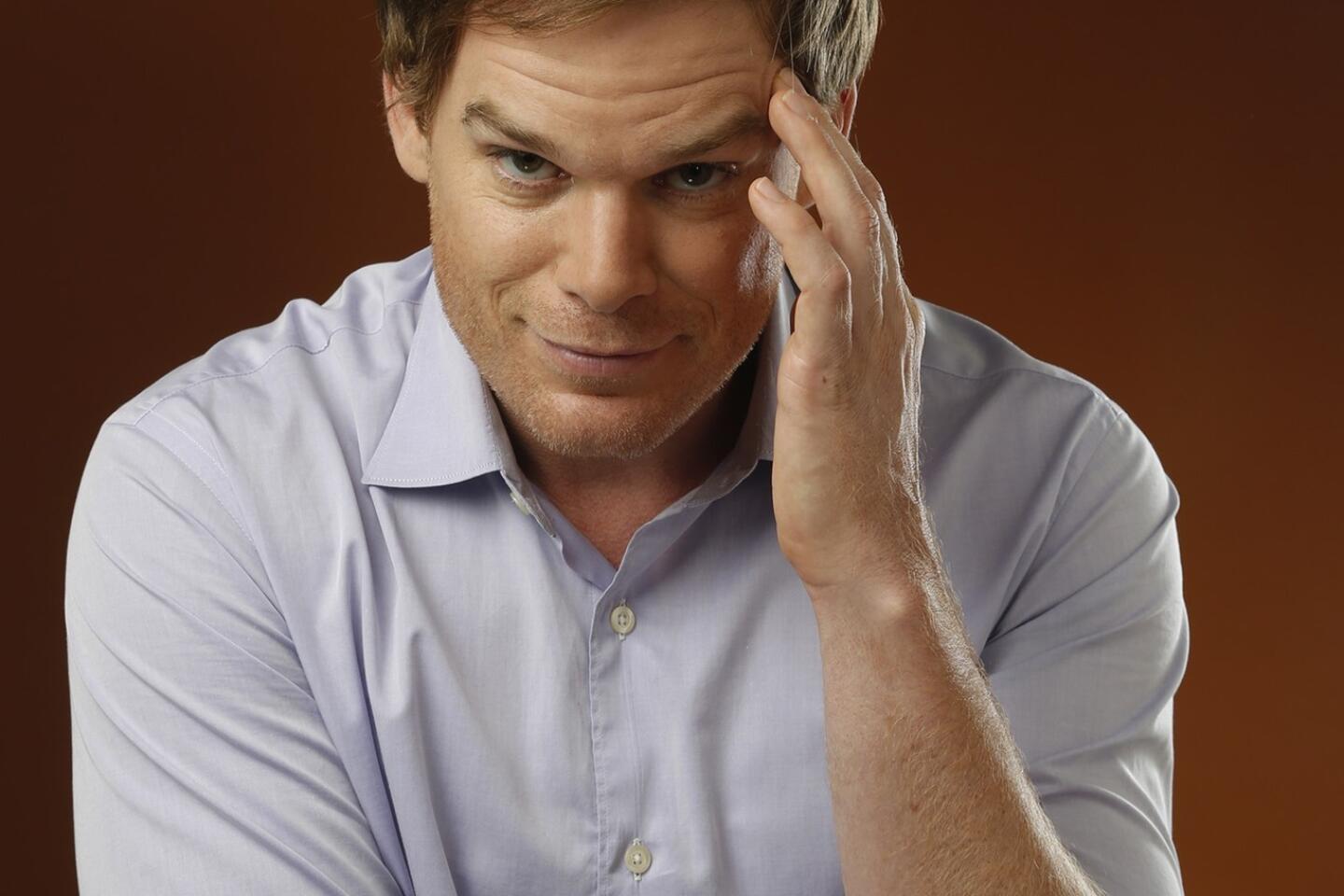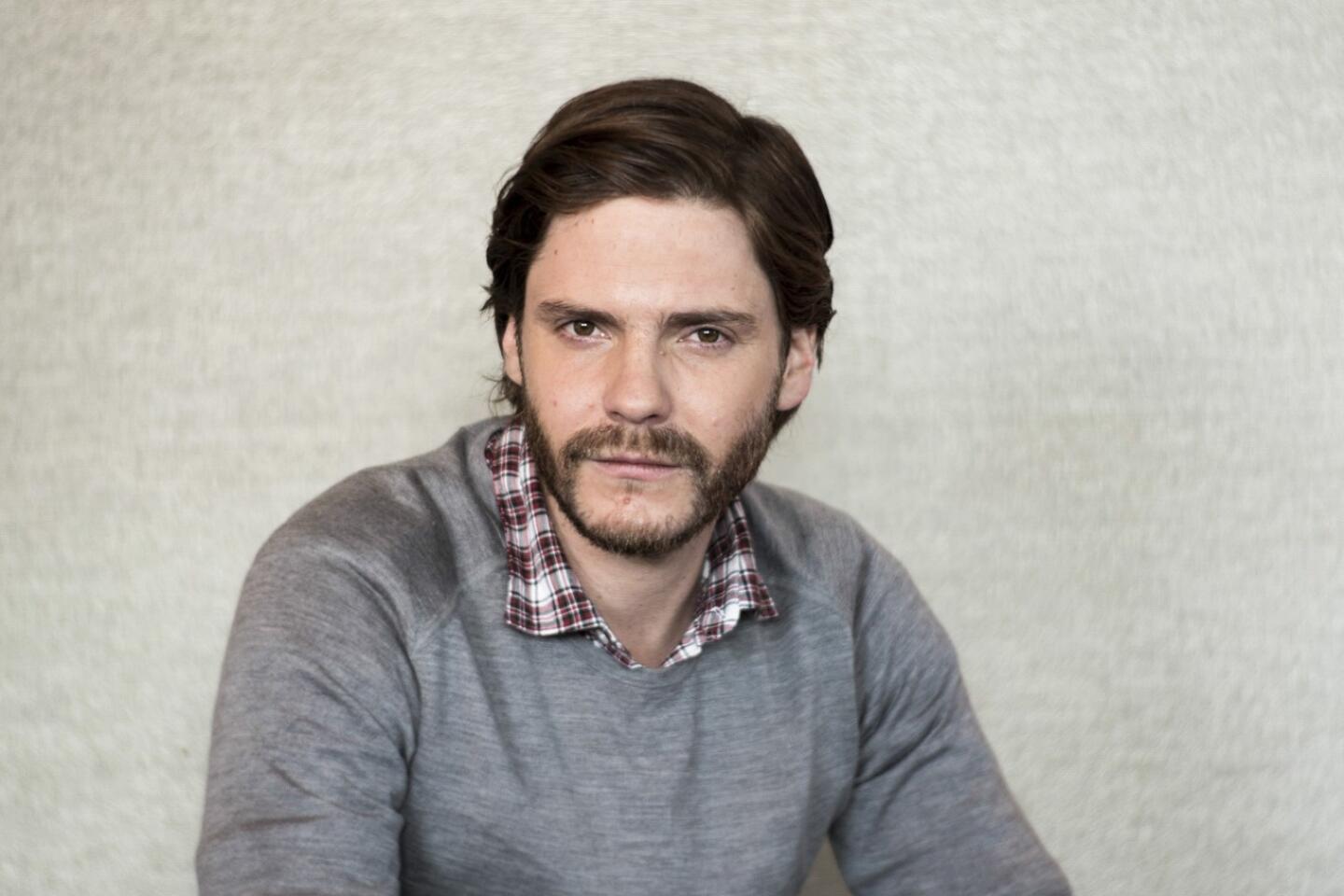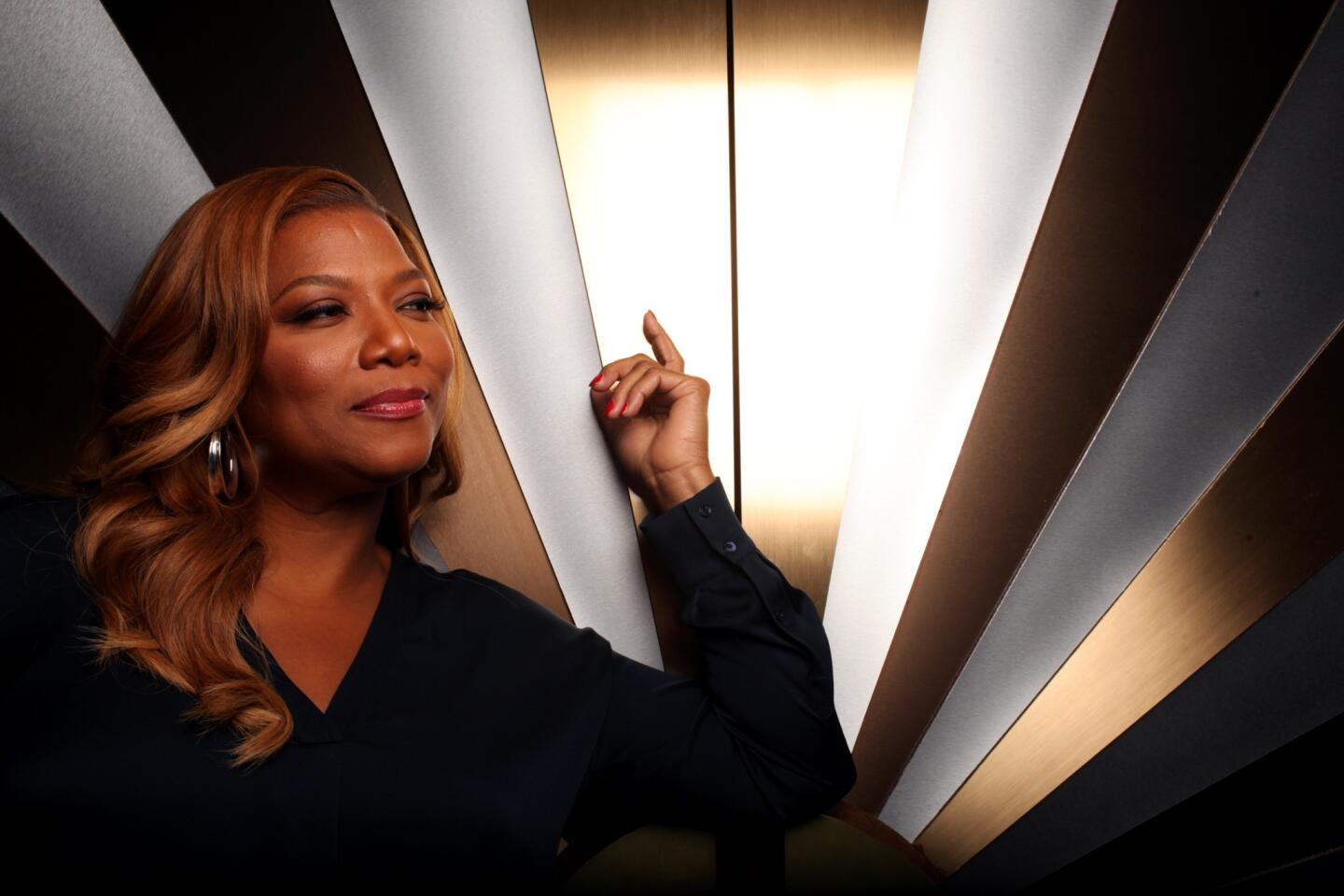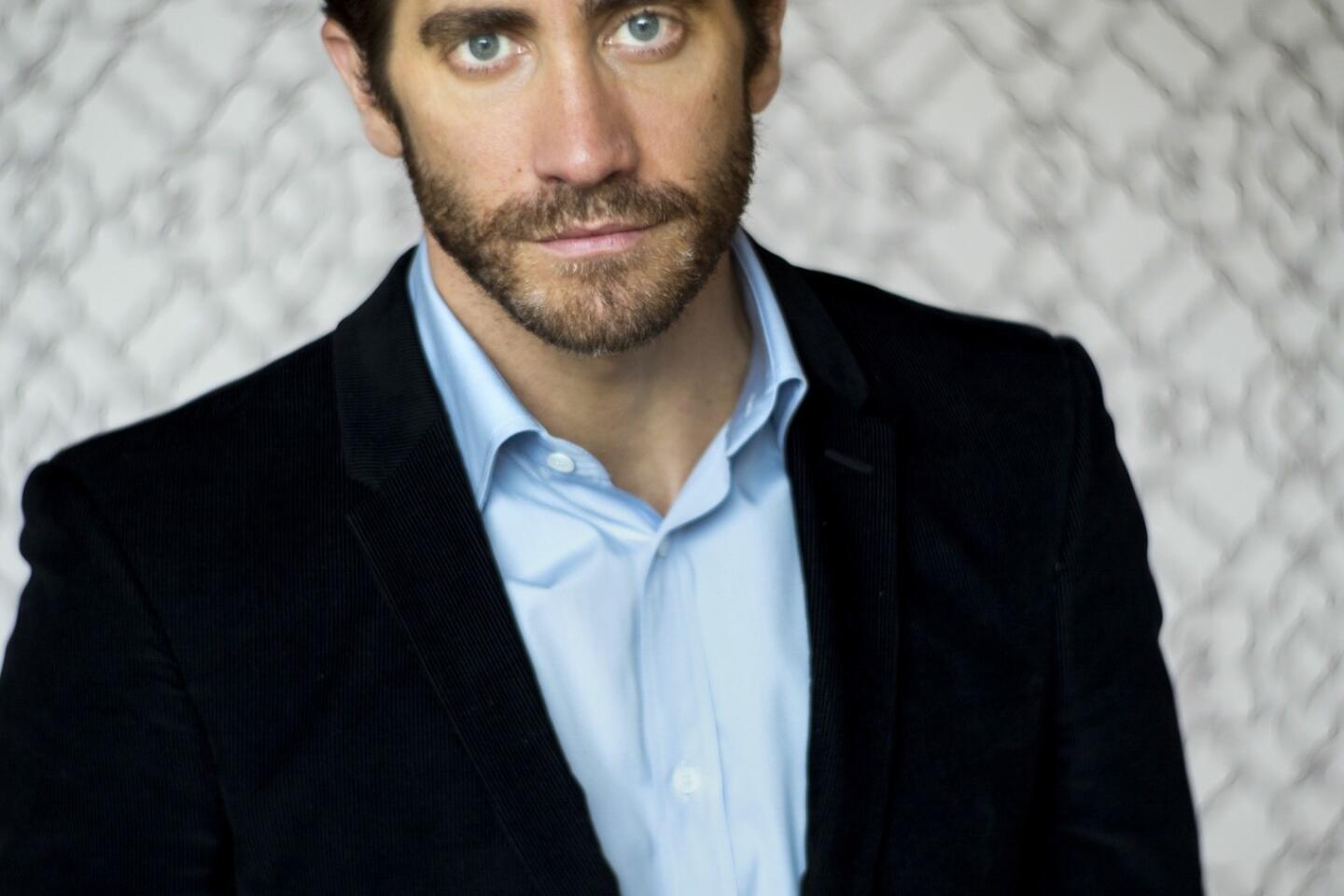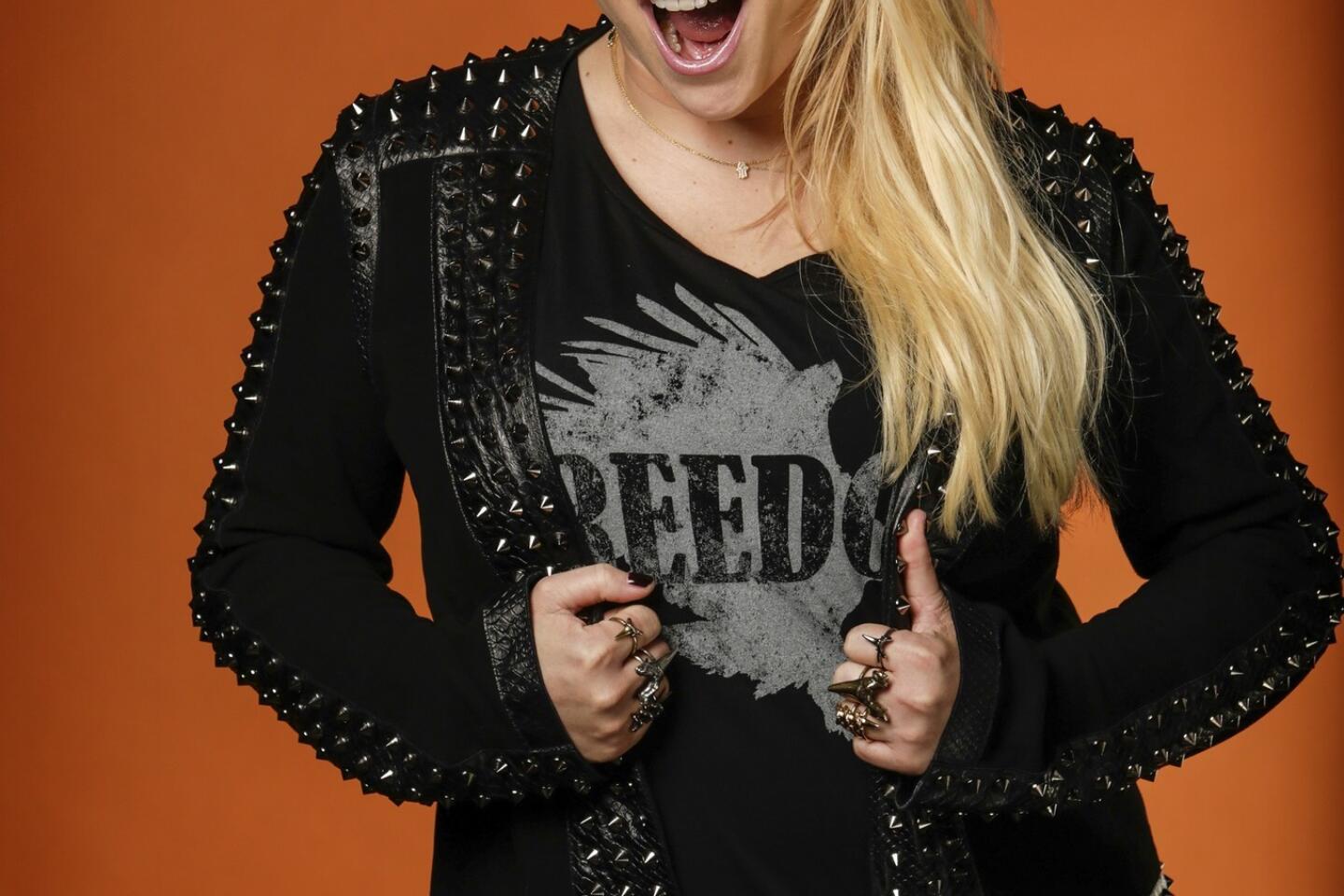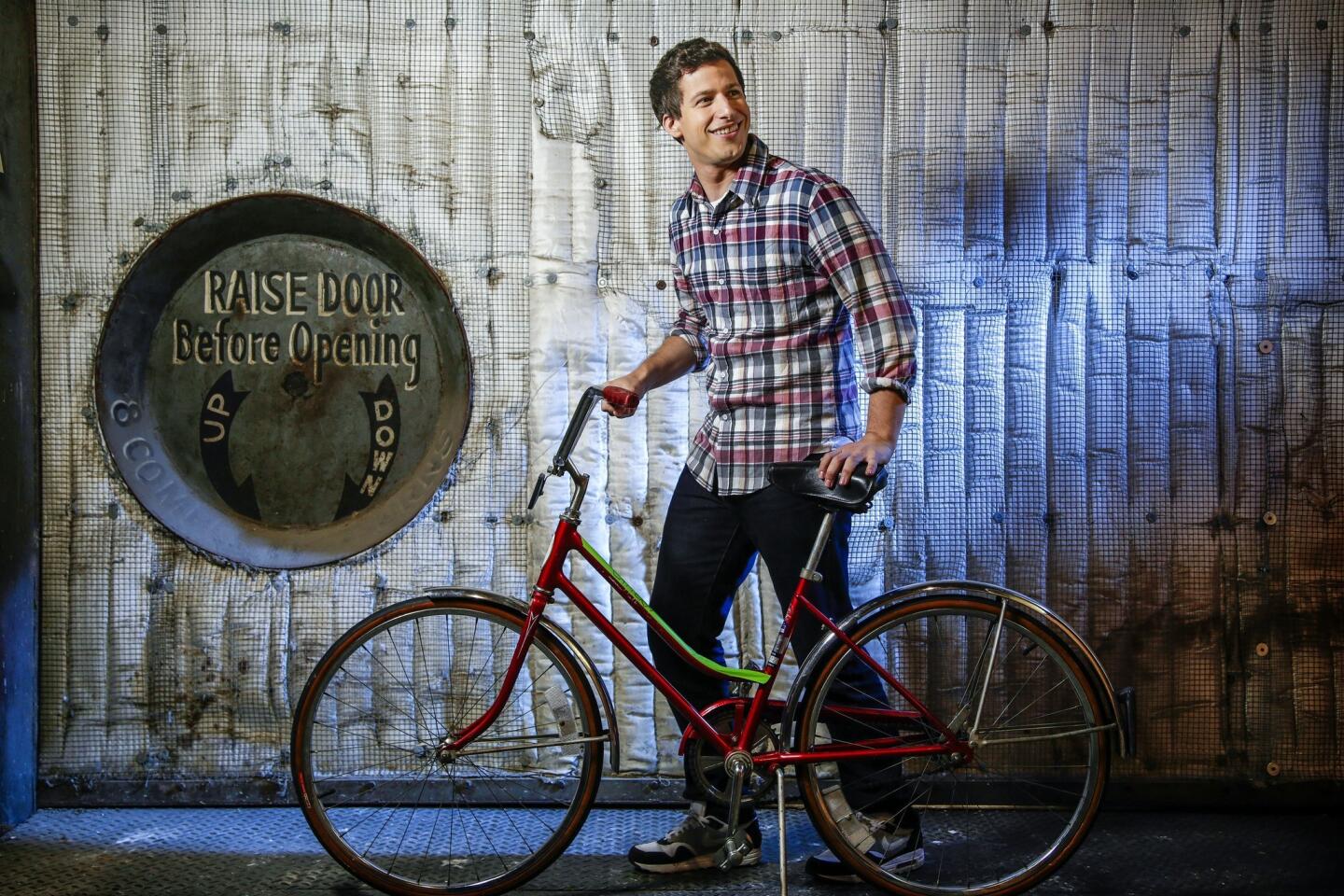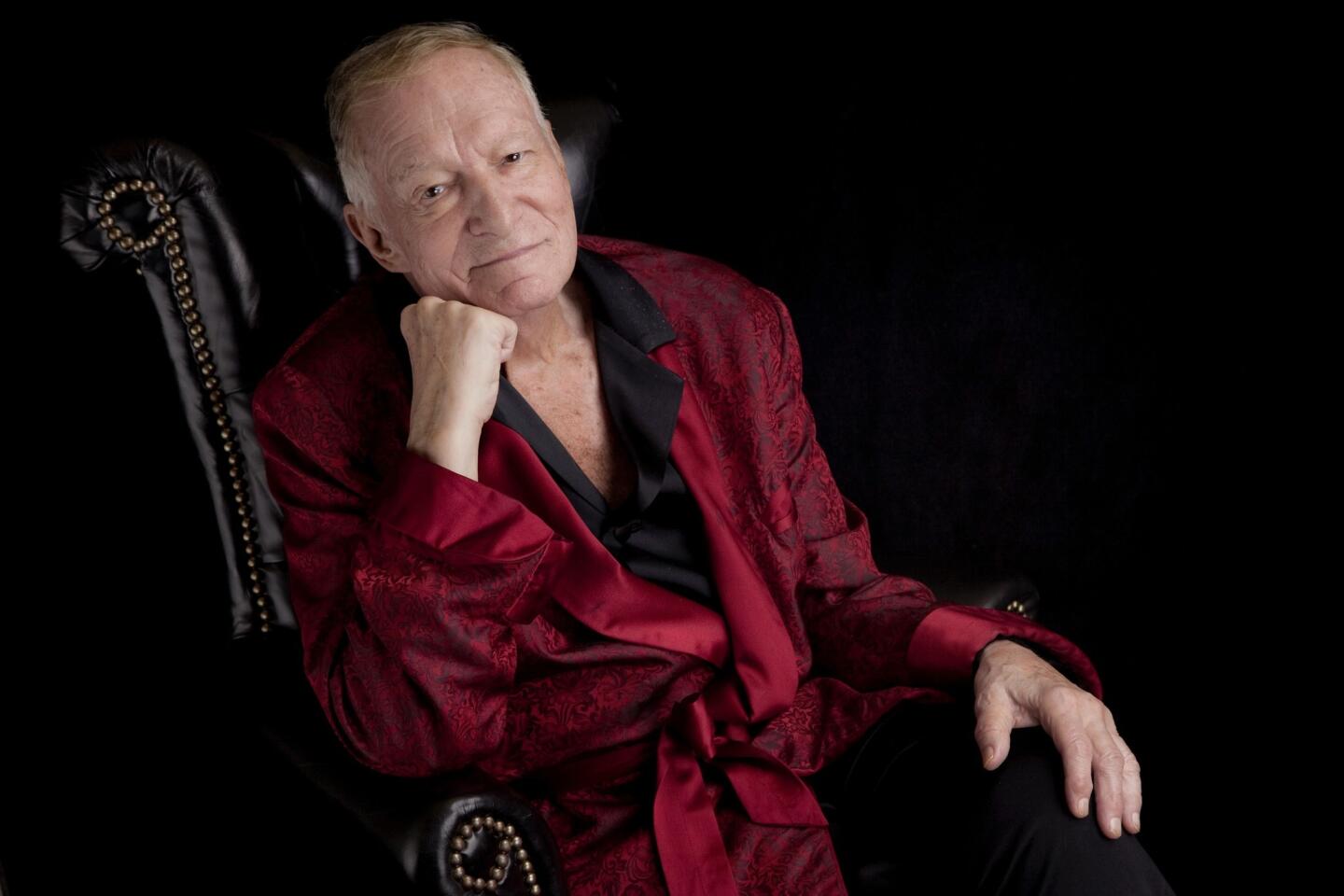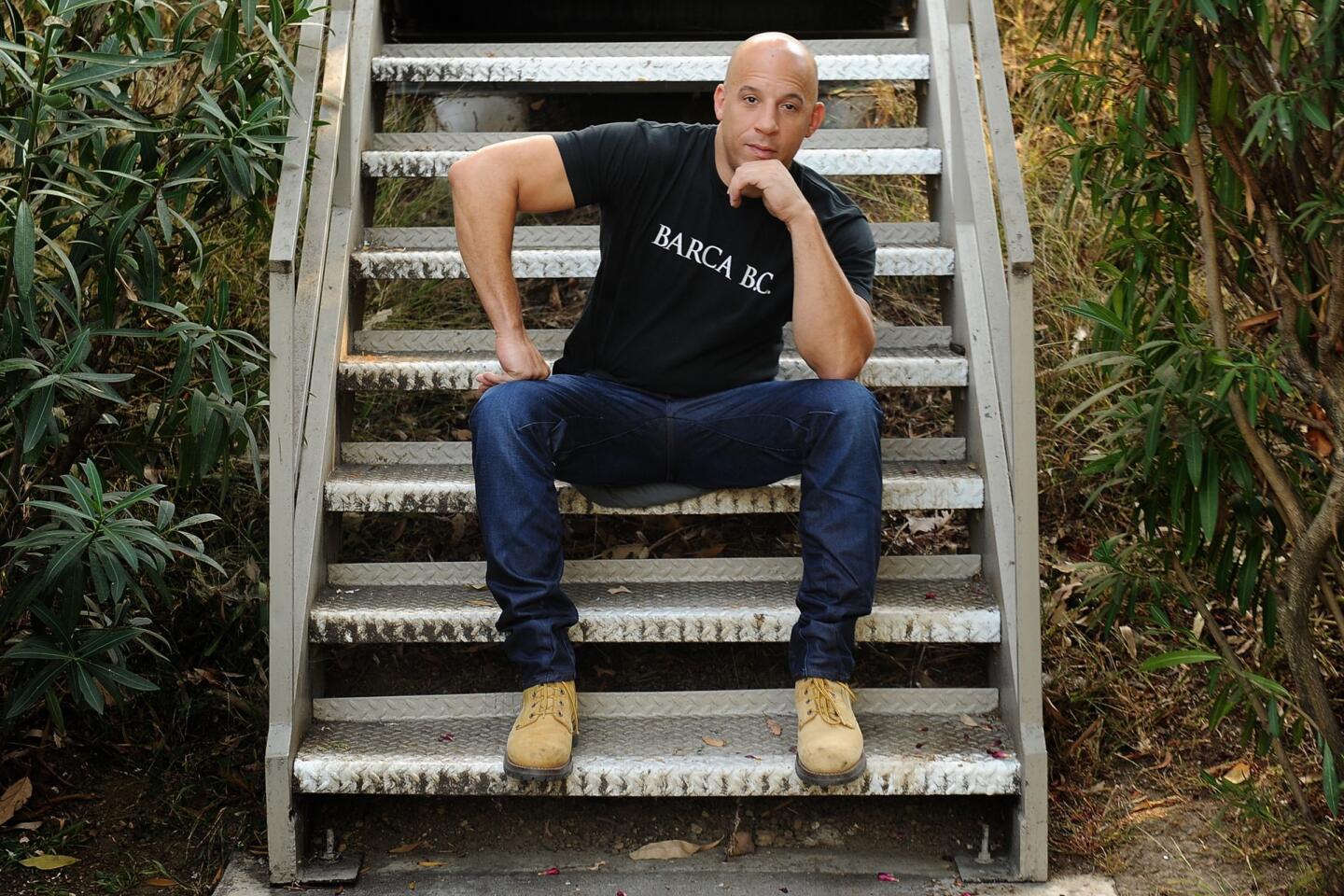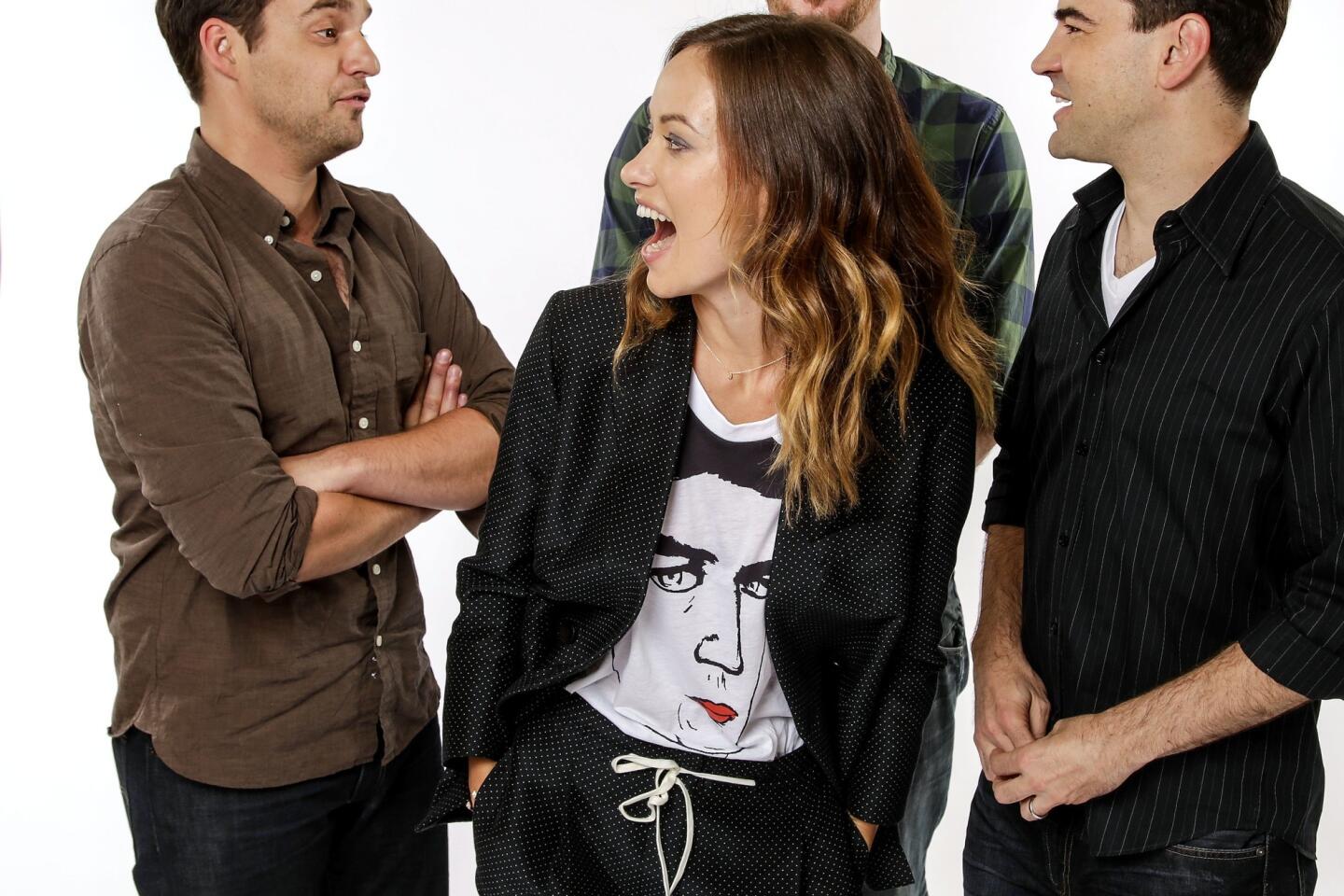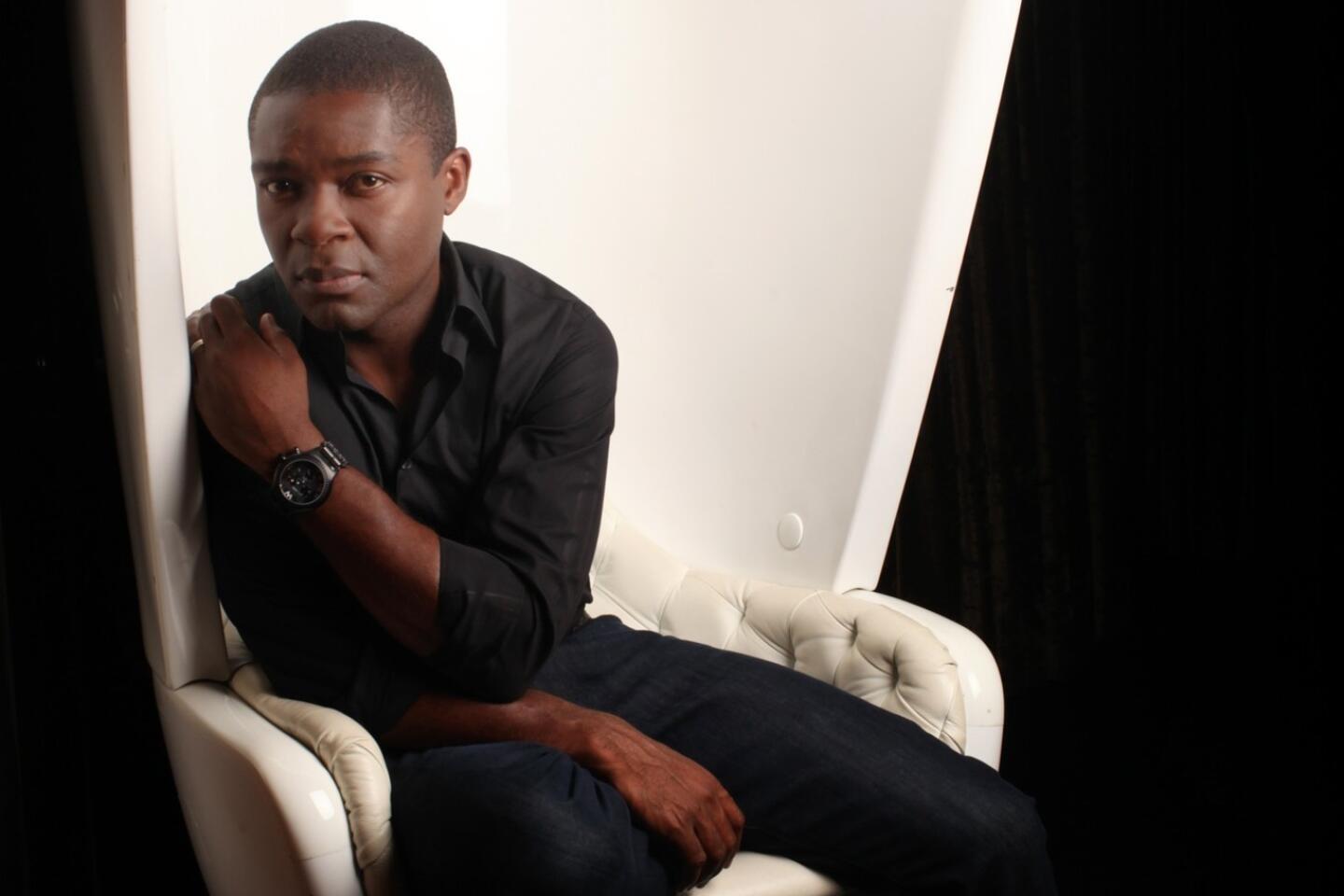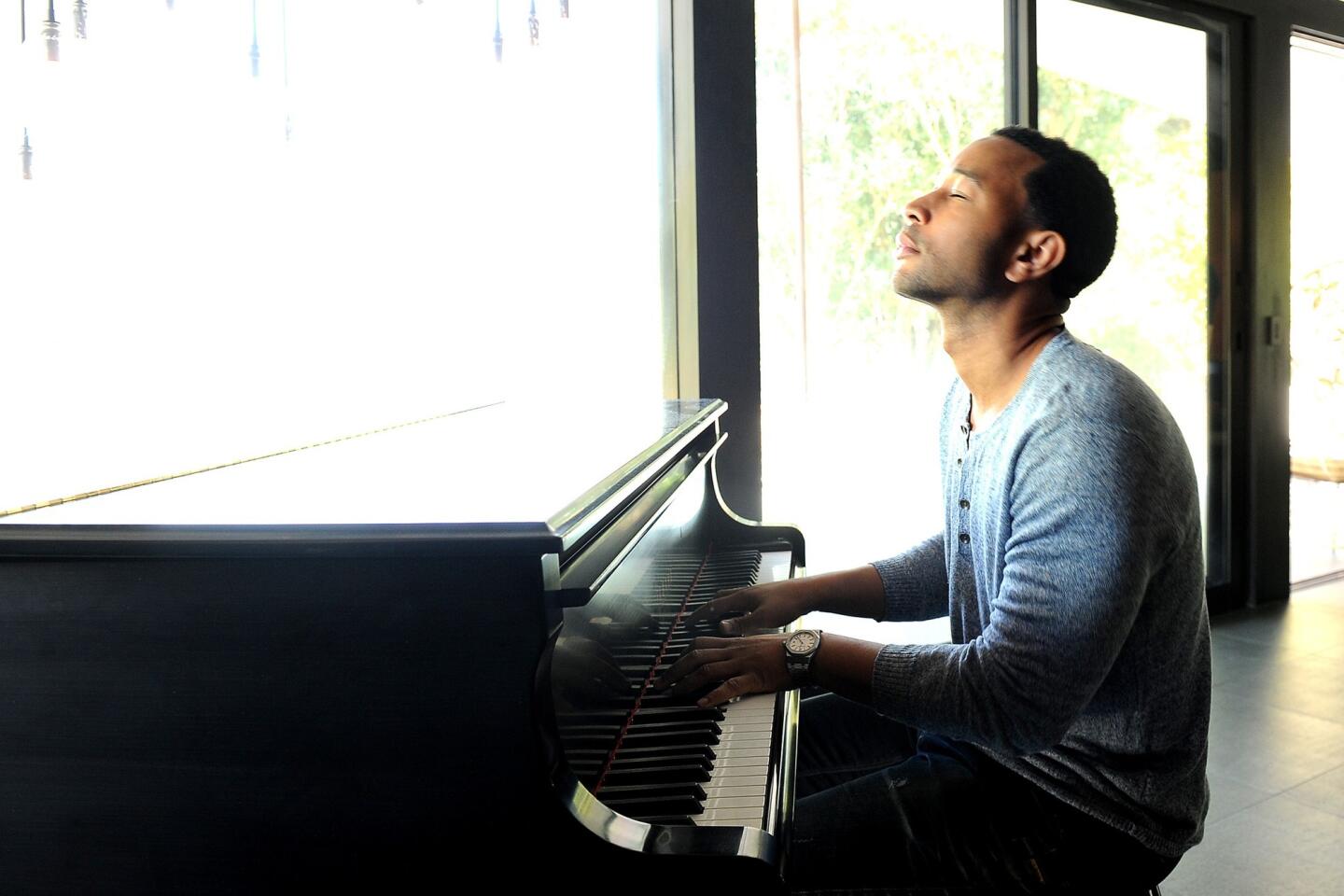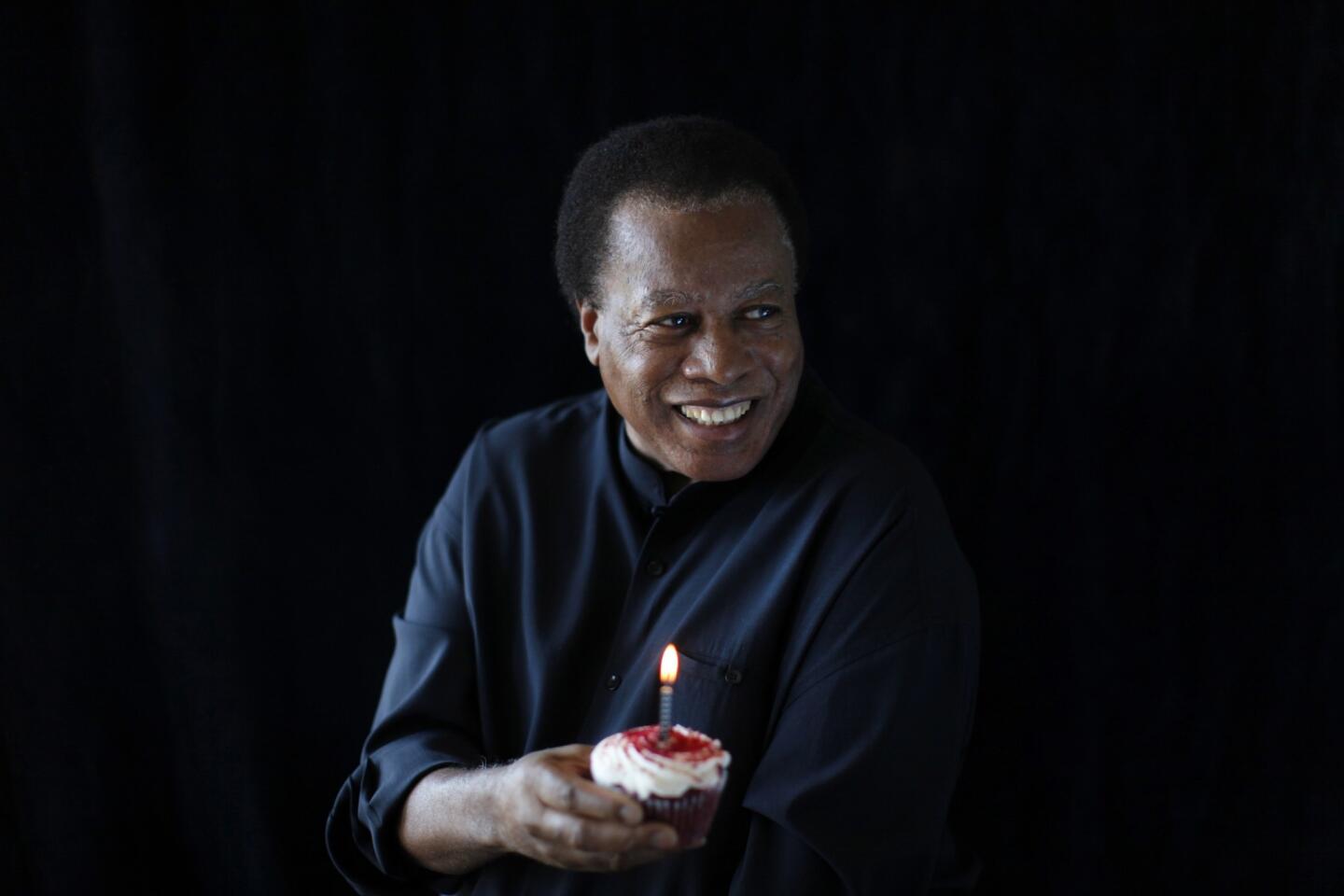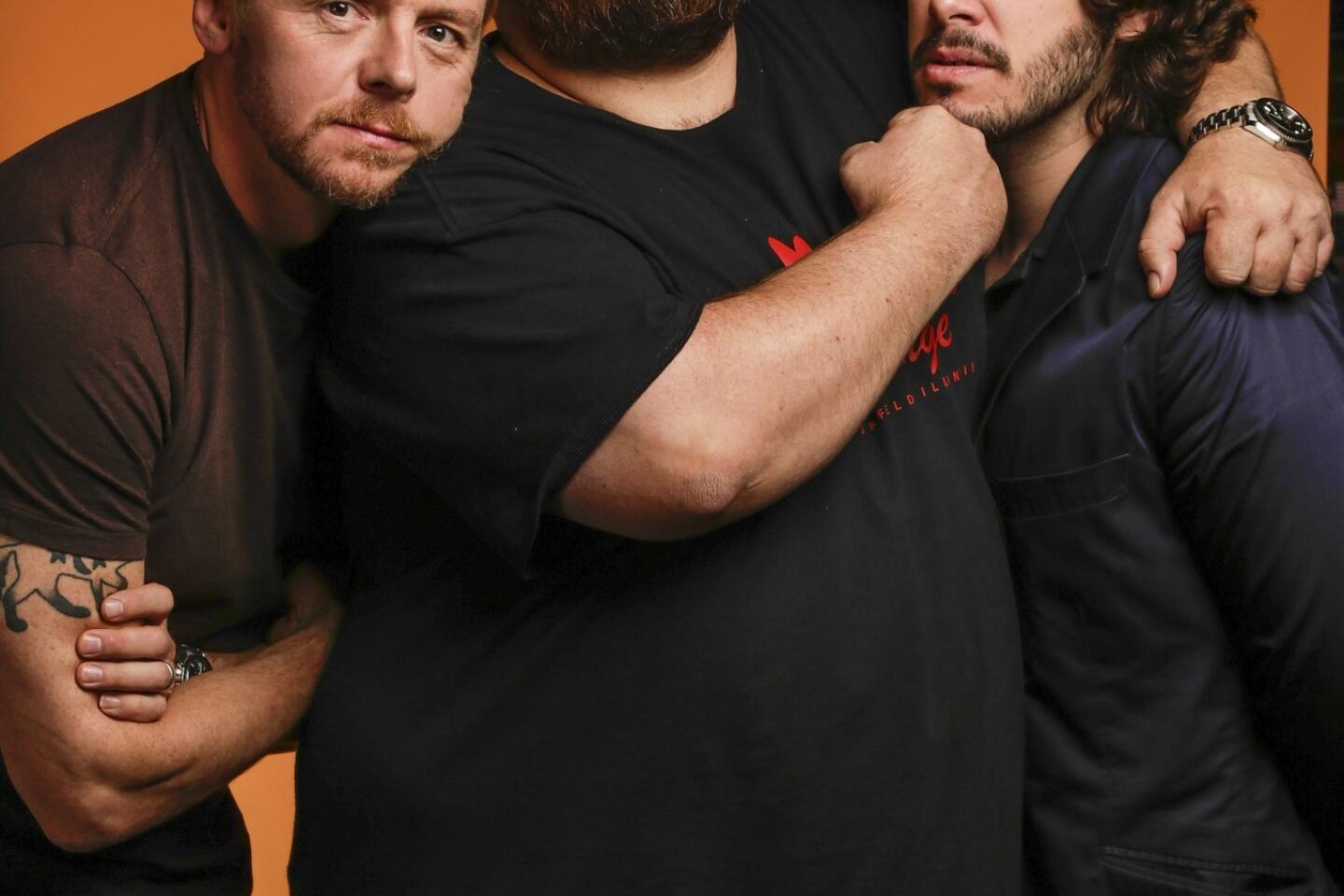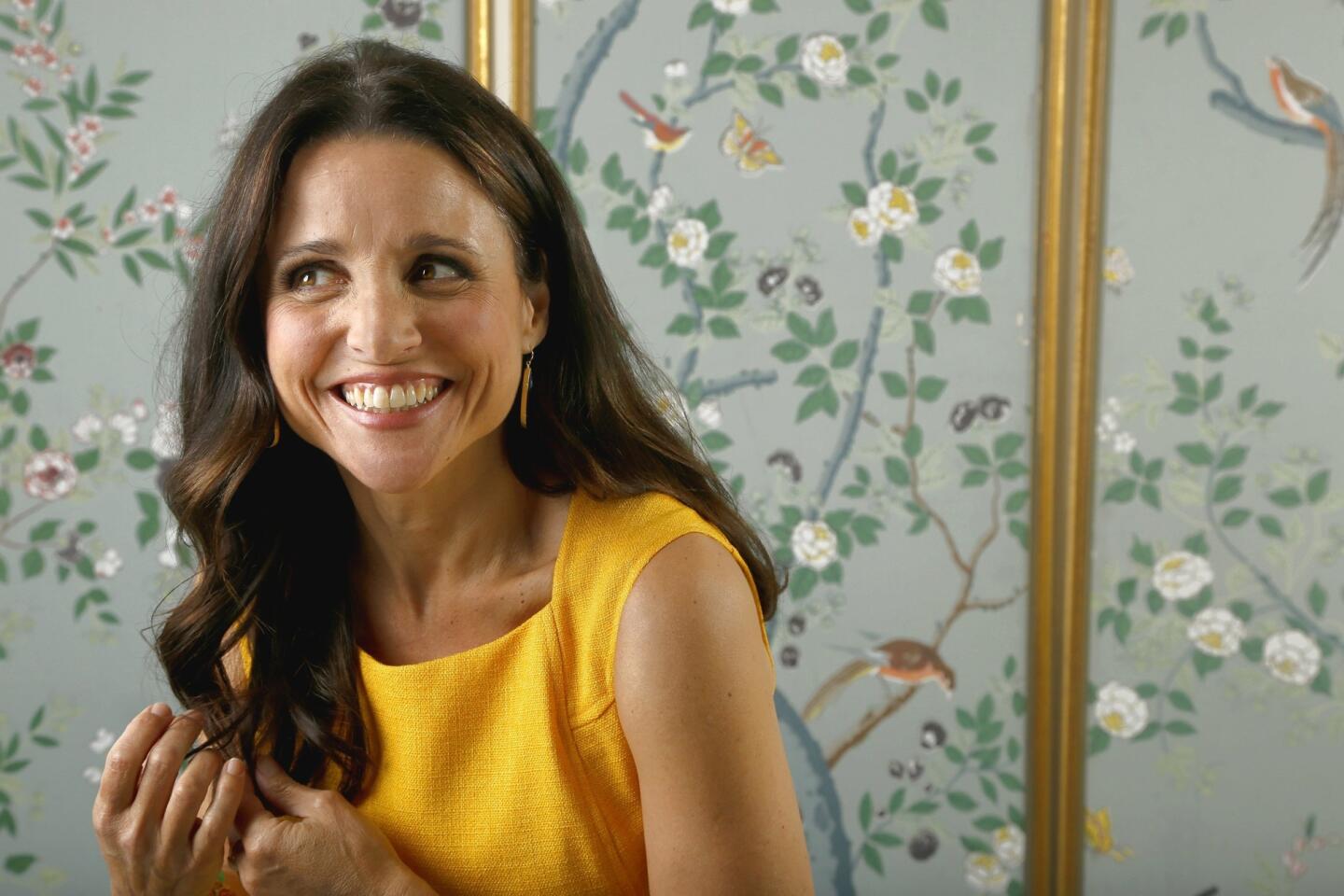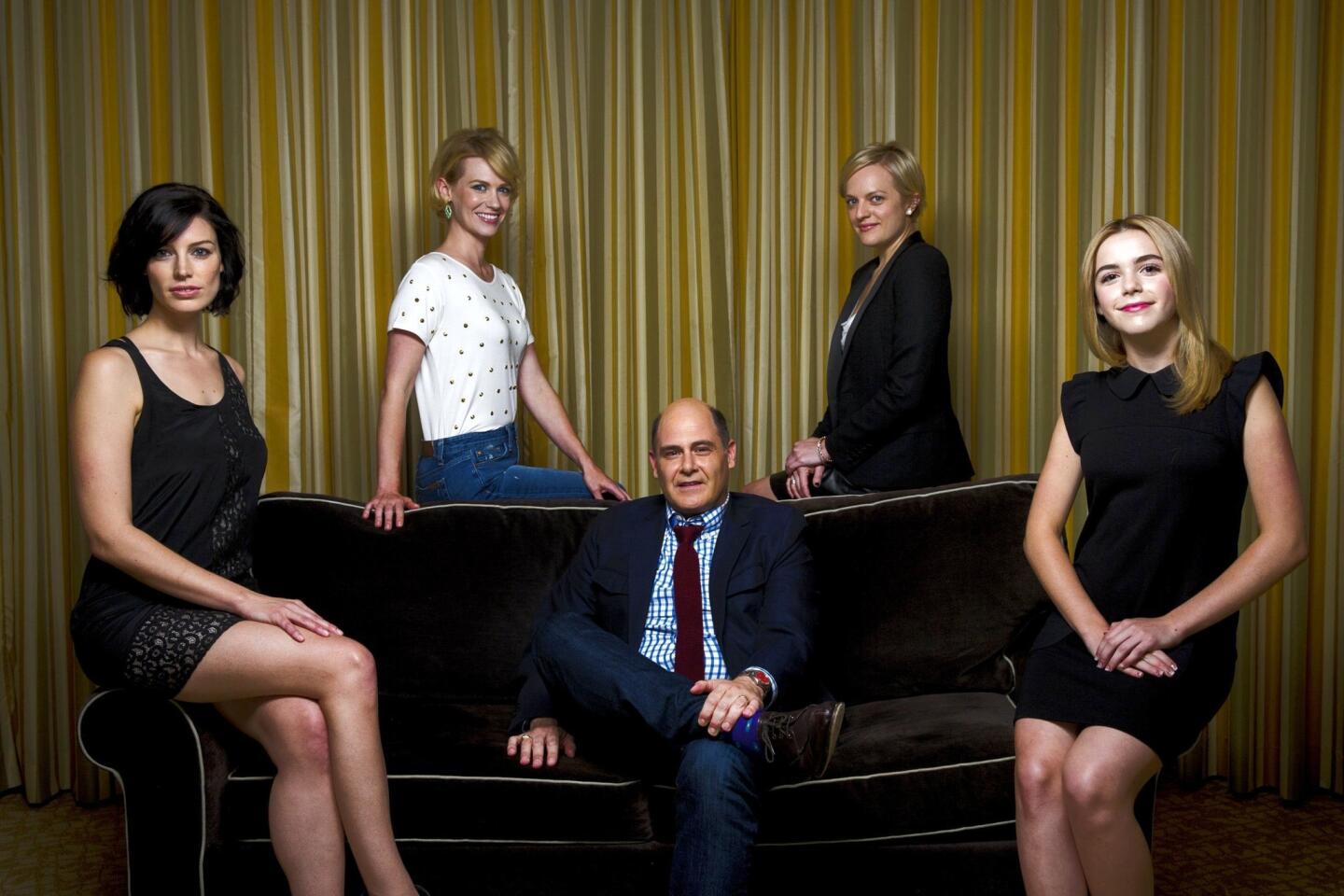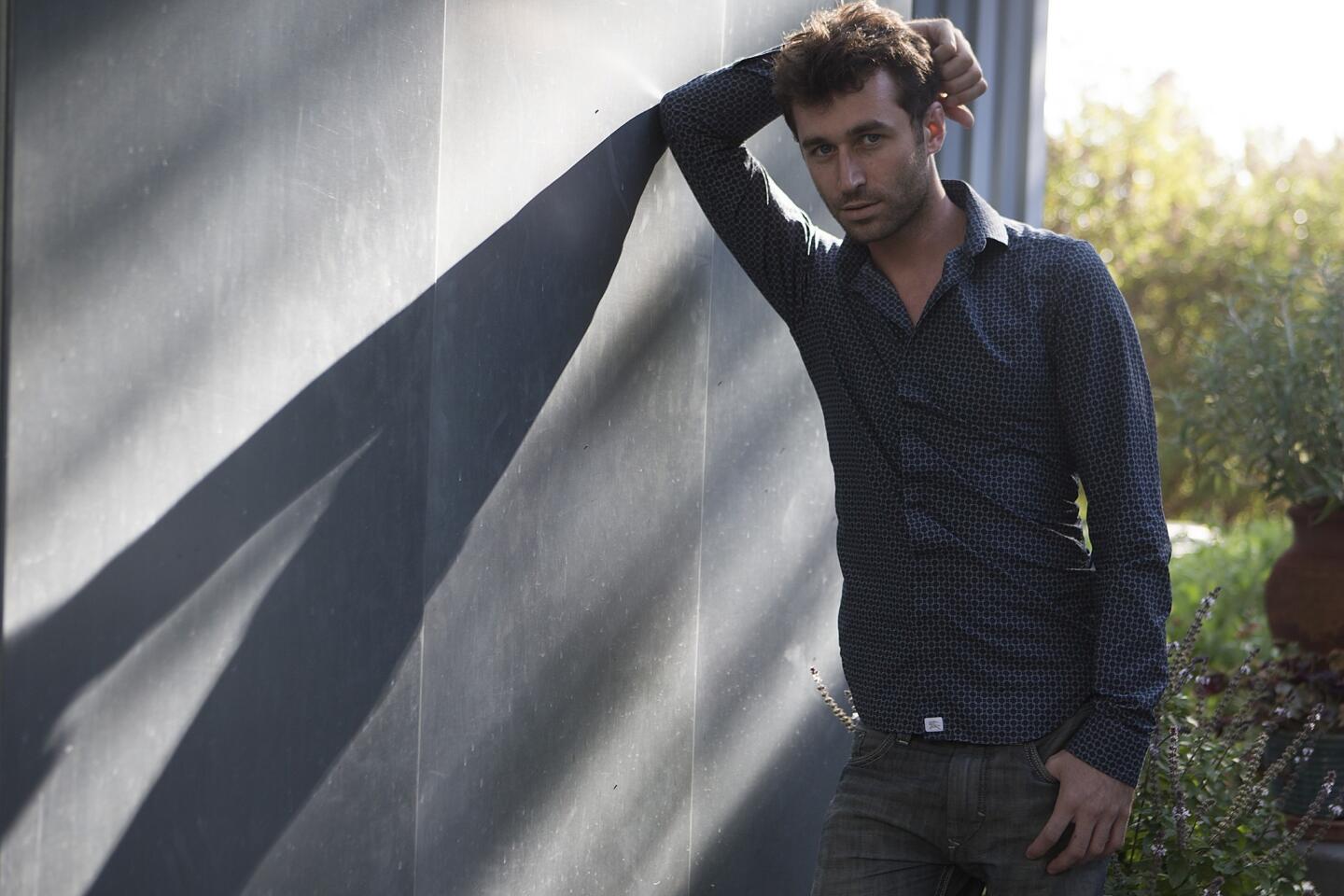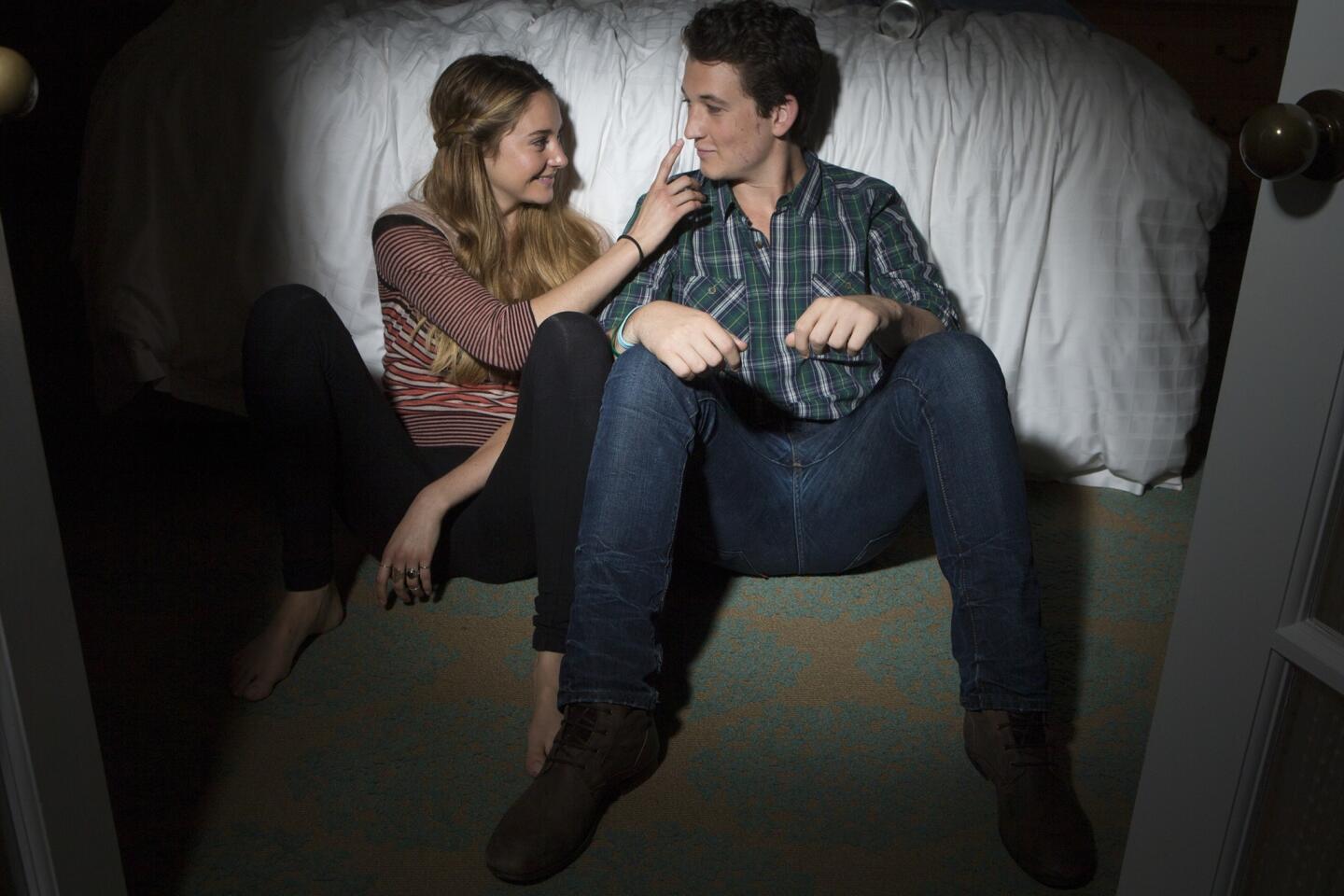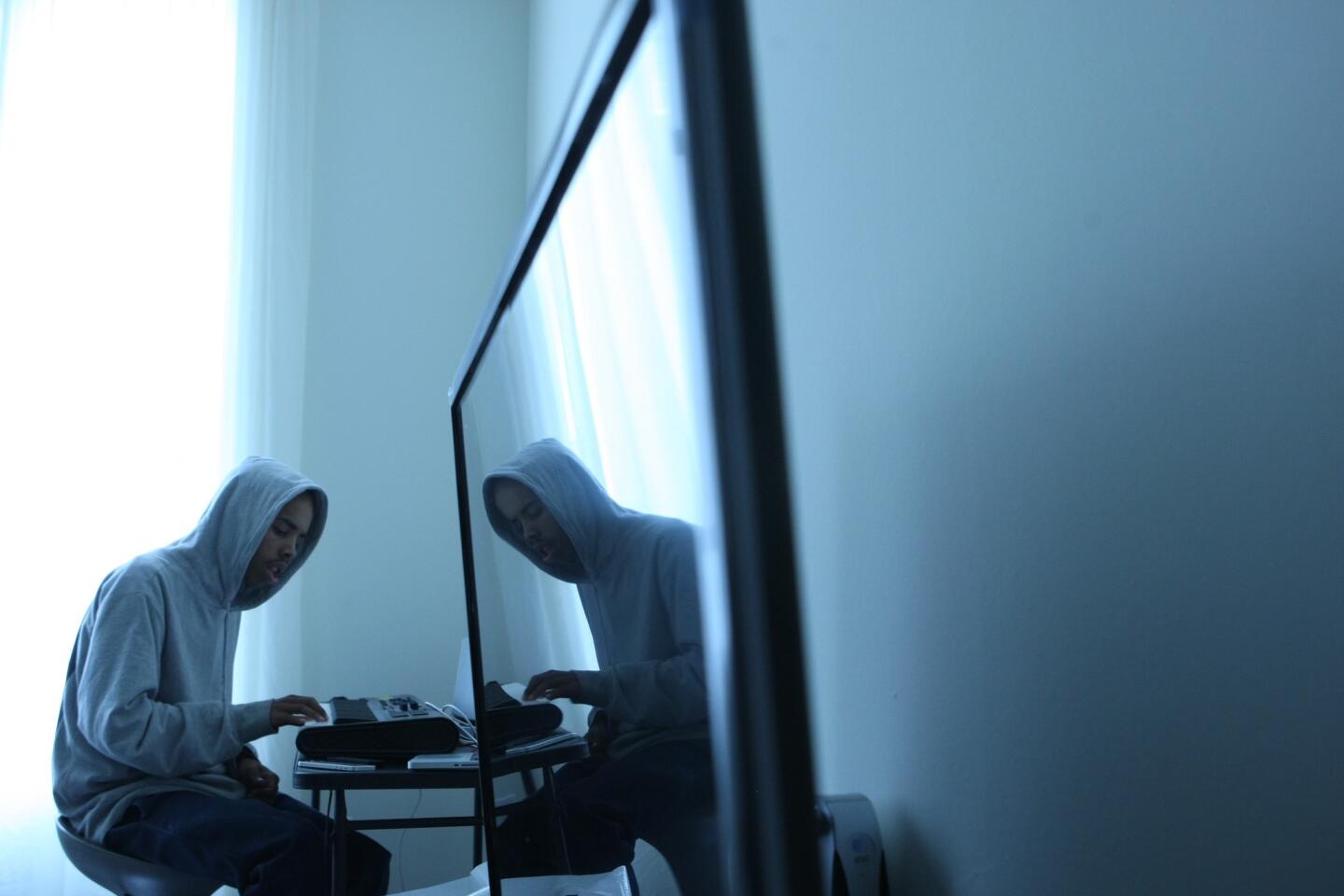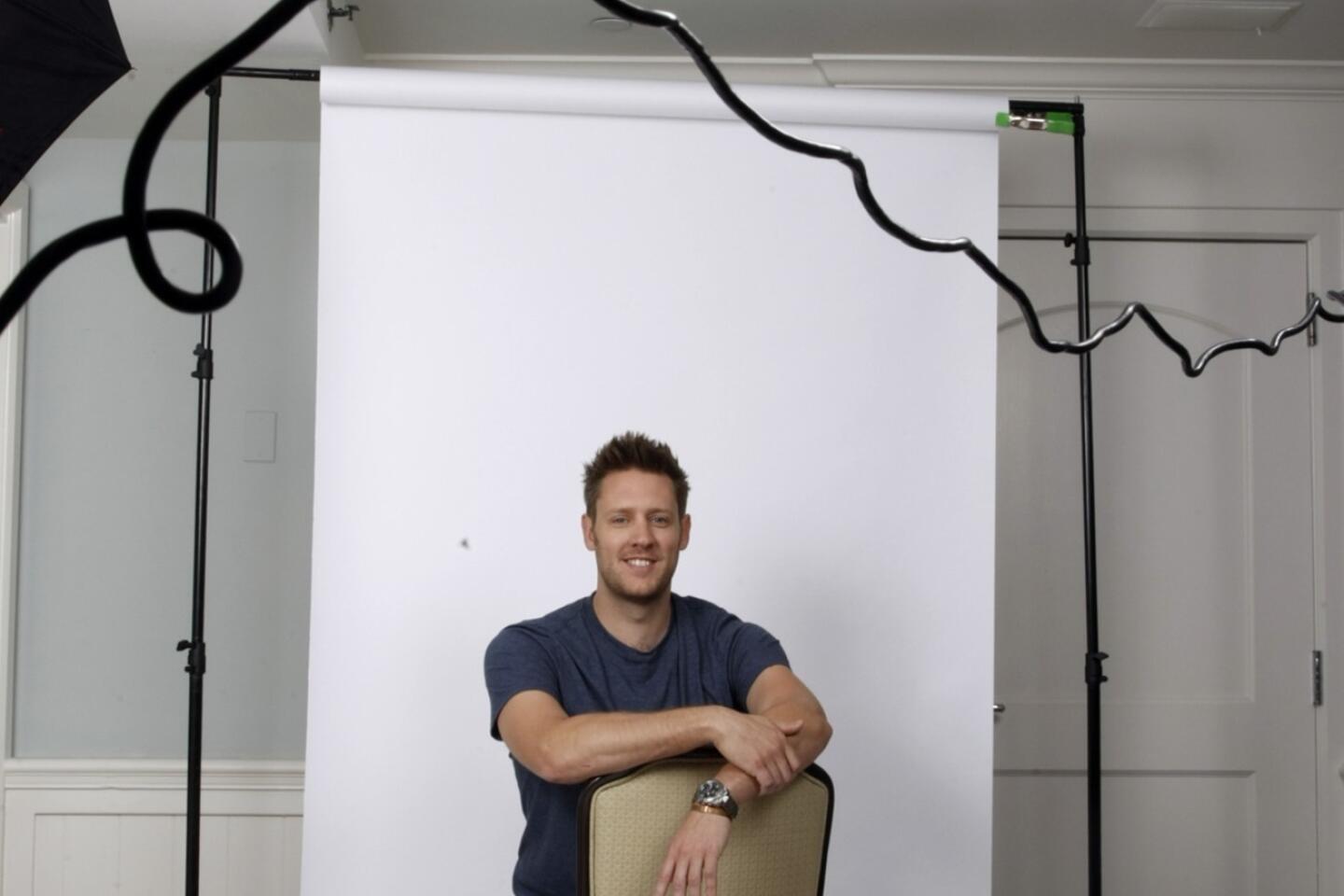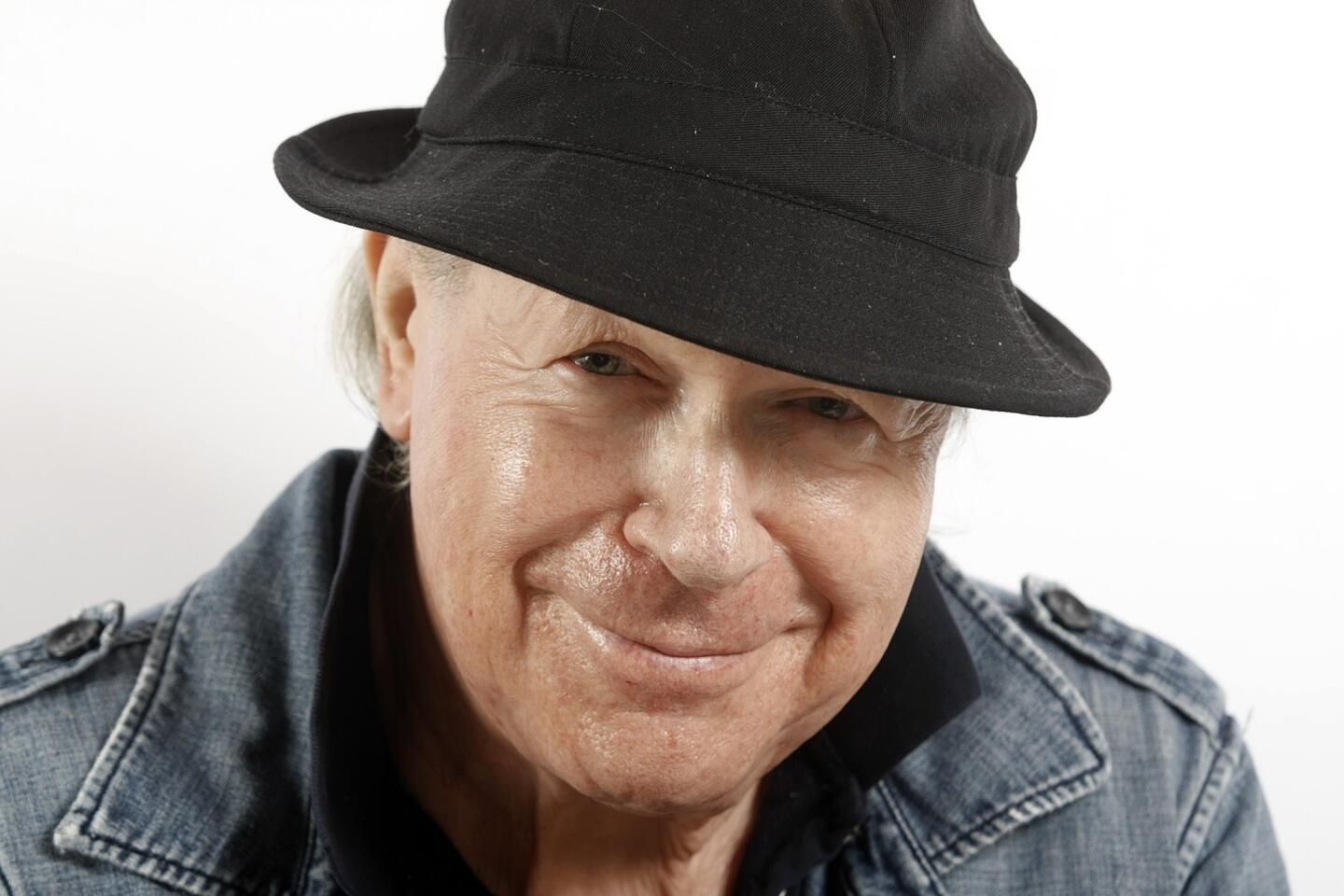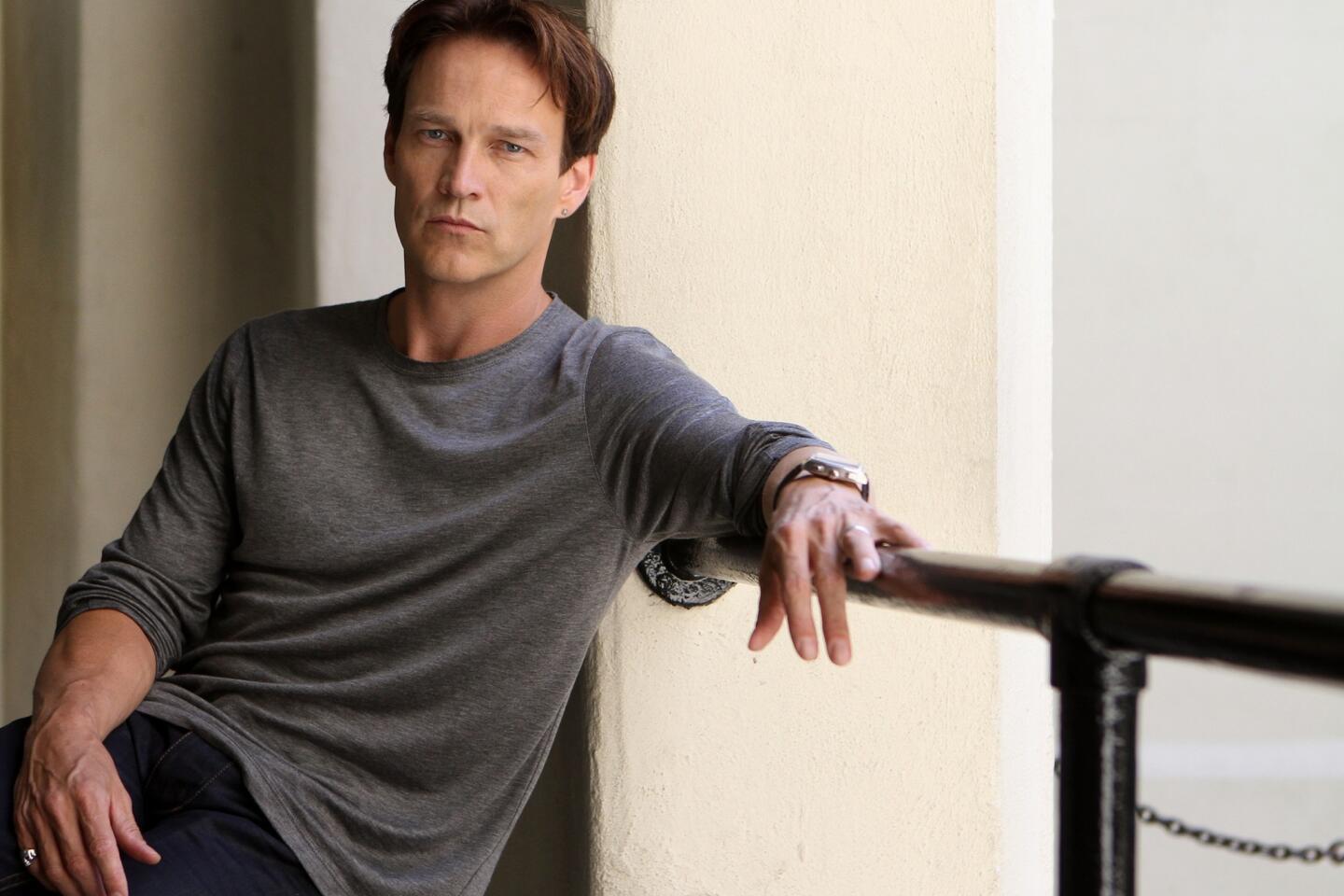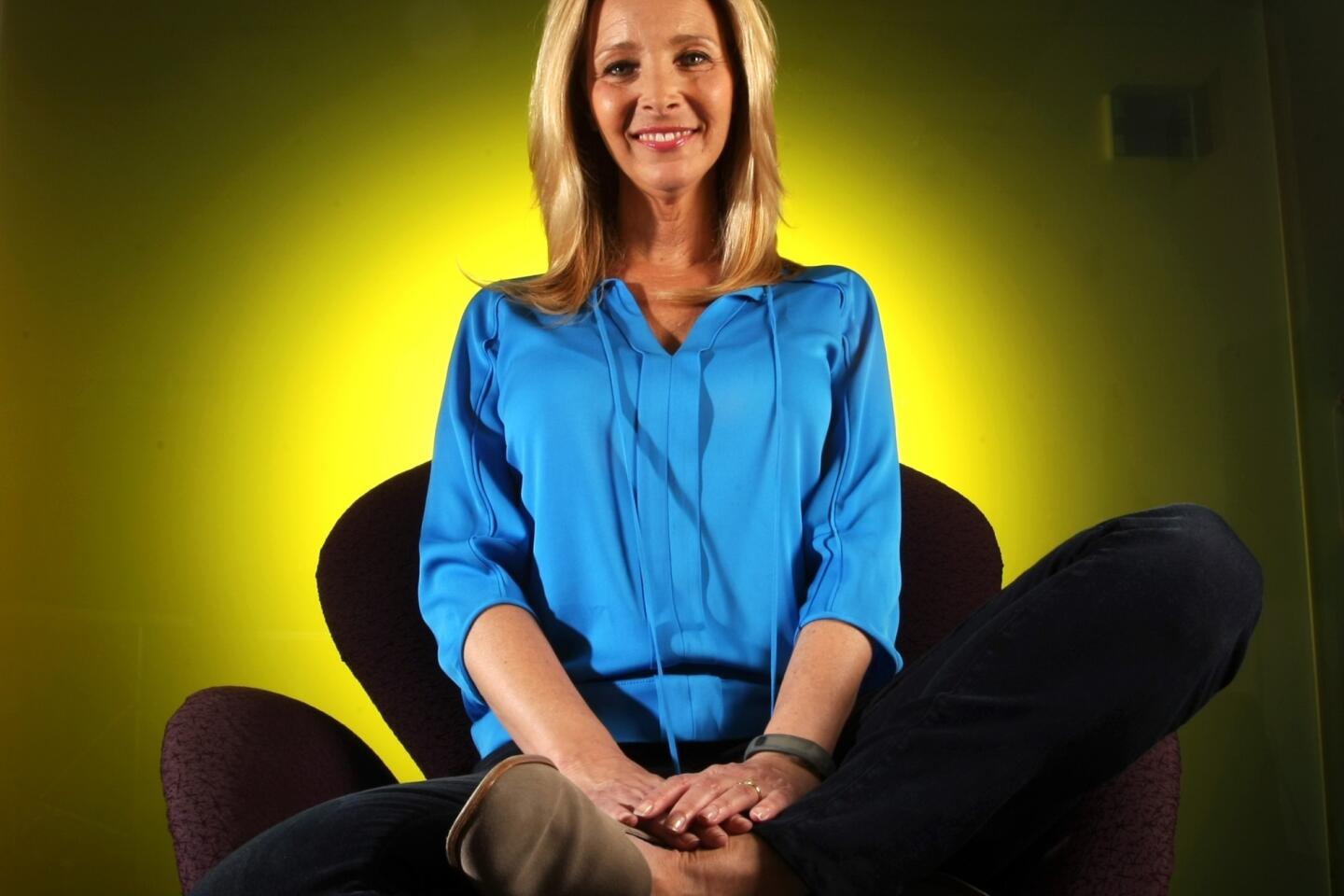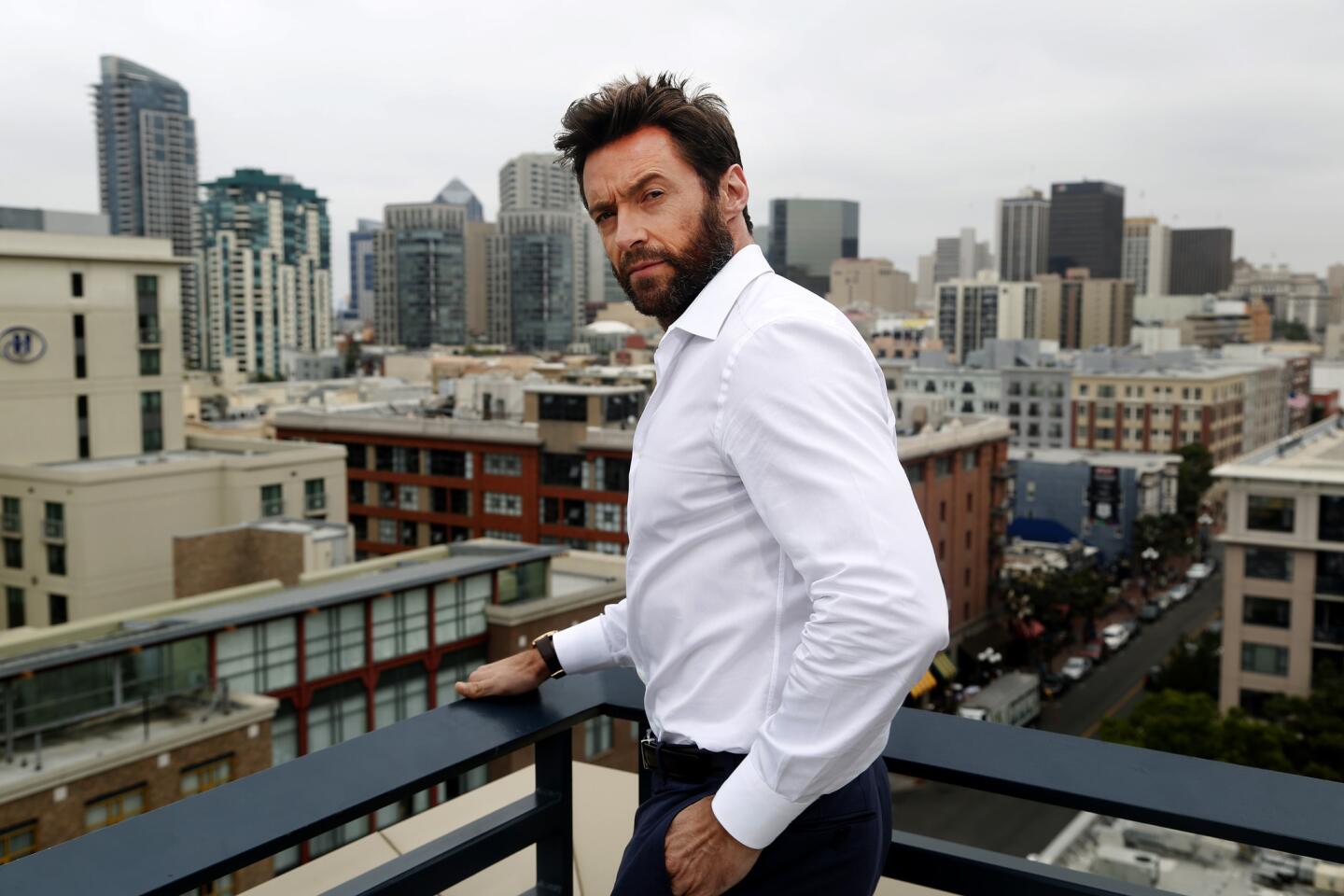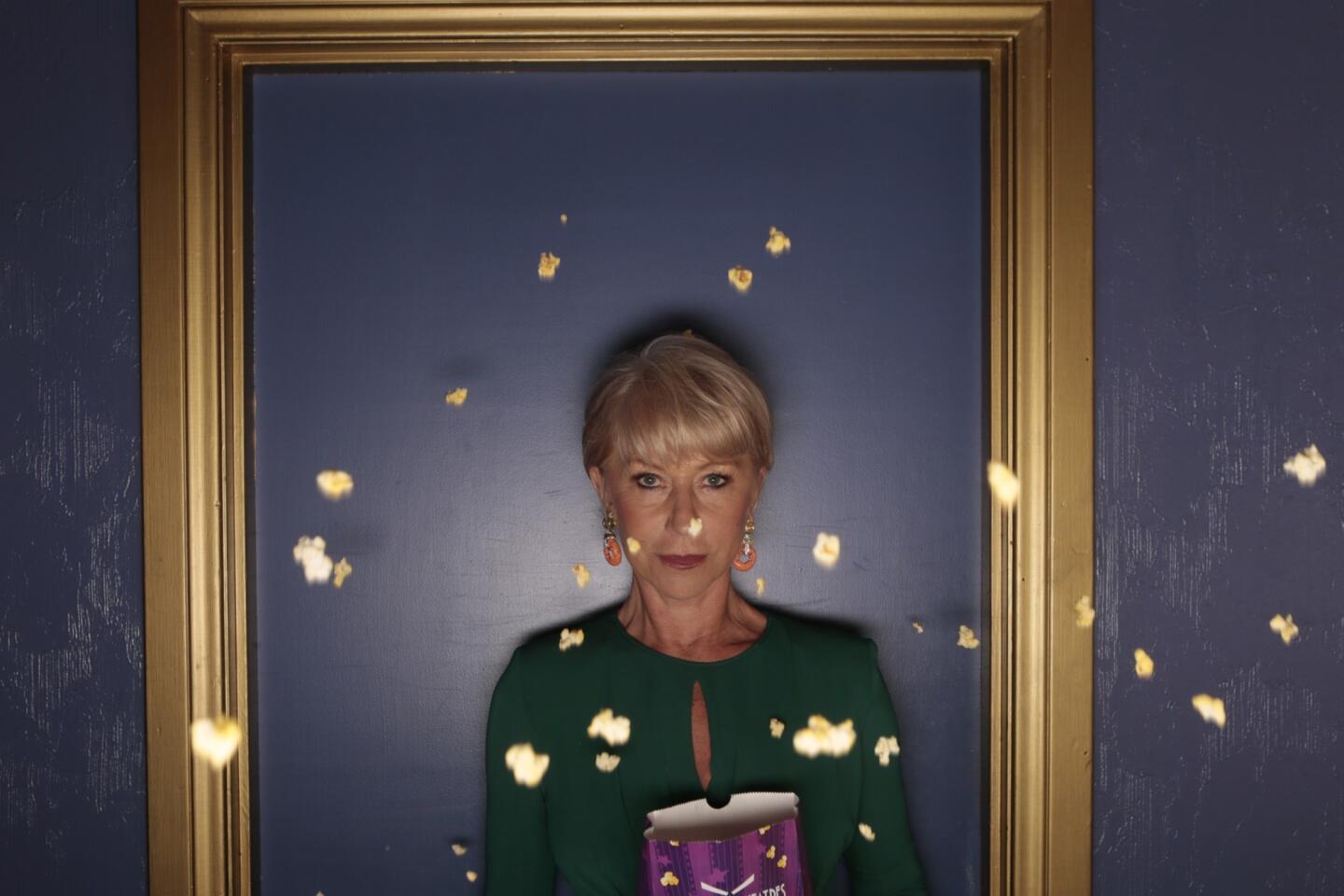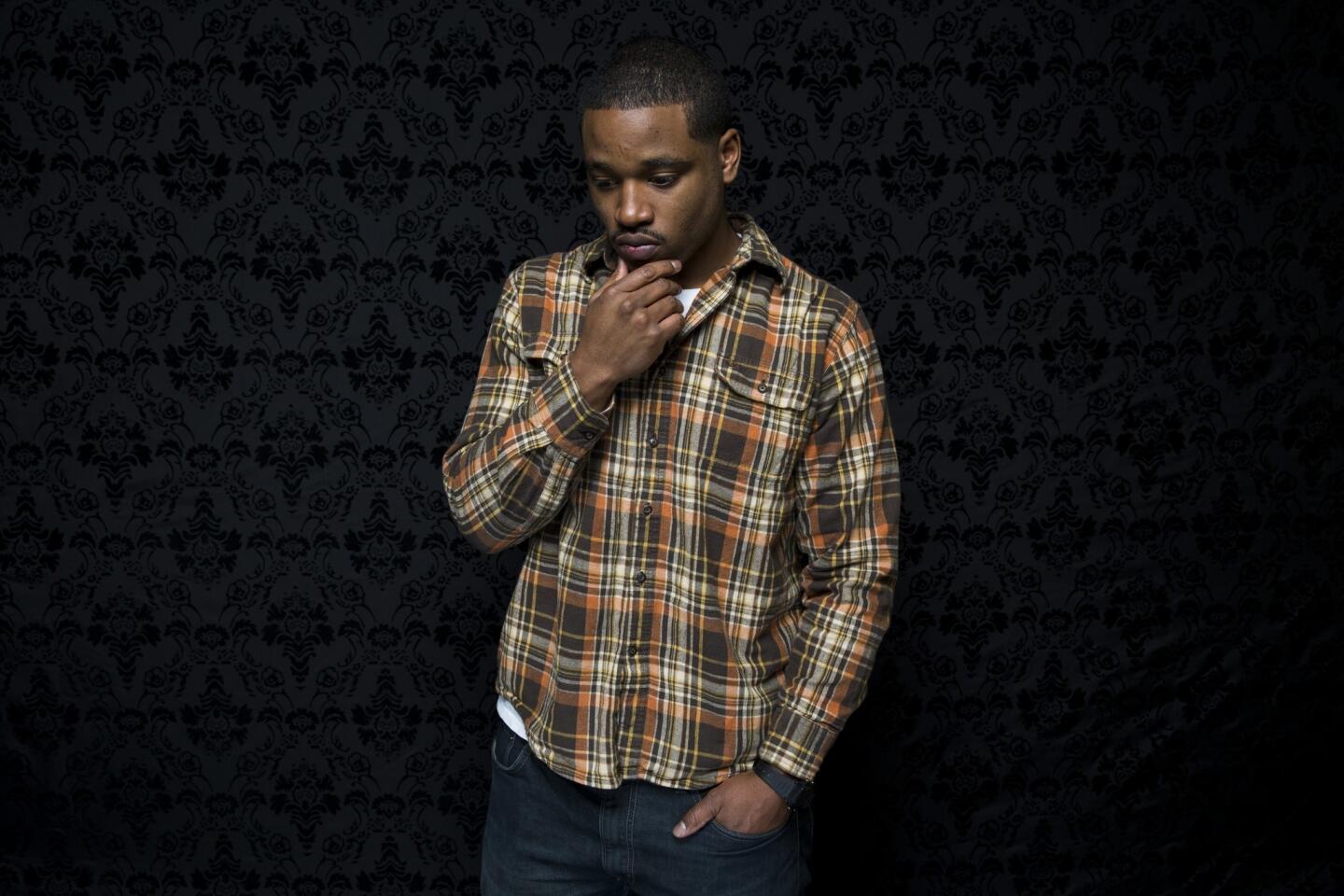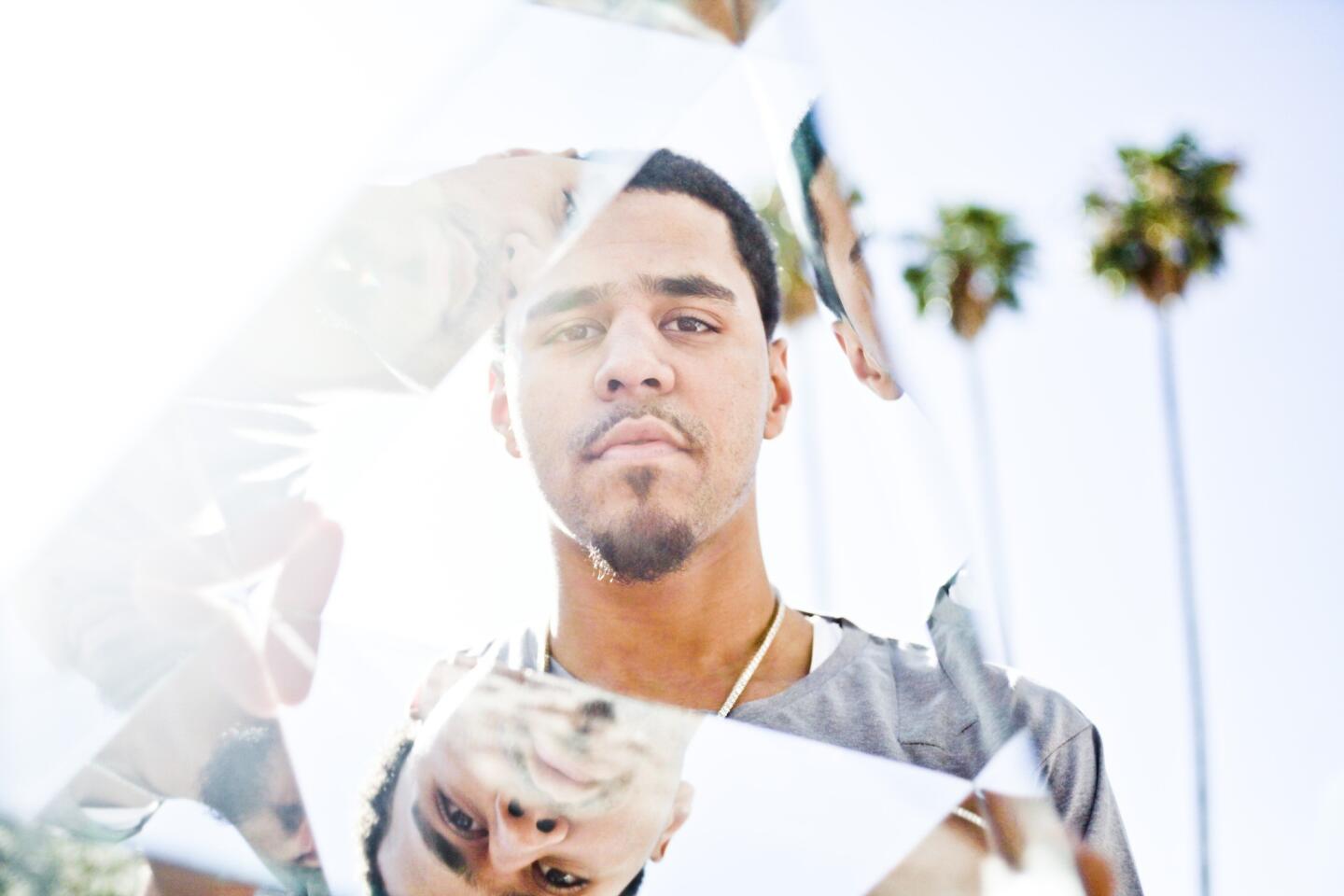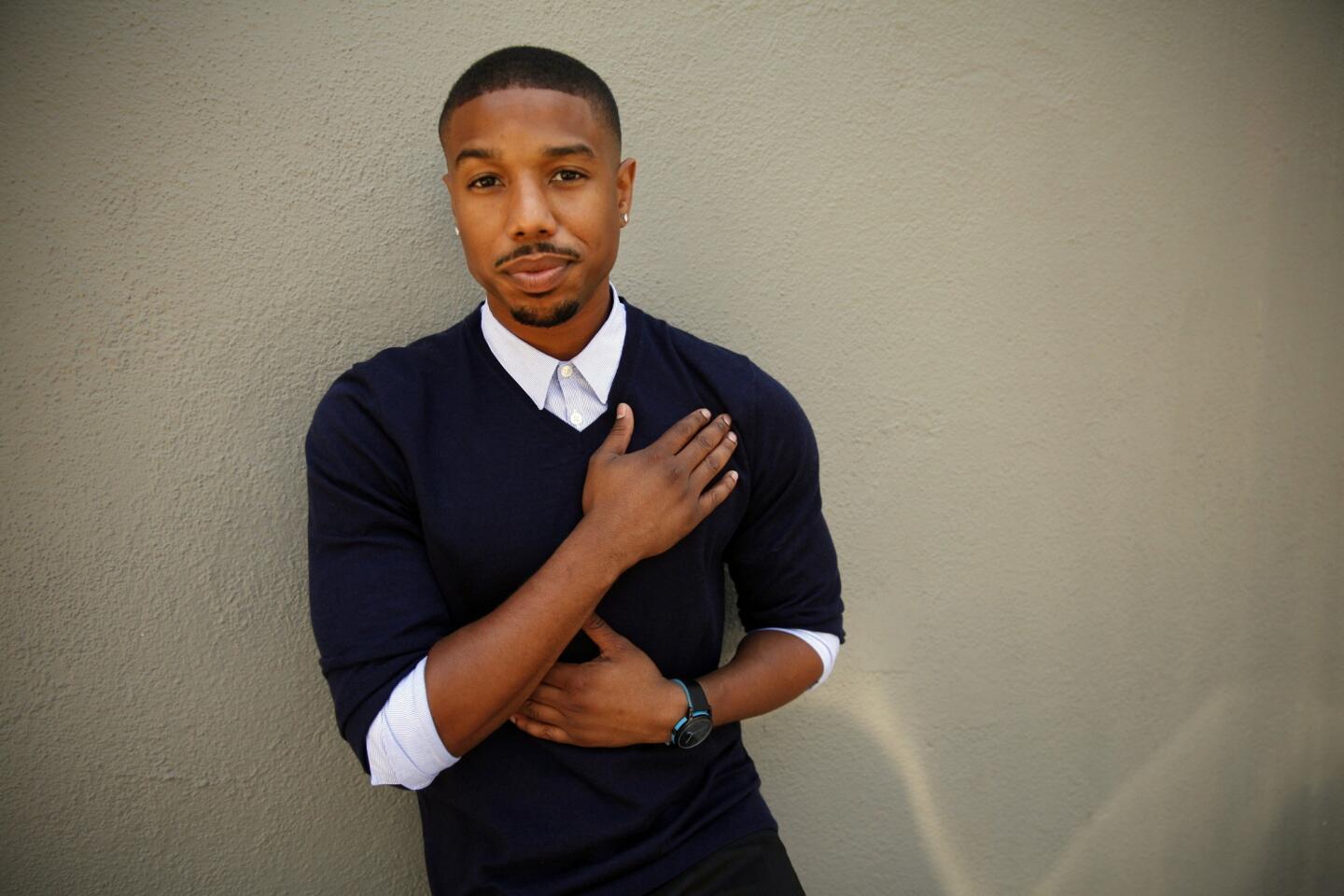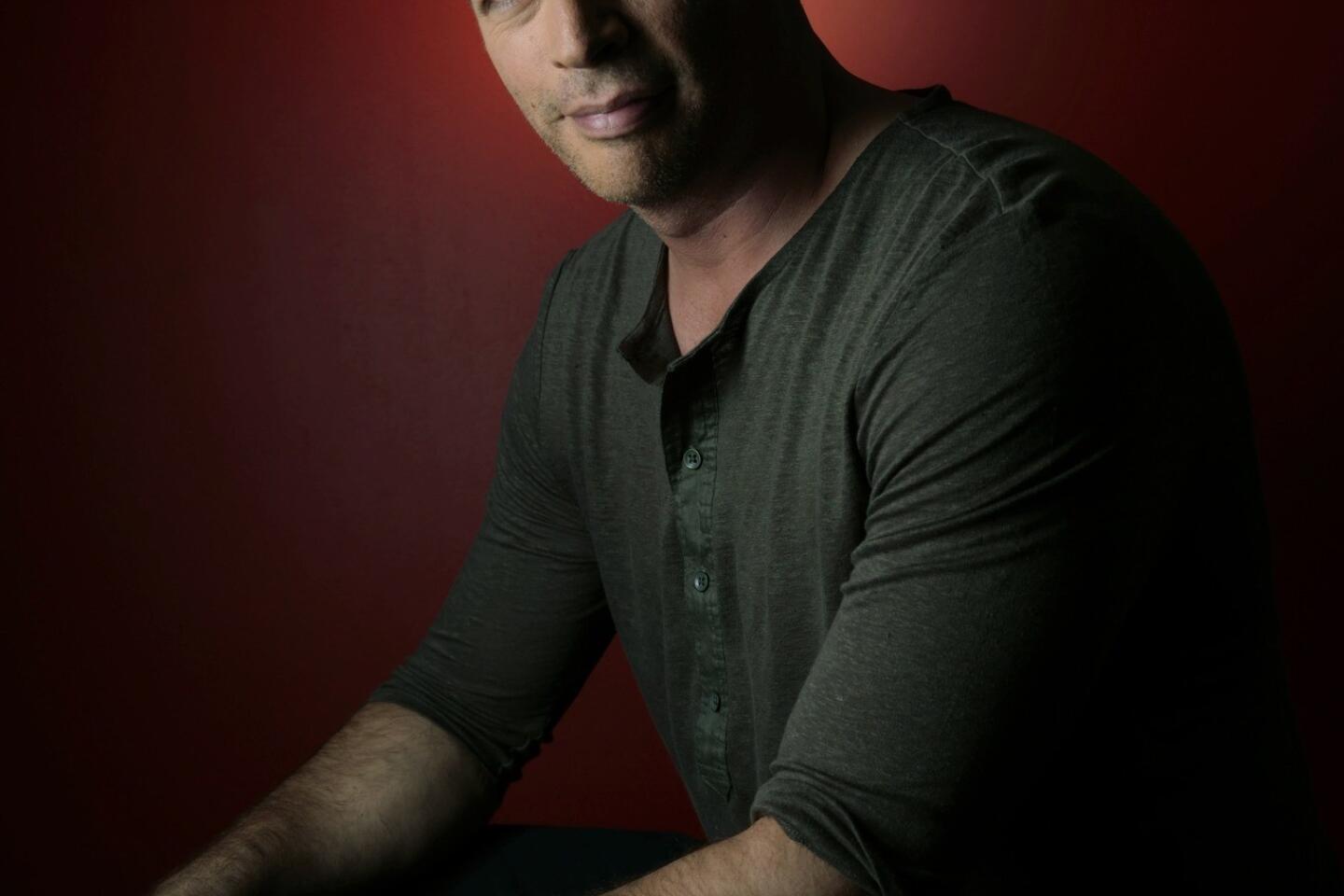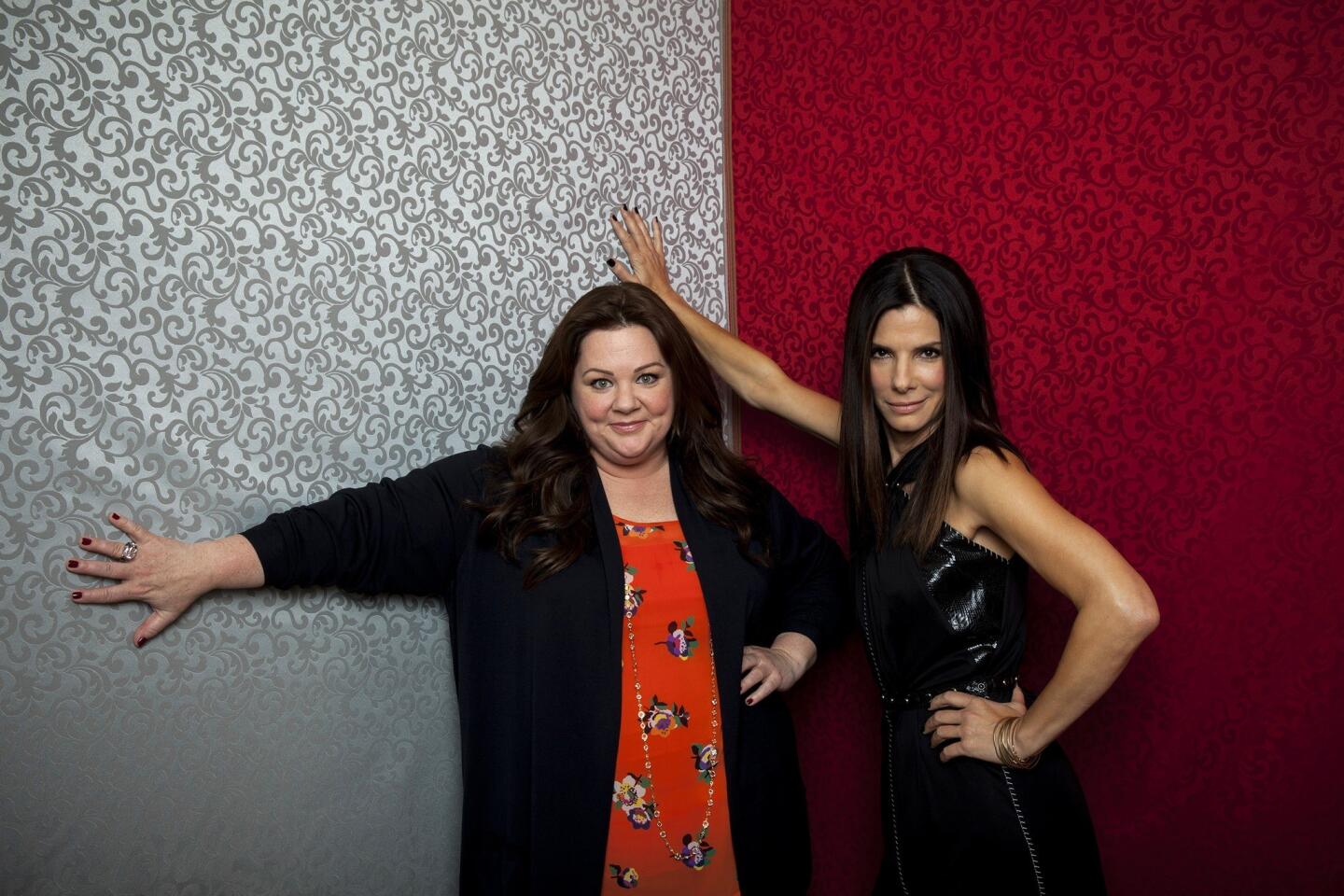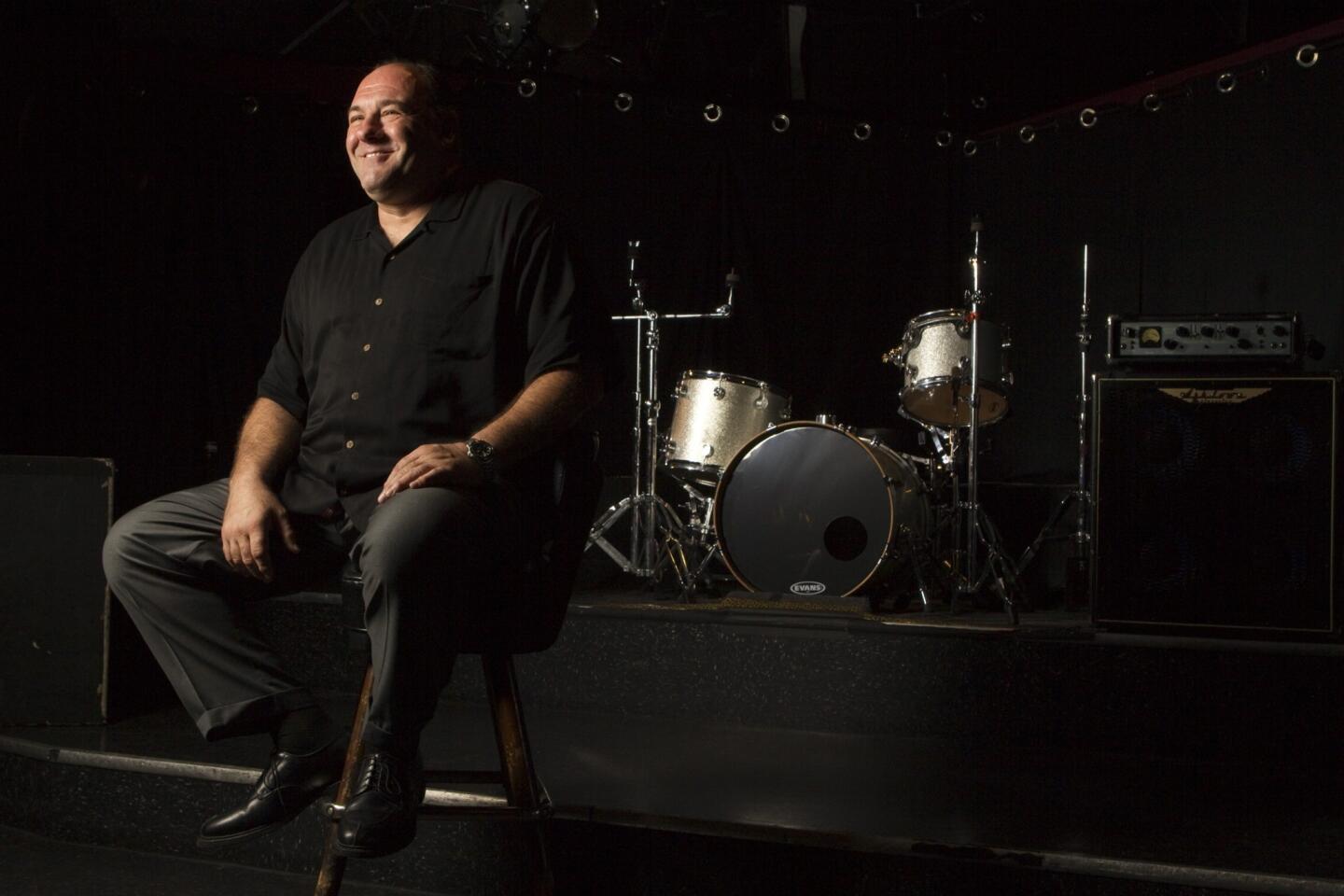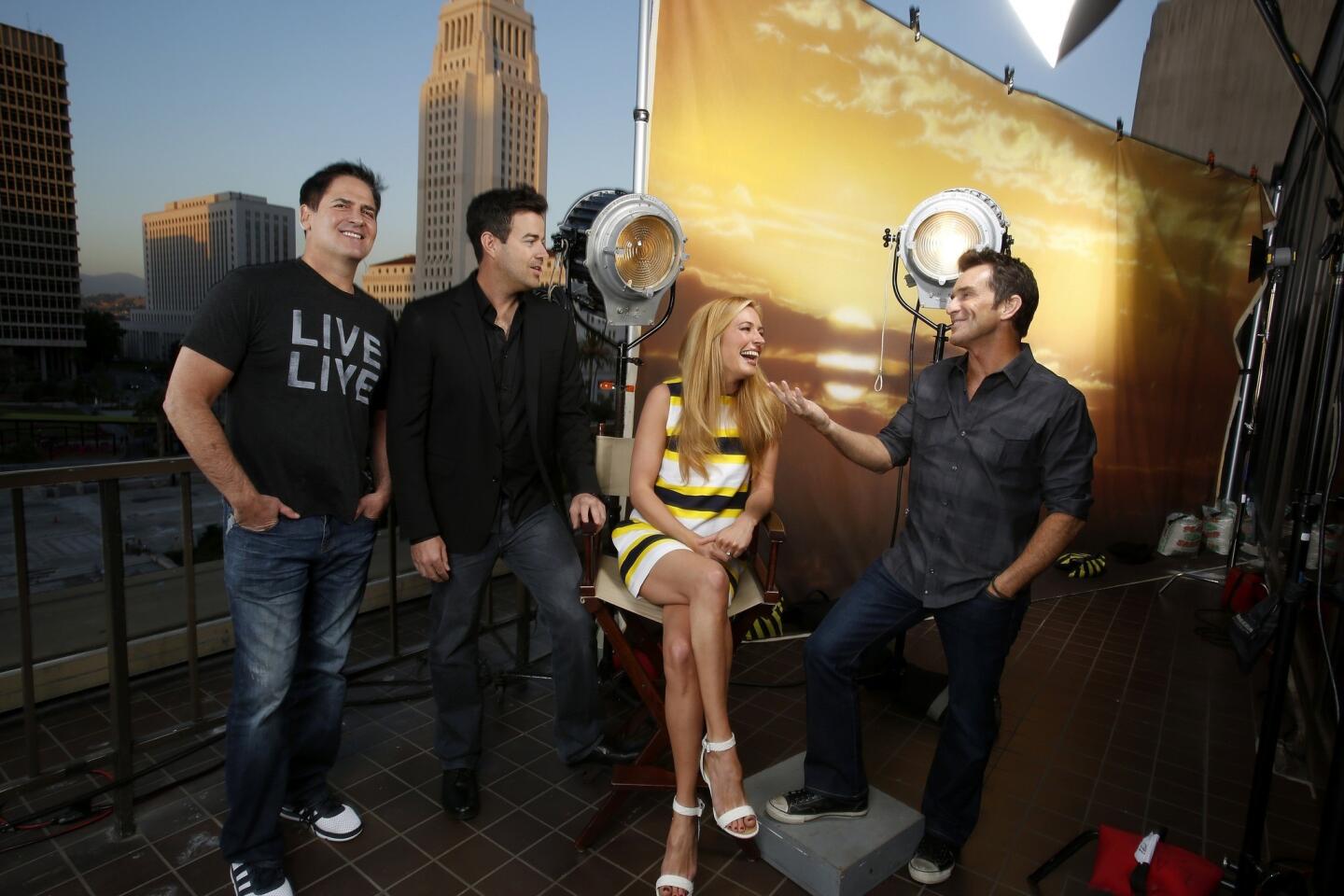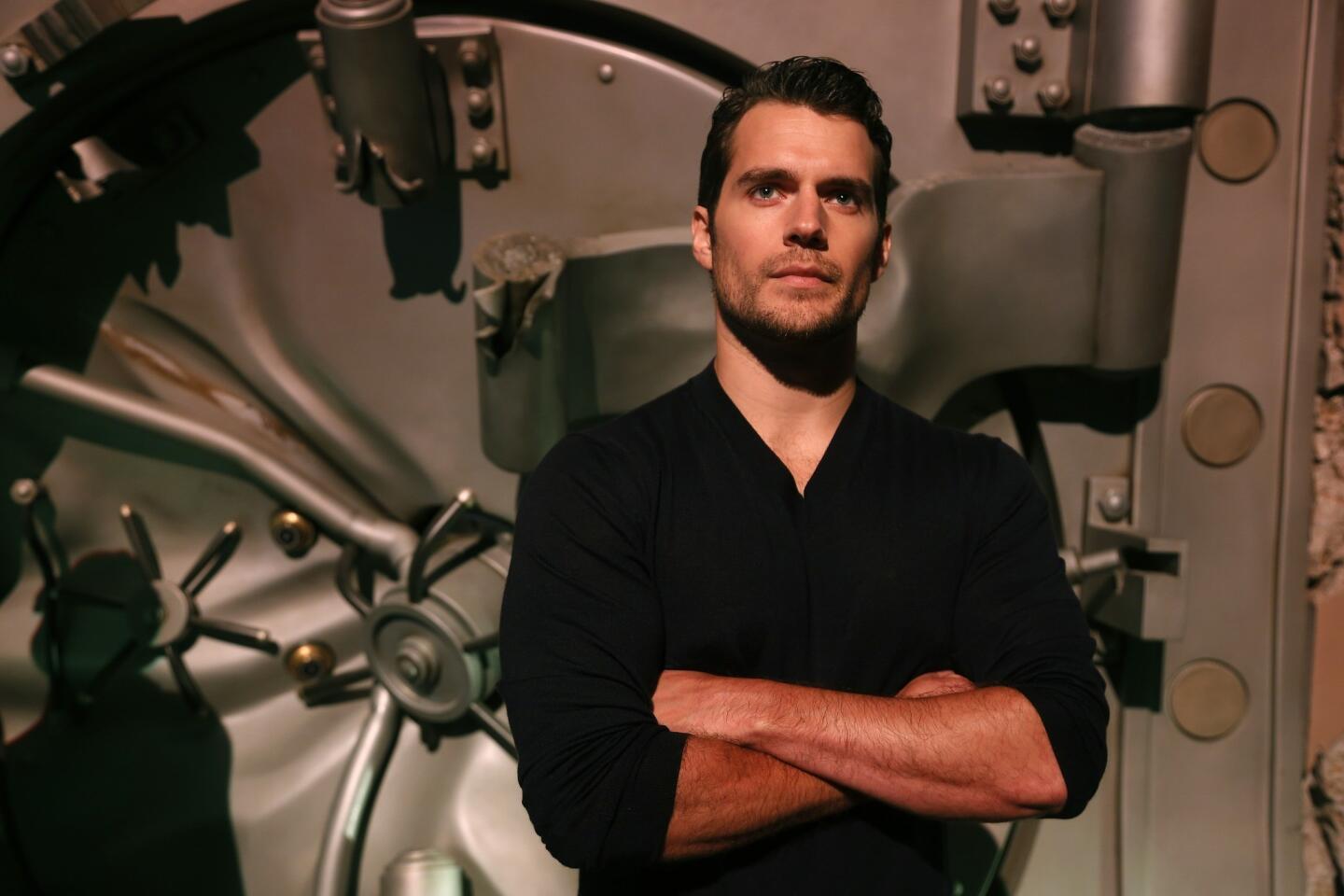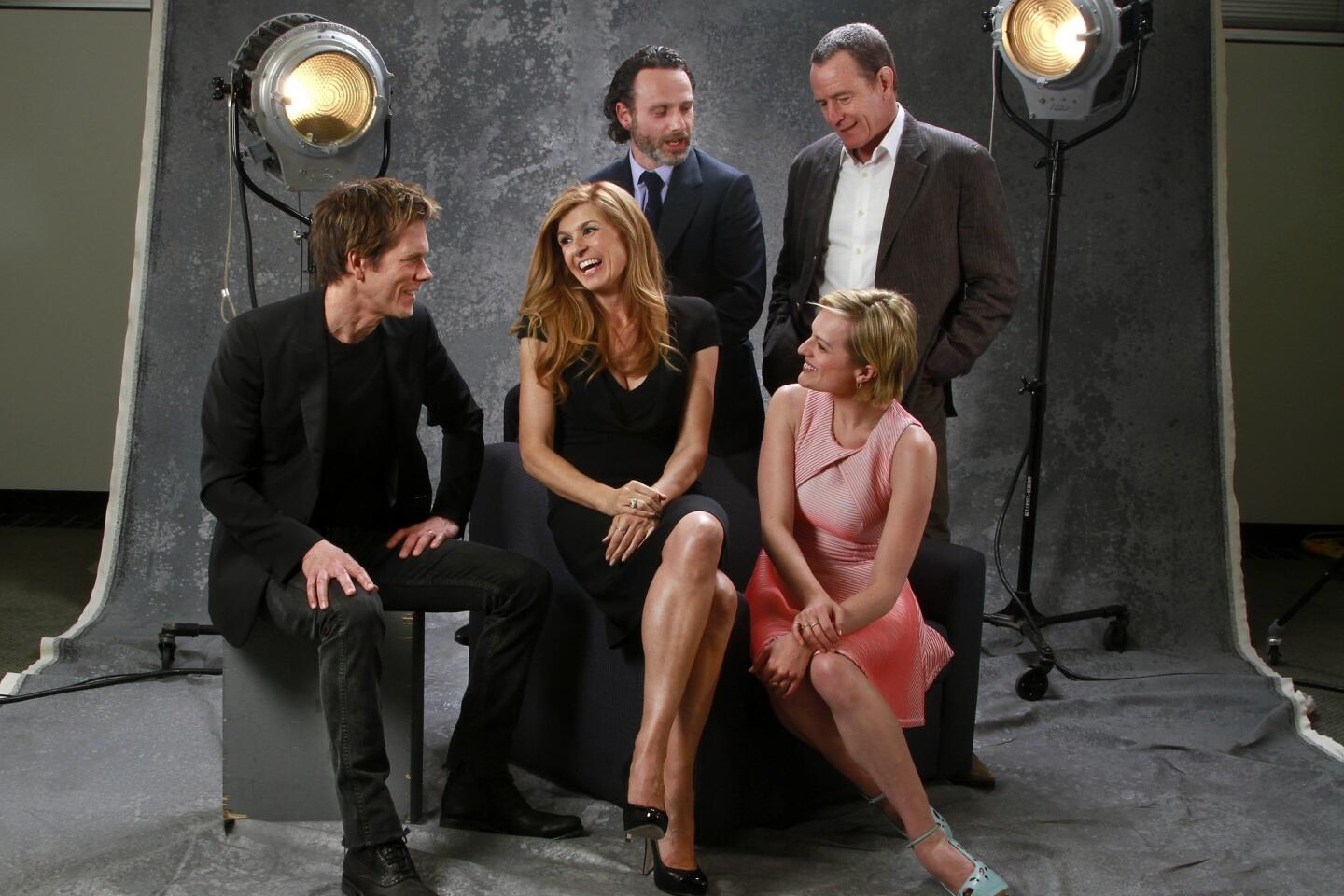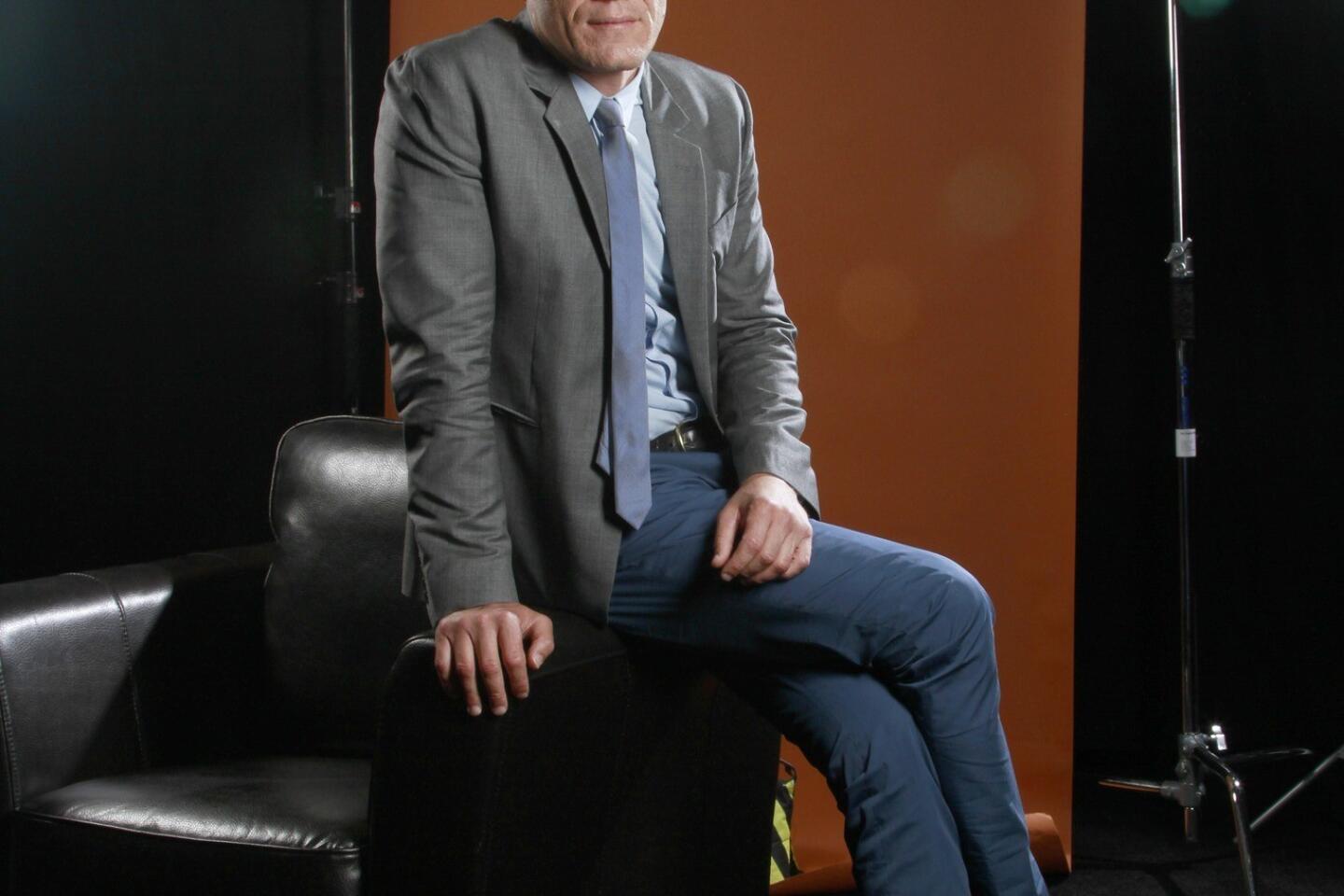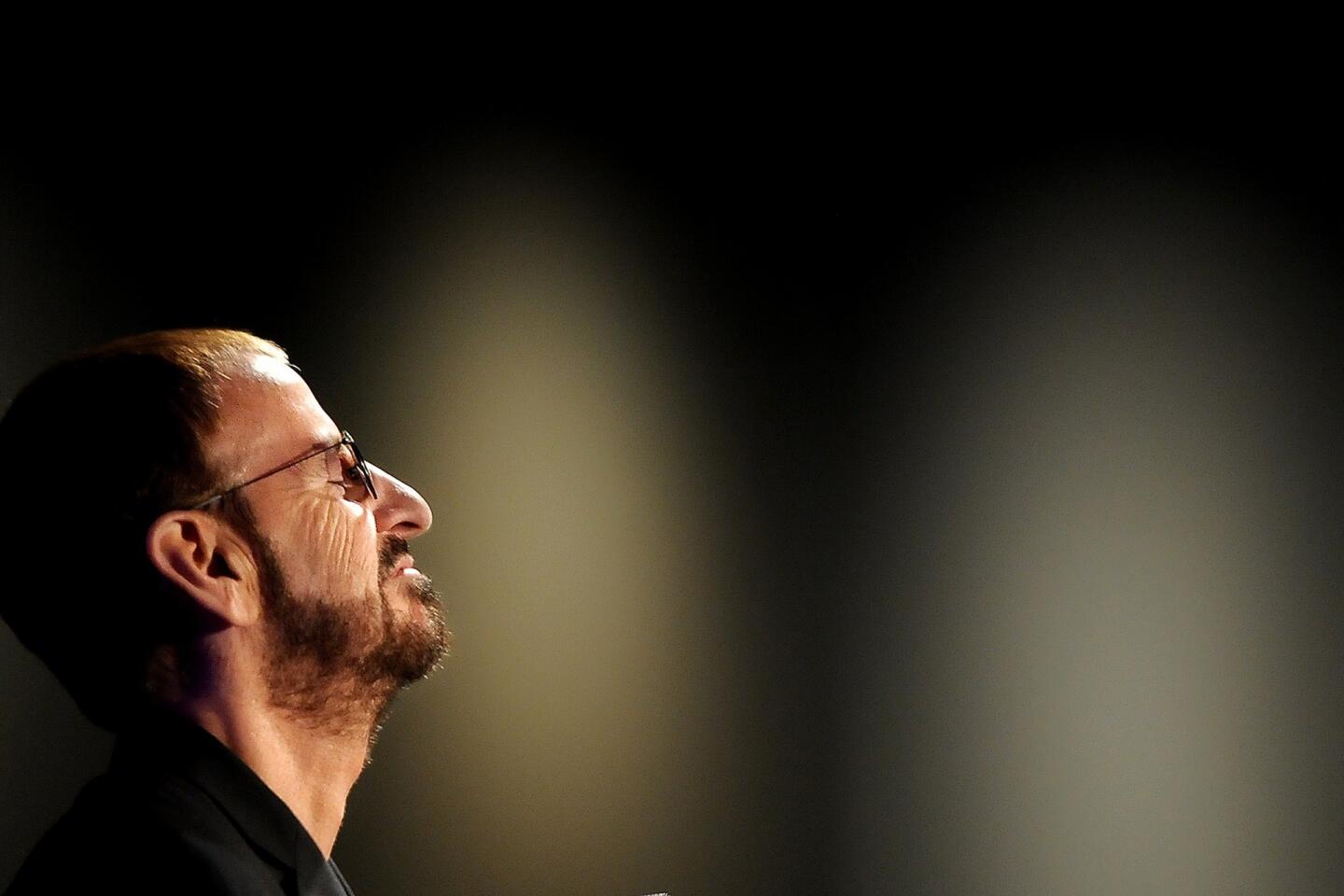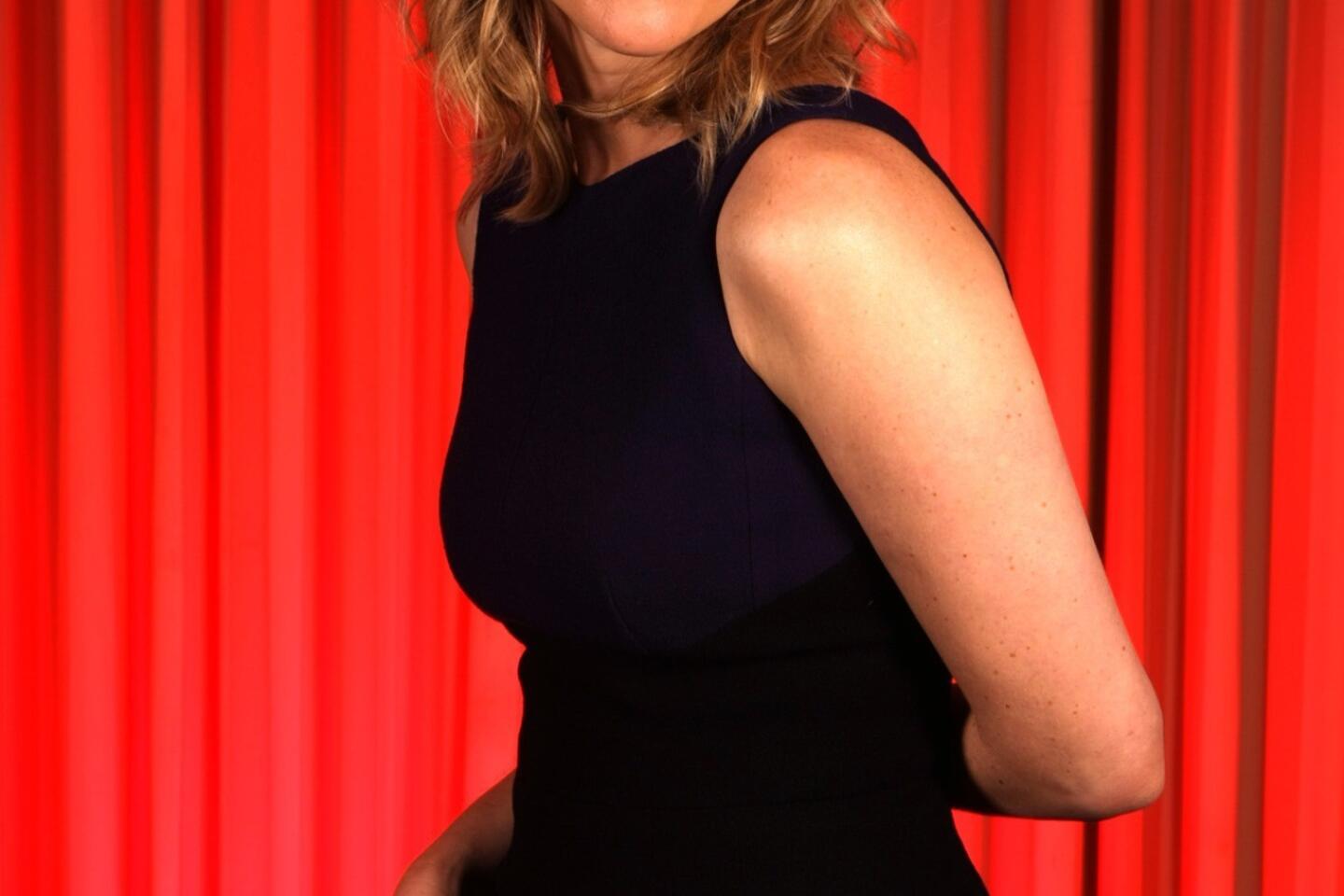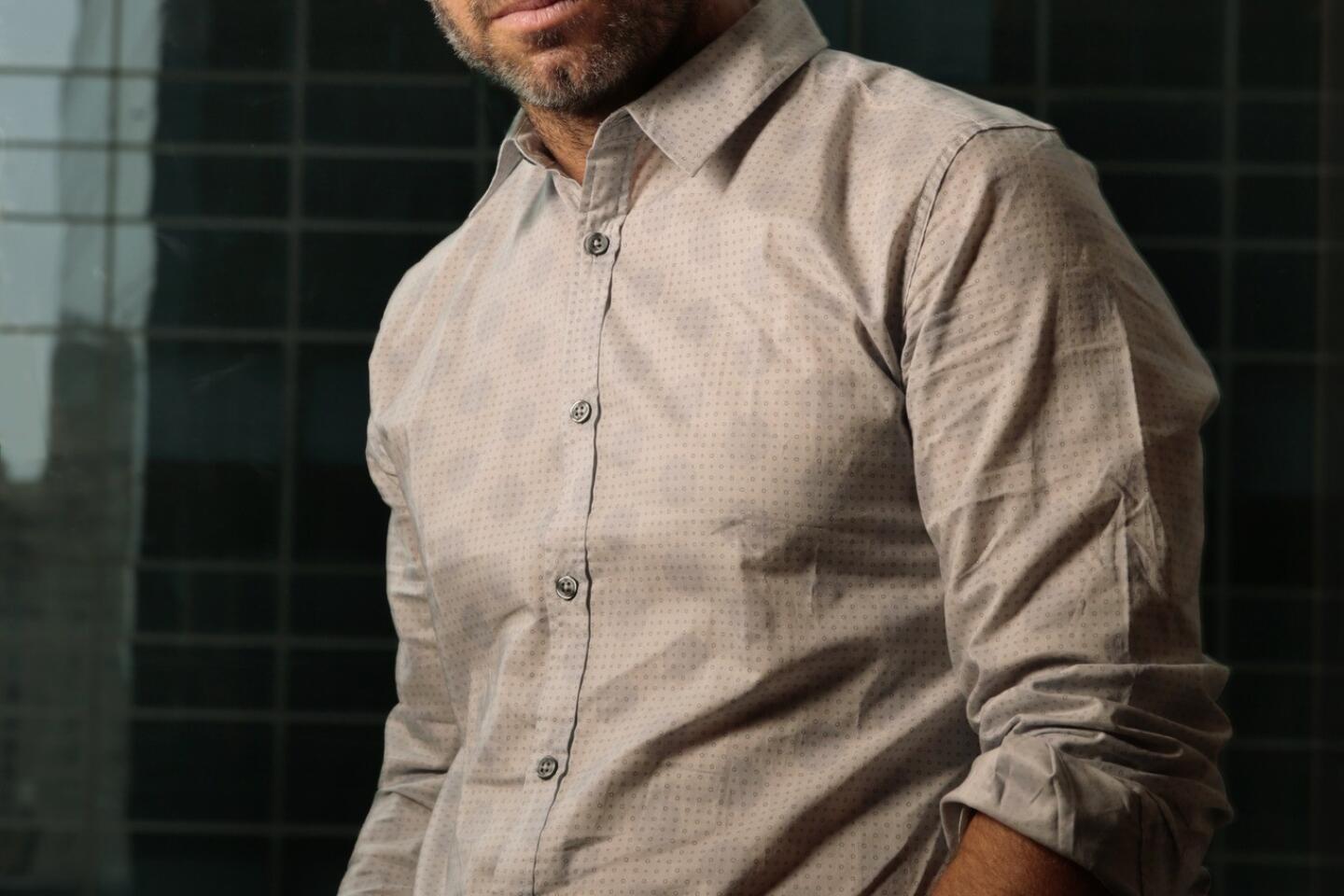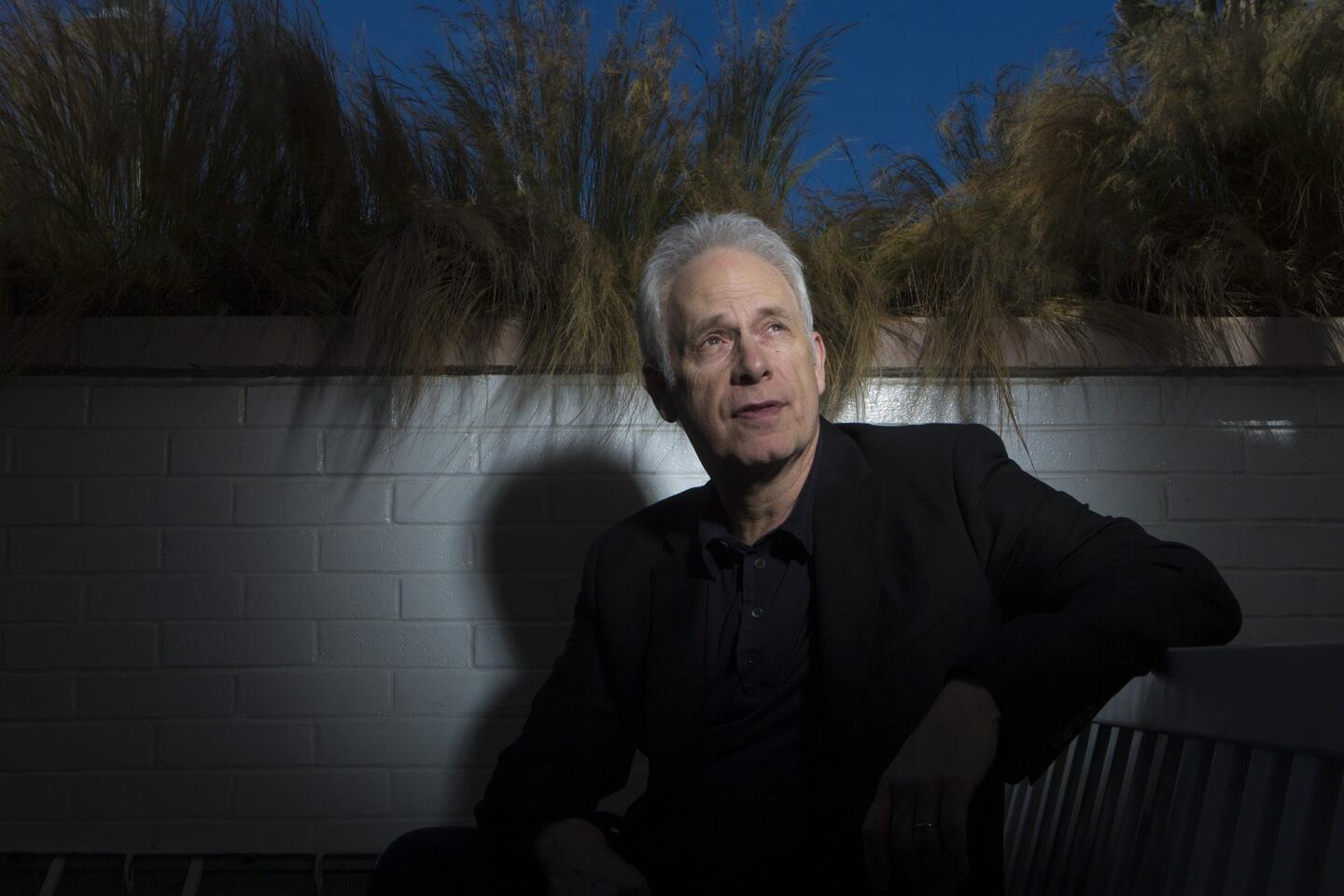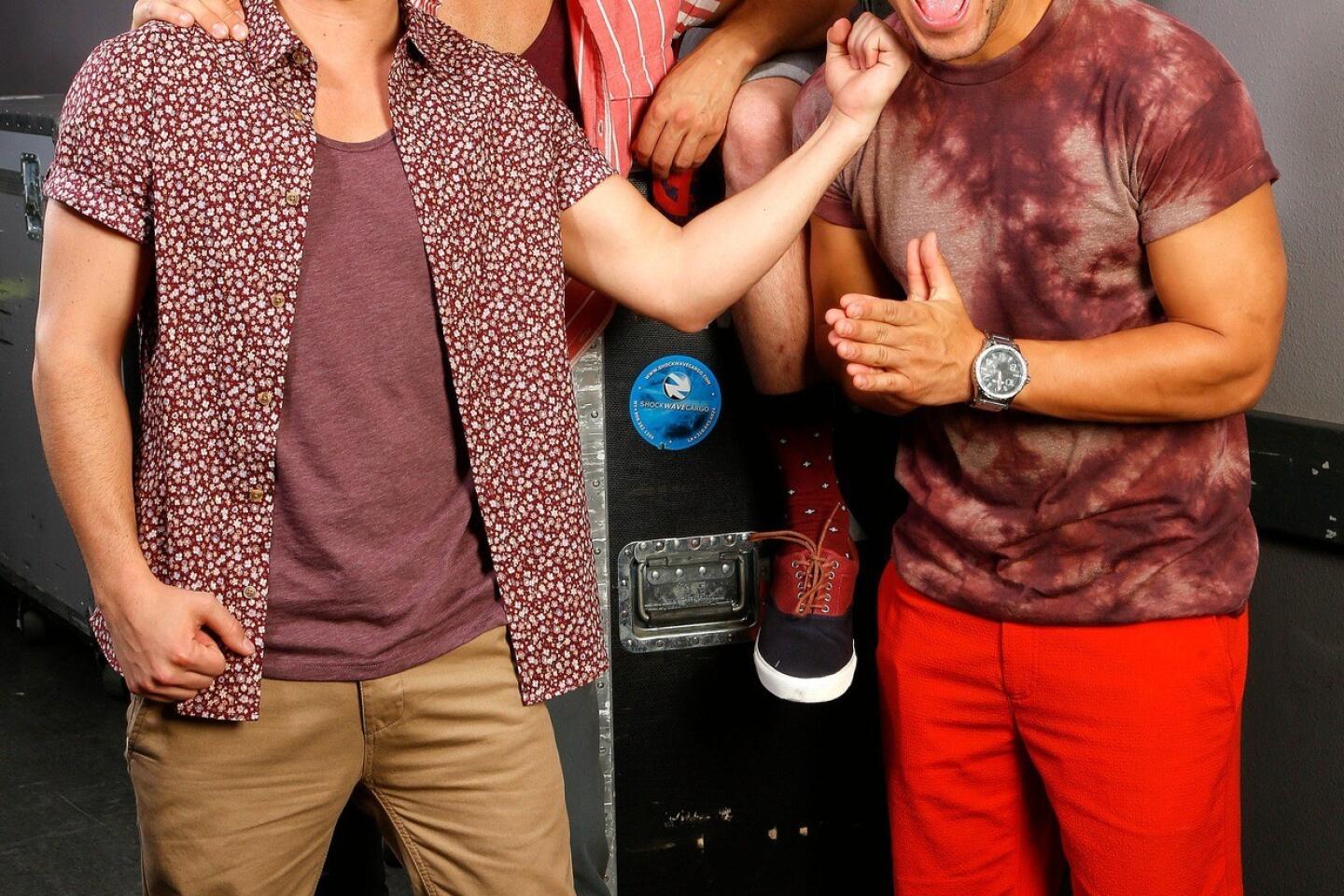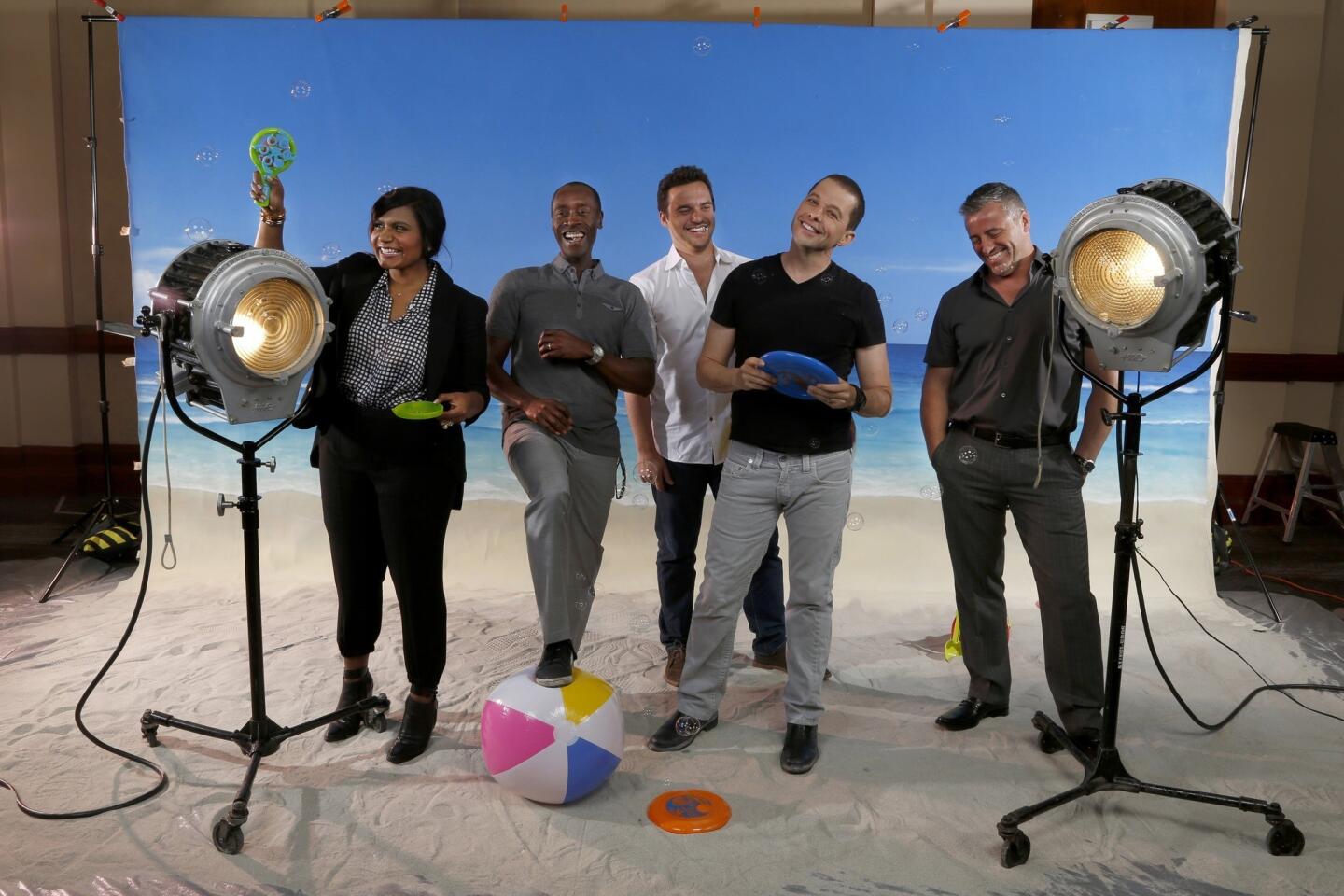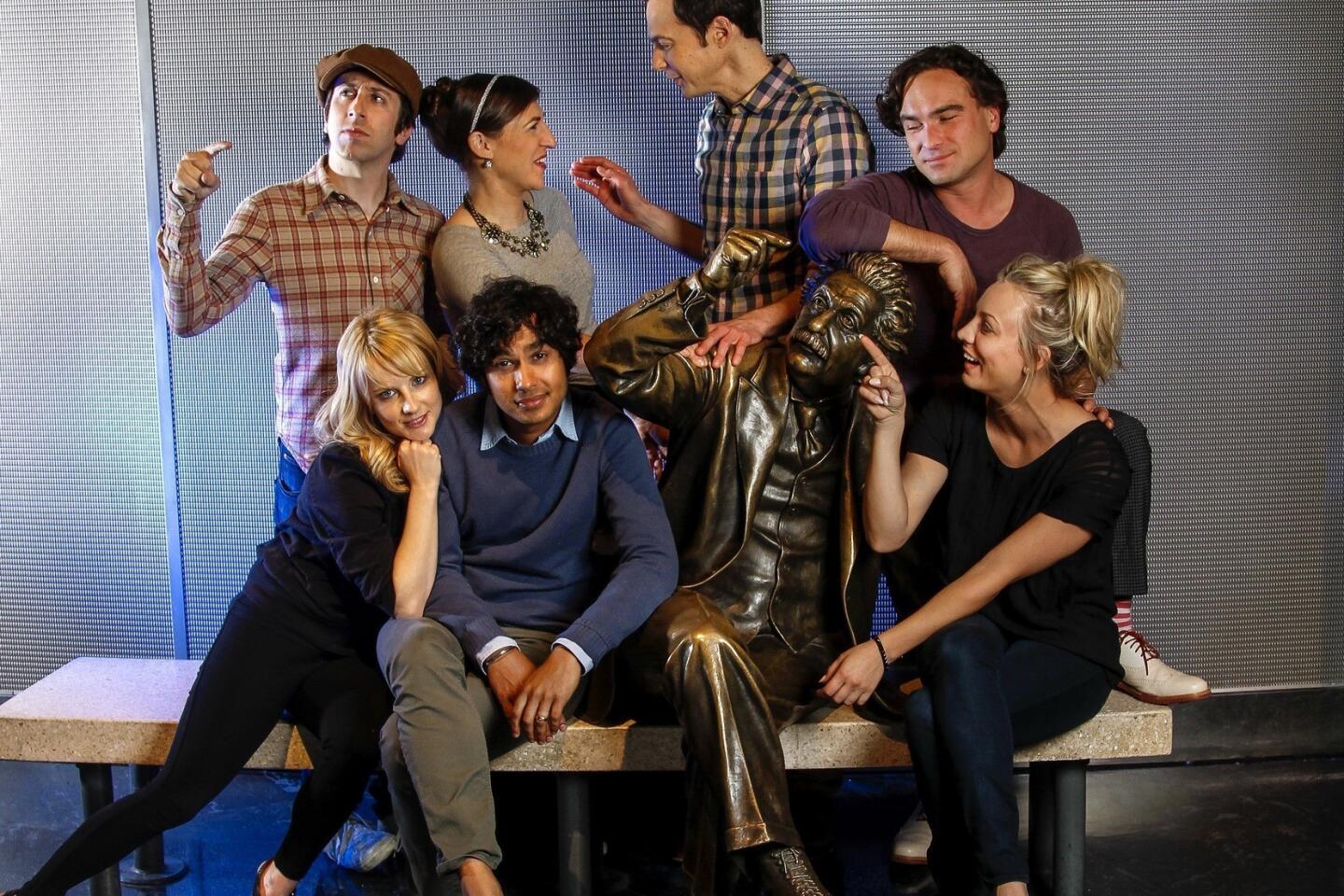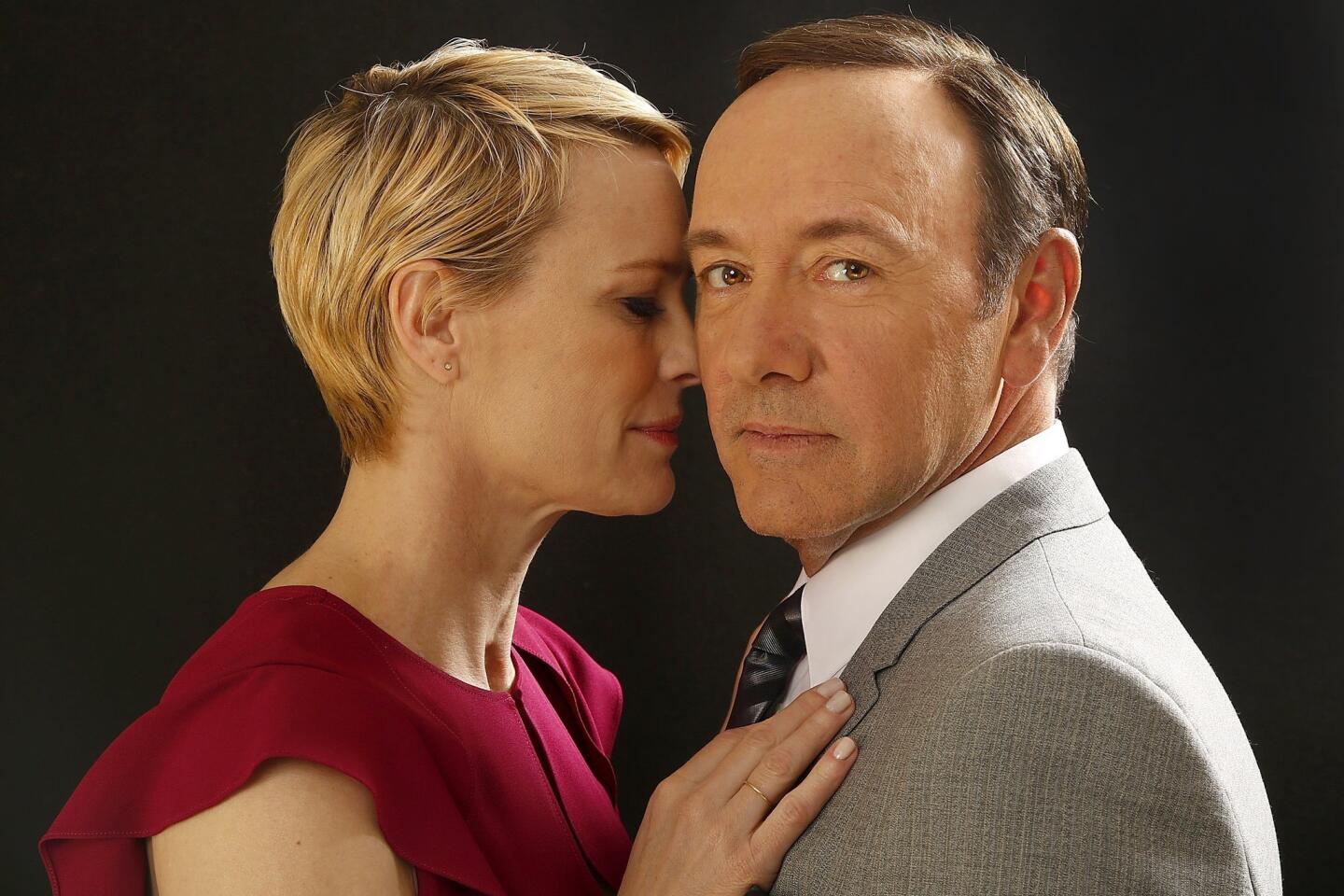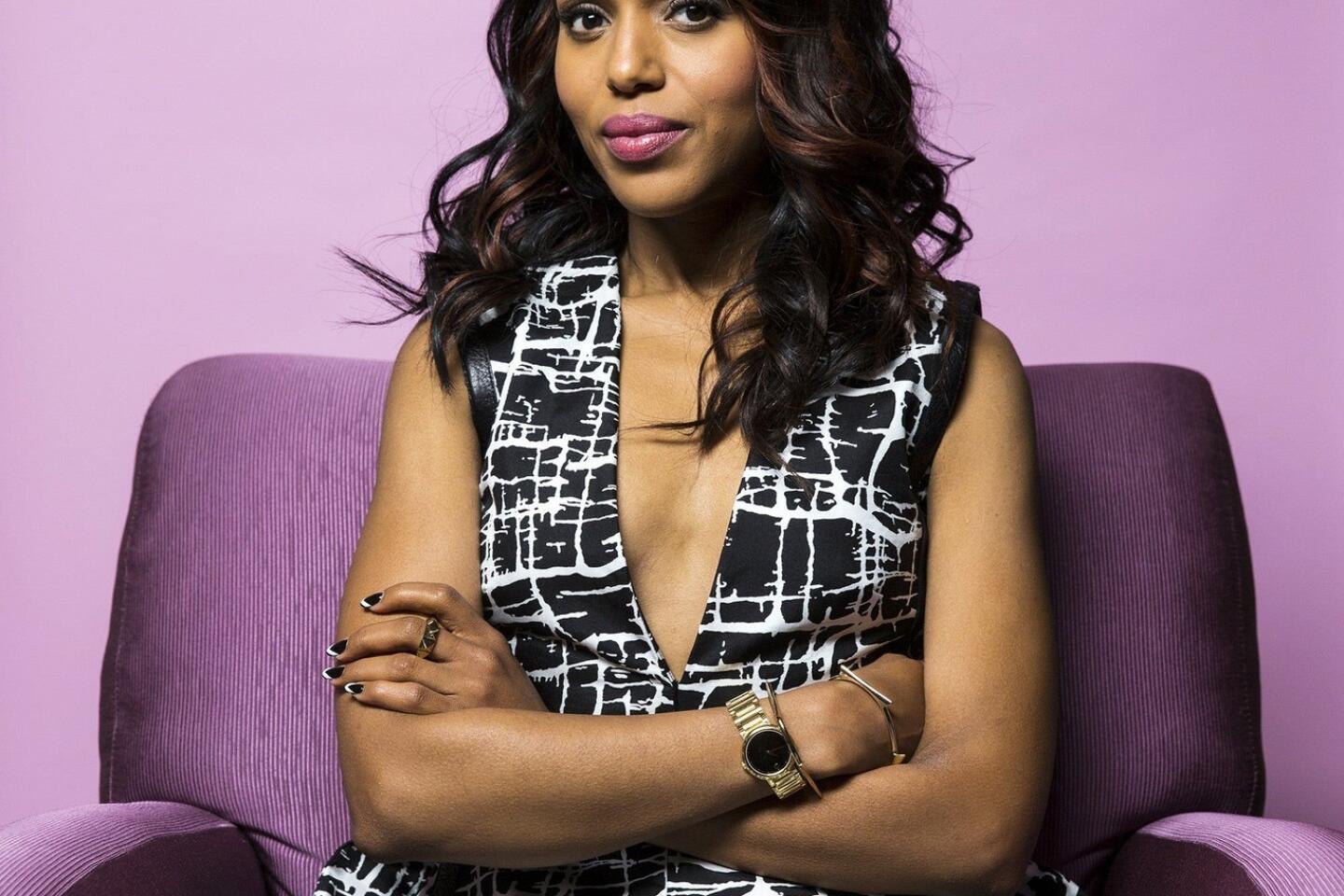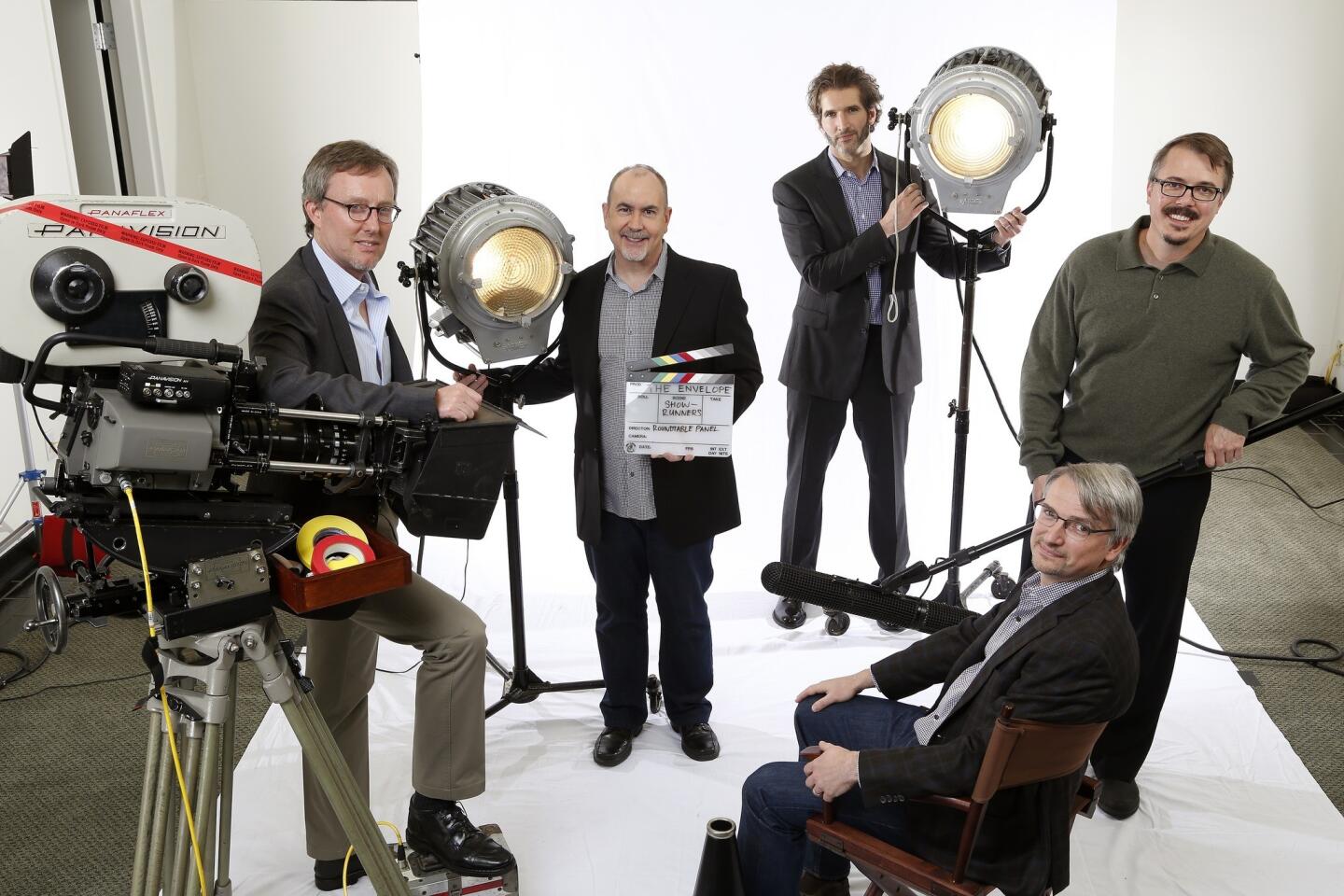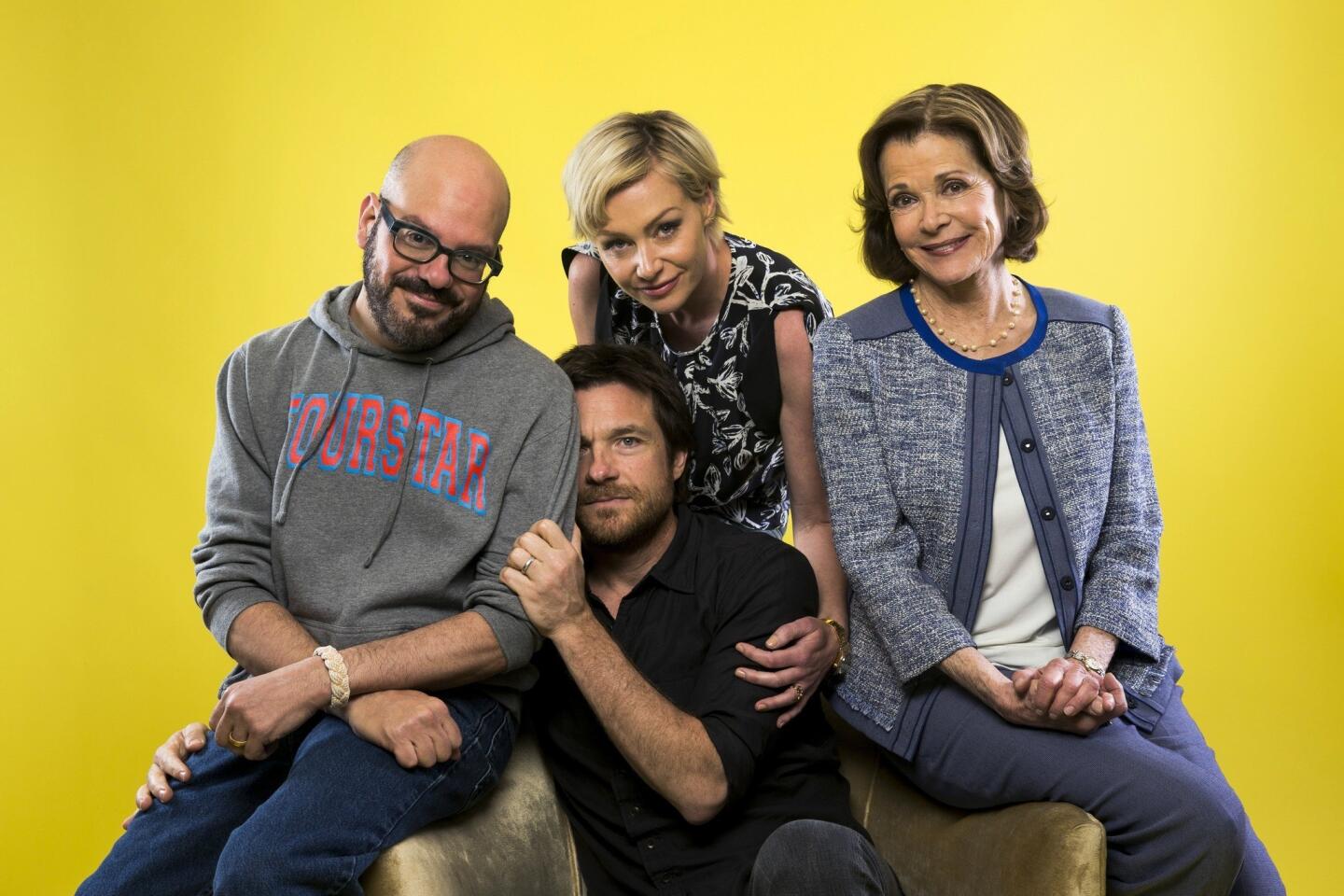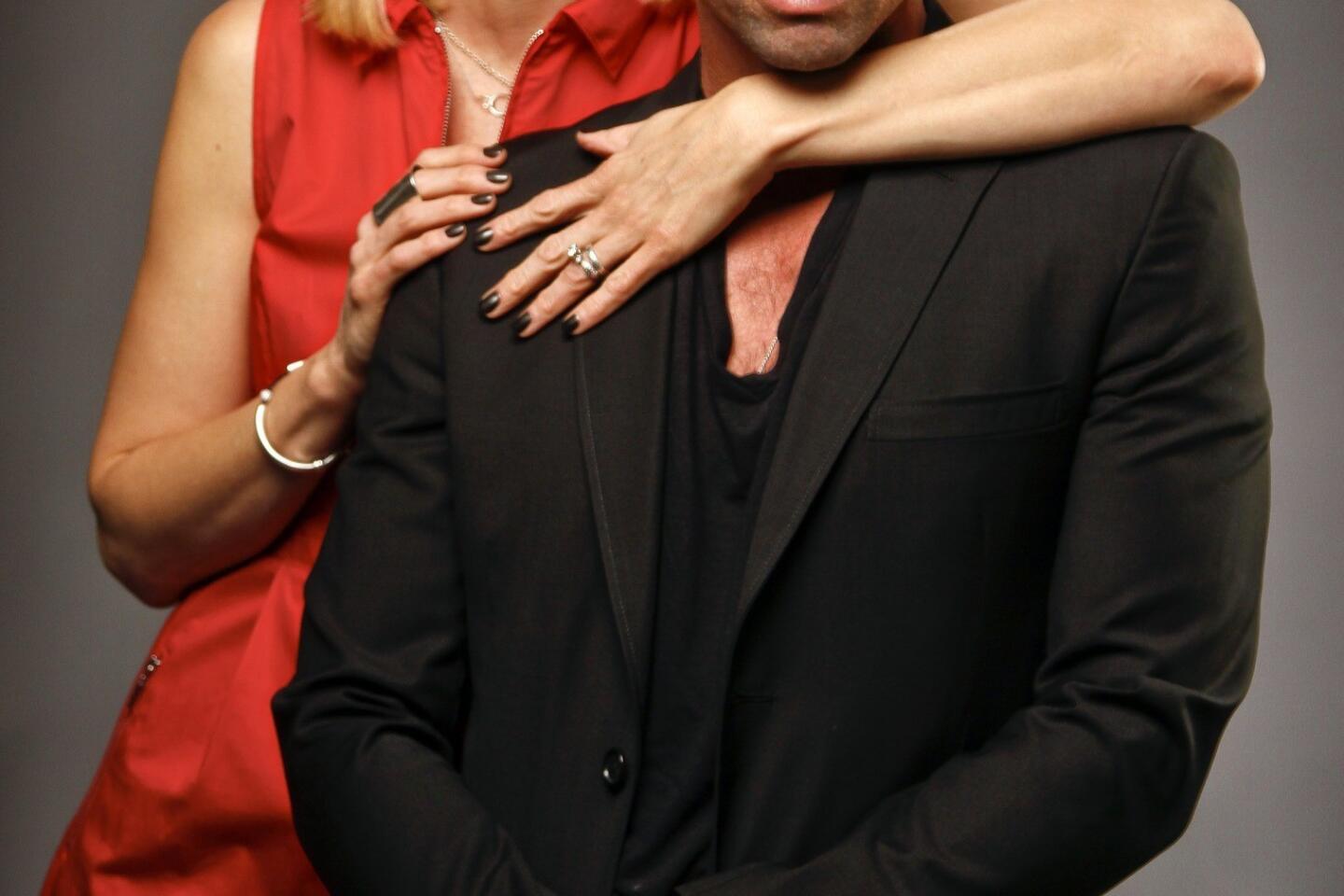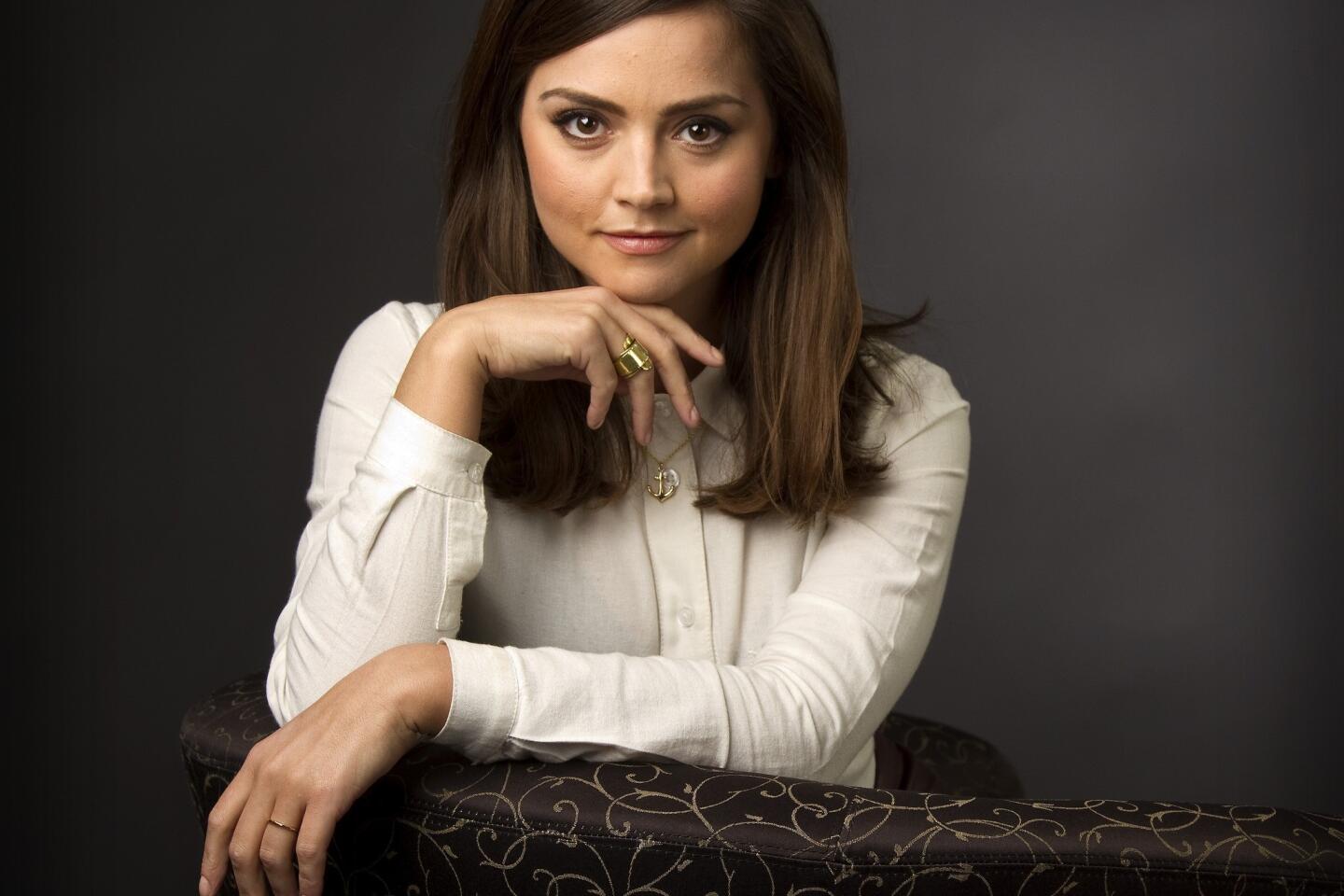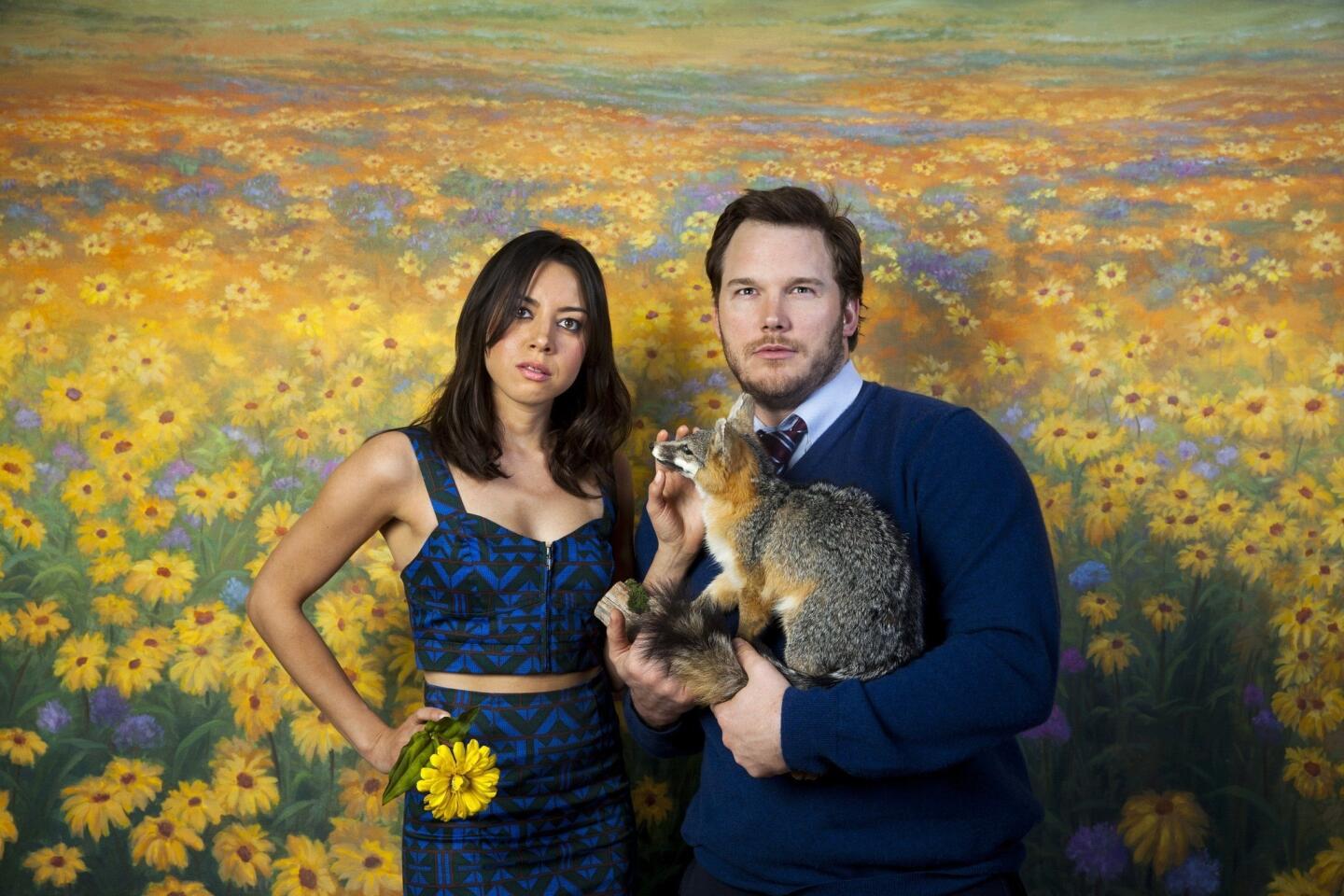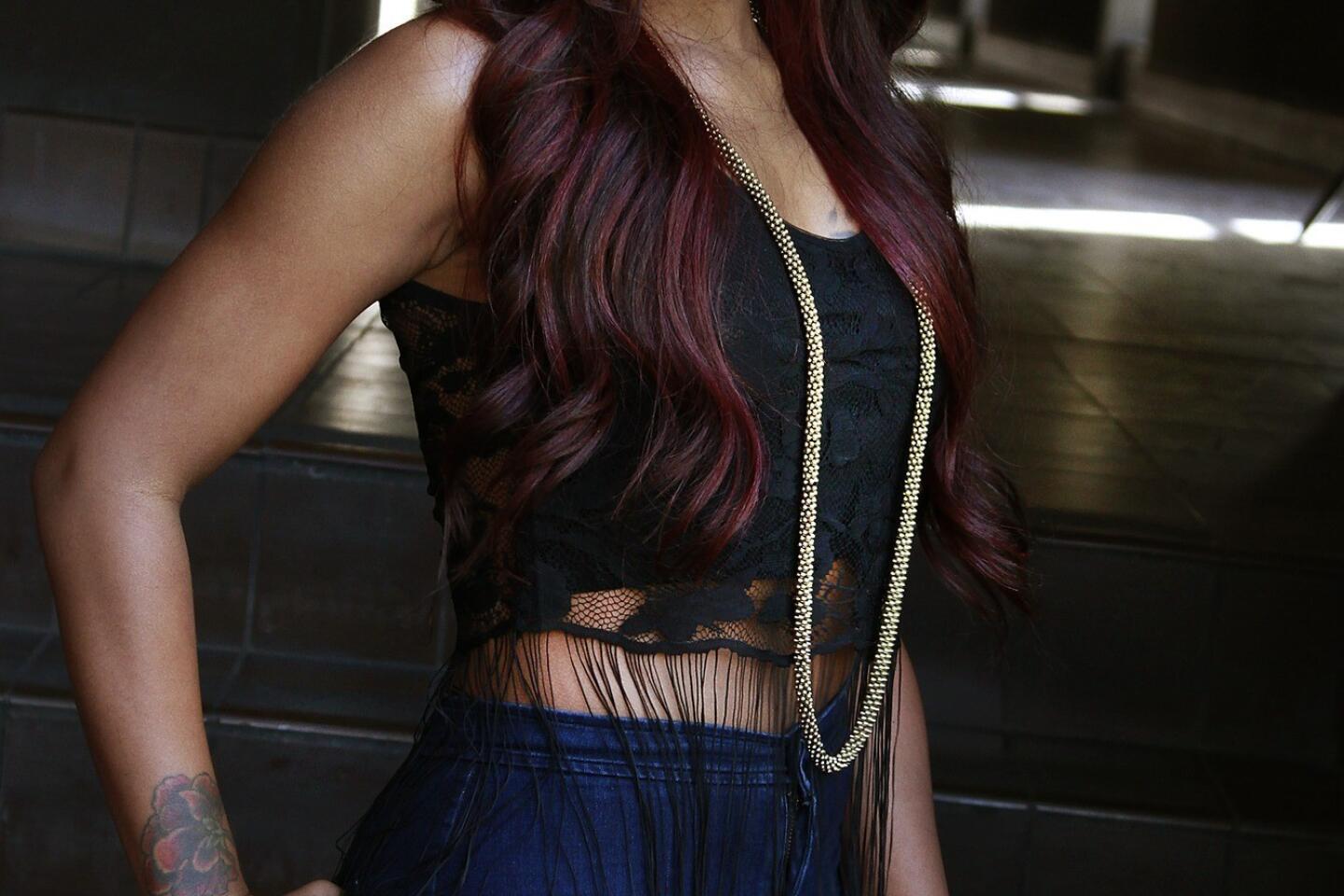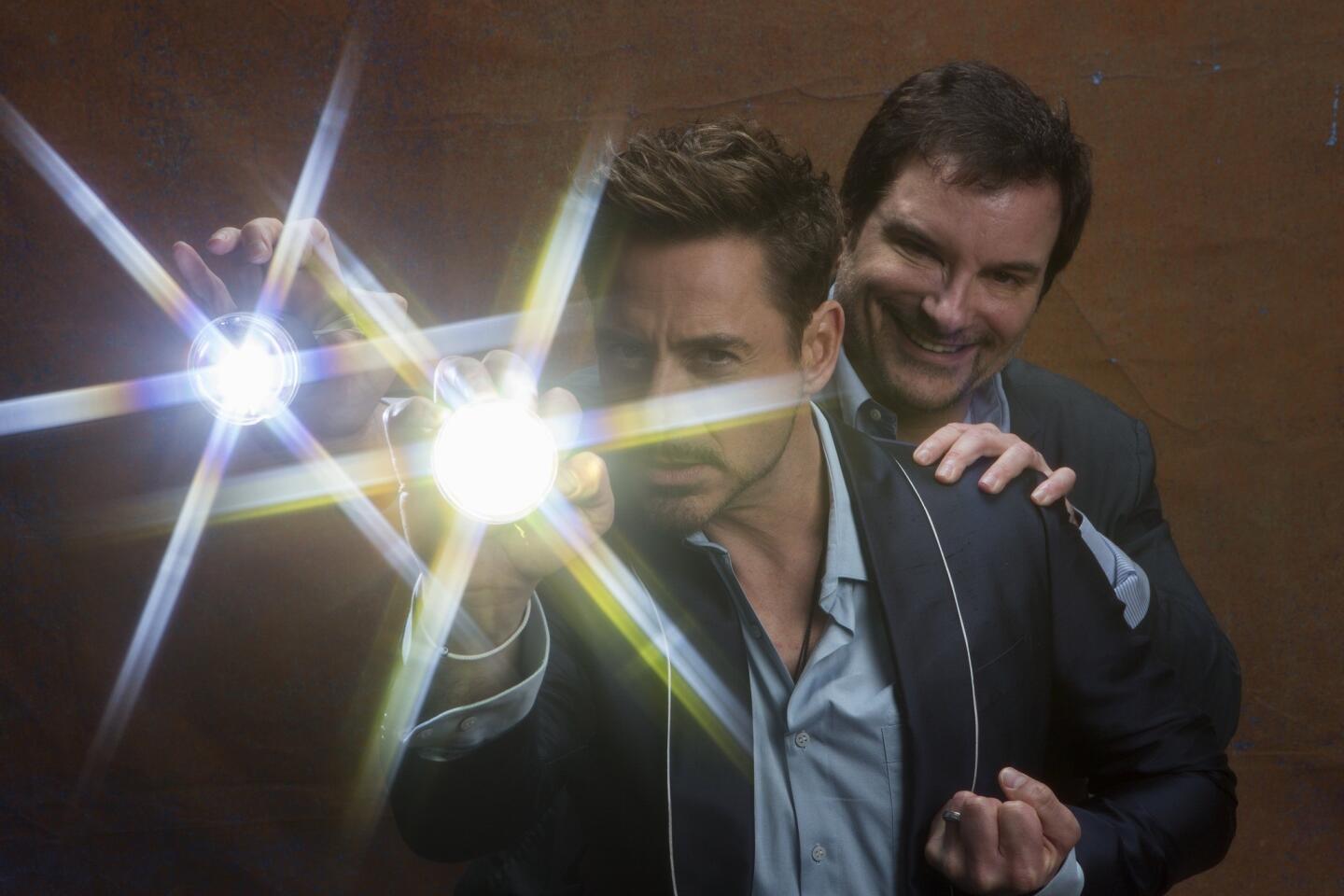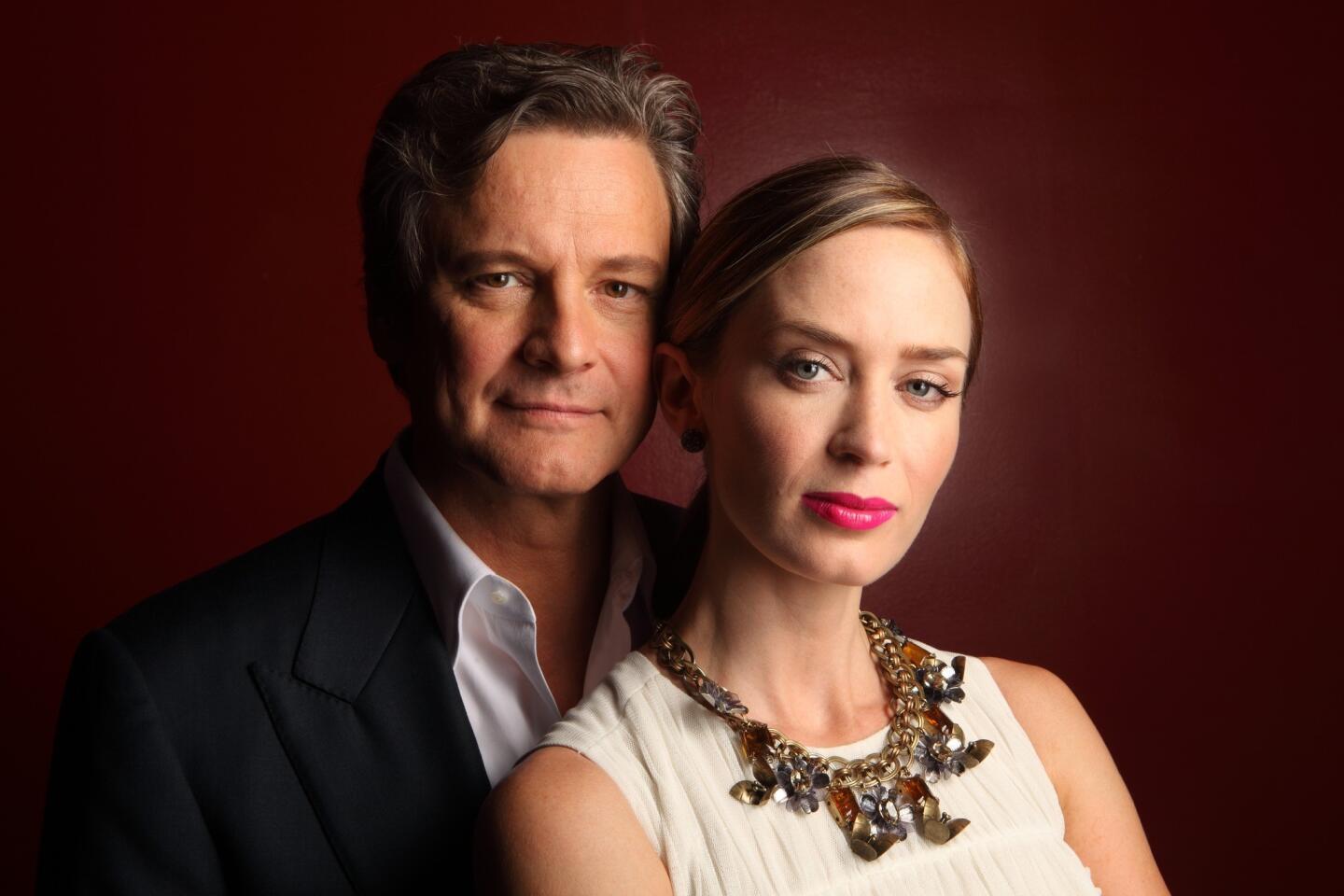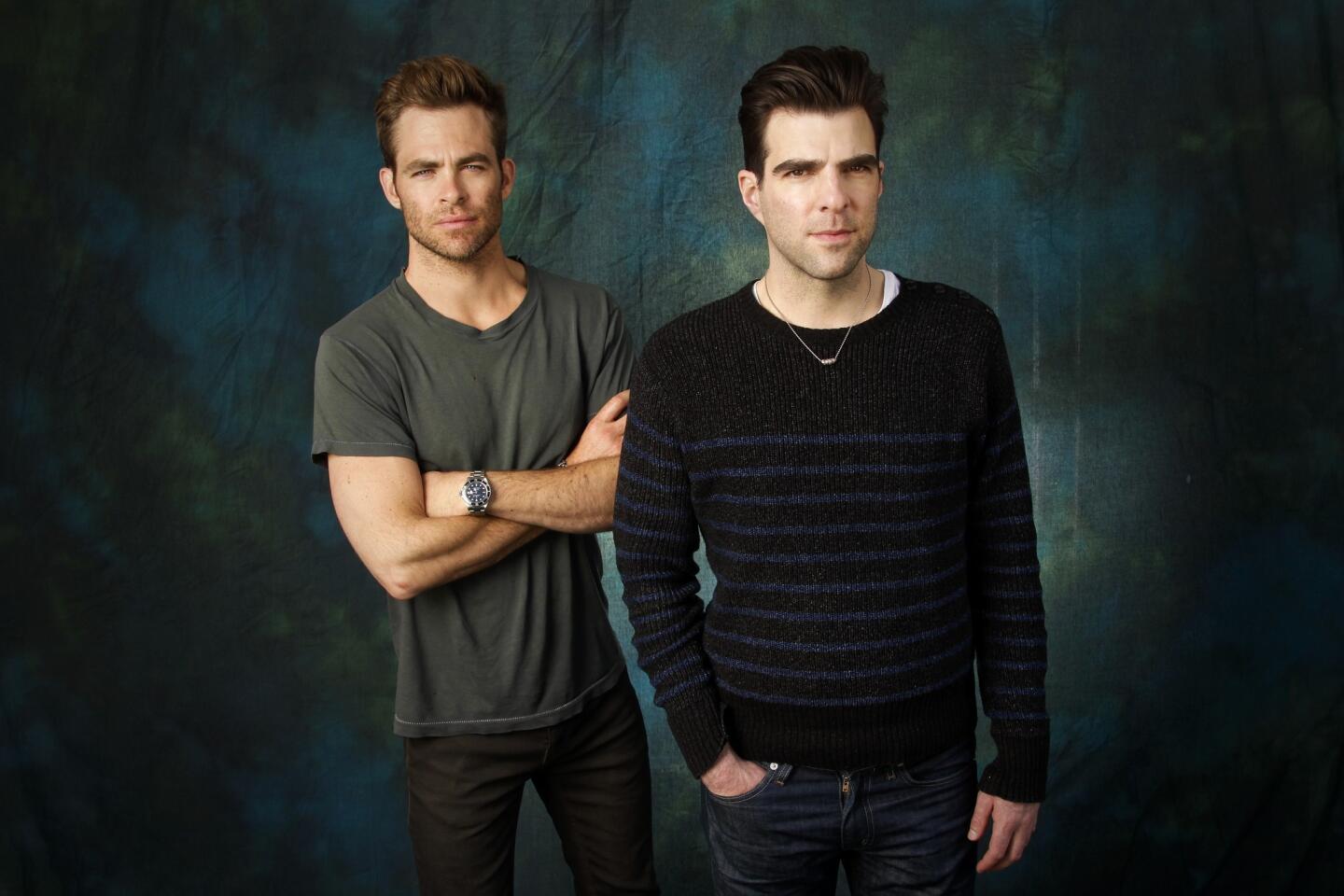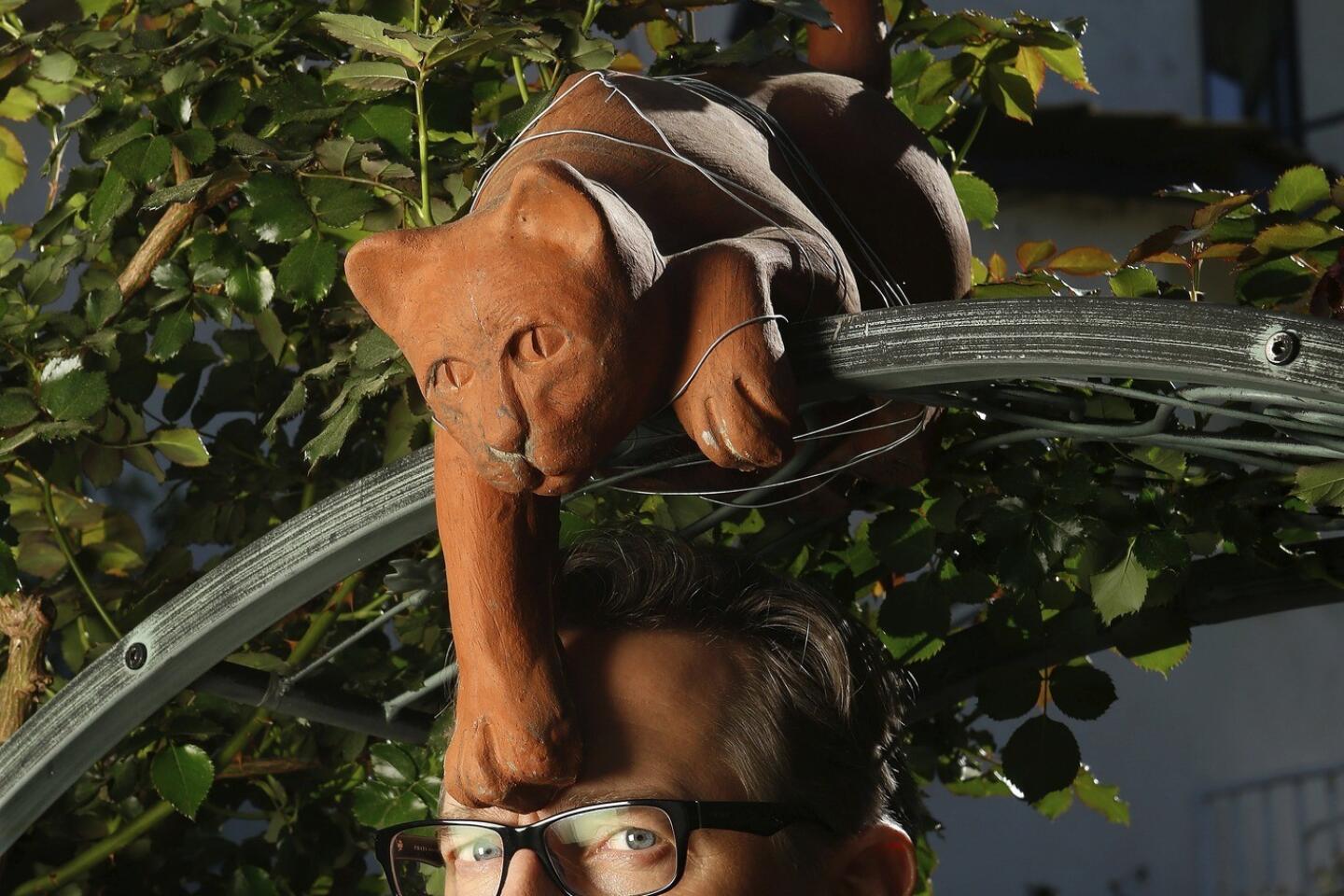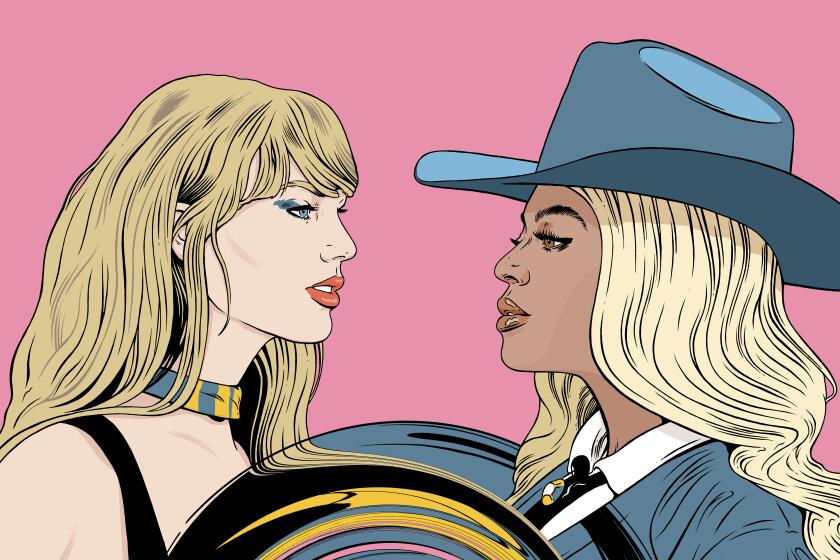Vanity Fair launches video channel
Vanity Fair magazine has earned a reputation for serving up juicy Hollywood scandals, colorful celebrity profiles and tasty slices of popular culture.
Now, it will delve into a new form of storytelling: original video.
Vanity Fair has launched a digital video channel that initially will feature four original series, some inspired by popular features in the magazine and others offered in the same spirit and tone of the publication.
PHOTOS: Hollywood backlot moments
“It’s such an iconic and influential brand in the entertainment world, it touches upon politics and mysteries and culture,” said Dawn Ostroff, president of Conde Nast Entertainment. “Launching original programming with this brand will allow us to expand our audience and viewers, and also offer people who are Vanity Fair fans to get their fill of that voice that Vanity Fair offers.”
Ostroff, a television industry veteran, joined Conde Nast to lead development and production of original TV shows, feature films and digital offerings based on the publisher’s well-known brands. The company’s publishing portfolio includes some of the best known titles in the magazine world, including the New Yorker, Conde Nast Traveler, Vogue, Glamour, GQ and Bon Appetit.
This spring, Ostroff outlined plans to introduce some 30 new Web series inspired by the prestige brands of Vogue, Wired, Glamour and GQ. Sometime later in the year, it plans to launch digital channels around other prominent magazines: Teen Vogue, Epicurious and Style.com.
Conde Nast is seeking to capitalize on the strength of its brands as it reaches audiences in new ways.
“This is the cool thing about magazines: We’re the only media, with maybe the exception of some cable channels, where the consumer will follow the brand from platform to platform,” said longtime publishing executive Mary Berner, chief executive of the Assn. of Magazine Media trade group. “The customer relationship transcends platforms. So the smart guys are providing the customer with more of it.”
The Vanity Fair video channel launches with a celebrity interview show hosted by the magazine’s senior West Coast editor, Krista Smith; a show based on contributing editor David Kamp’s popular feature and book series, “The Snob’s Dictionary;” a documentary series focusing on Manhattan’s most notable addresses, such as the Ansonia -- one-time home to Yankee slugger Babe Ruth and, years later, a gay bathhouse; and a tongue-in-cheek, animated “How To” series, “The Vanity Code,” whose first installment examines how to behave at a swingers party.
The new content will be available through the official Vanity Fair site and through its YouTube channel. American Express, Salvatore Ferragamo and Acura will sponsor the channel launch.
“Conde Nast has built an incredibly powerful collection of brands that are finding new audiences on YouTube,” Robert Kyncl, head of content at YouTube, said via email. “We’re excited by the launch of Vanity Fair’s channel and its potential to entertain a new generation that is constantly connected and engaged online.”
Dana Brown, deputy editor at Vanity Fair, said the original video strategy represents a departure from the magazine’s earlier strategy of producing Web content to accompany the magazine’s stories.
“Every piece of video we’ve done up until now has been behind-the-scenes video that goes with the story,” Brown said. “But we wanted to challenge ourselves. ‘What if we did things that could live on their own, that are really cool, that felt like Vanity Fair but were a different way of telling a story?’”
Alan D. Mutter, a publishing industry consultant, said the New York Times Magazine’s digital complement to its published article, “Snow Fall: The Avalanche at Tunnel Creek,” with its flyover map and interviews with survivors, illustrated the power of using video and interactive components to enhance storytelling on the page.
WATCH: Emmys 2013 - Inside reality TV
Newspapers and magazines are rushing to incorporate this new form of enhanced narrative to keep up with audiences, Mutter said. The trick is getting noticed in the noisy world of online video, in which 100 hours of video are uploaded to YouTube every minute, he said.
“Everybody worth his salt in the world of publishing is creating video channels,” Mutter said. “To be profitable, they need to find ways to build audience, beyond the group of people who already are interacting with their brand, either print or digital. And that’s a big problem.”
More to Read
From the Oscars to the Emmys.
Get the Envelope newsletter for exclusive awards season coverage, behind-the-scenes stories from the Envelope podcast and columnist Glenn Whipp’s must-read analysis.
You may occasionally receive promotional content from the Los Angeles Times.
